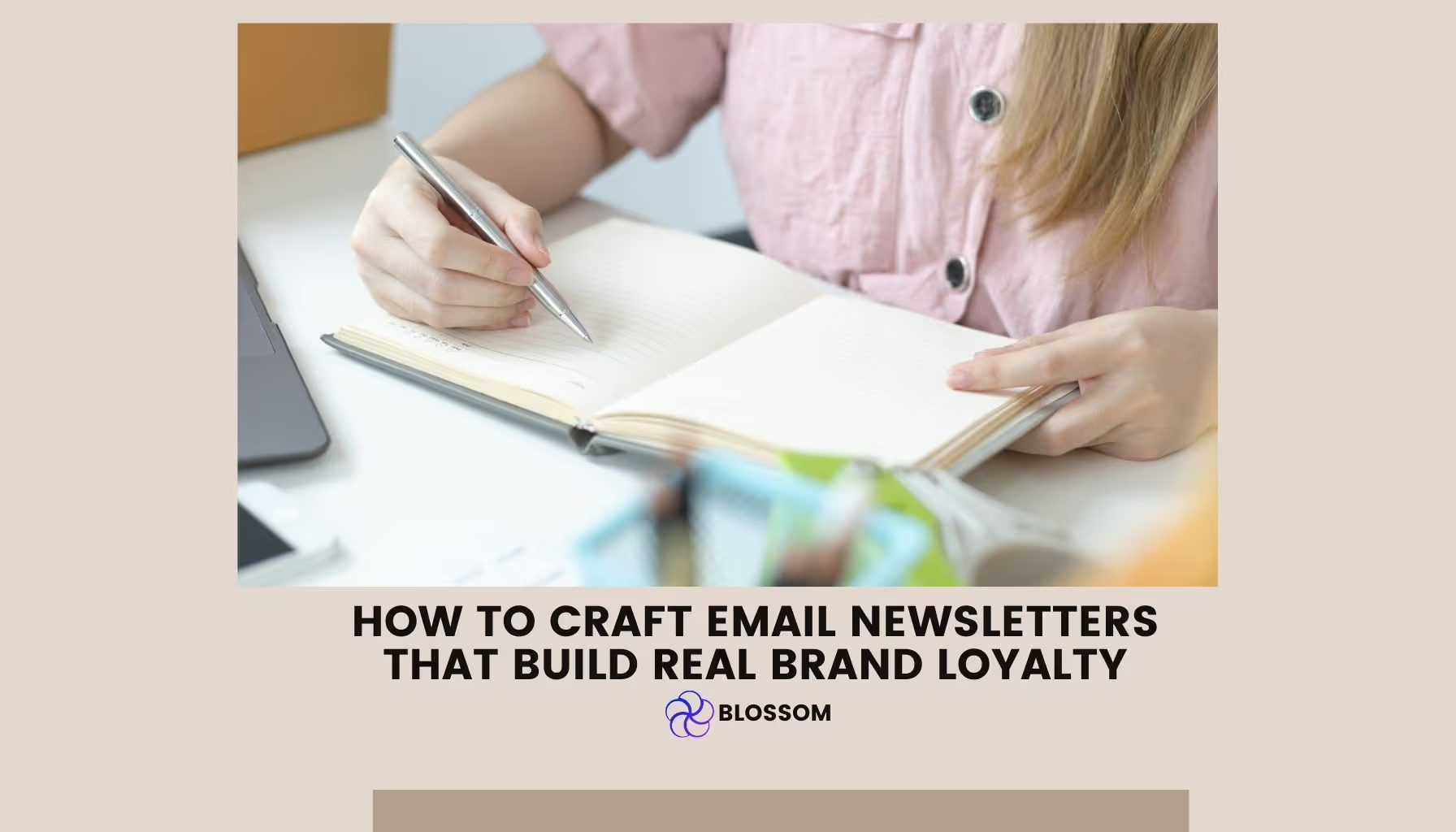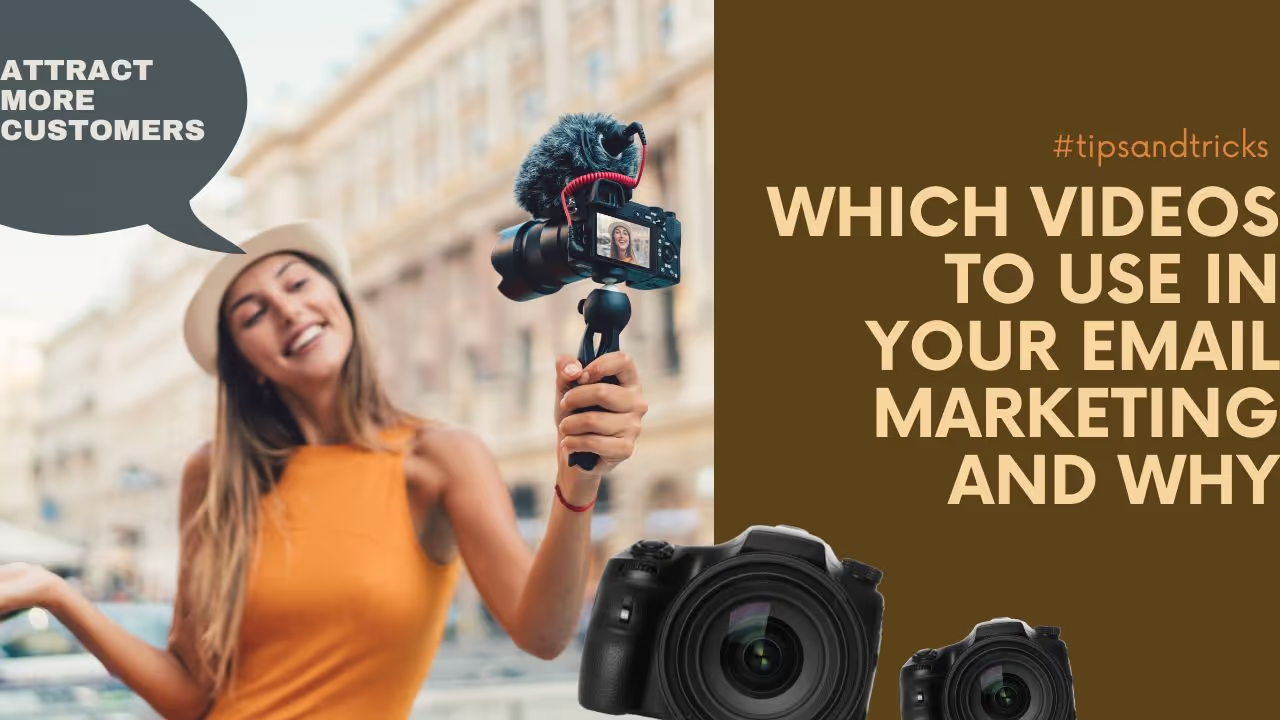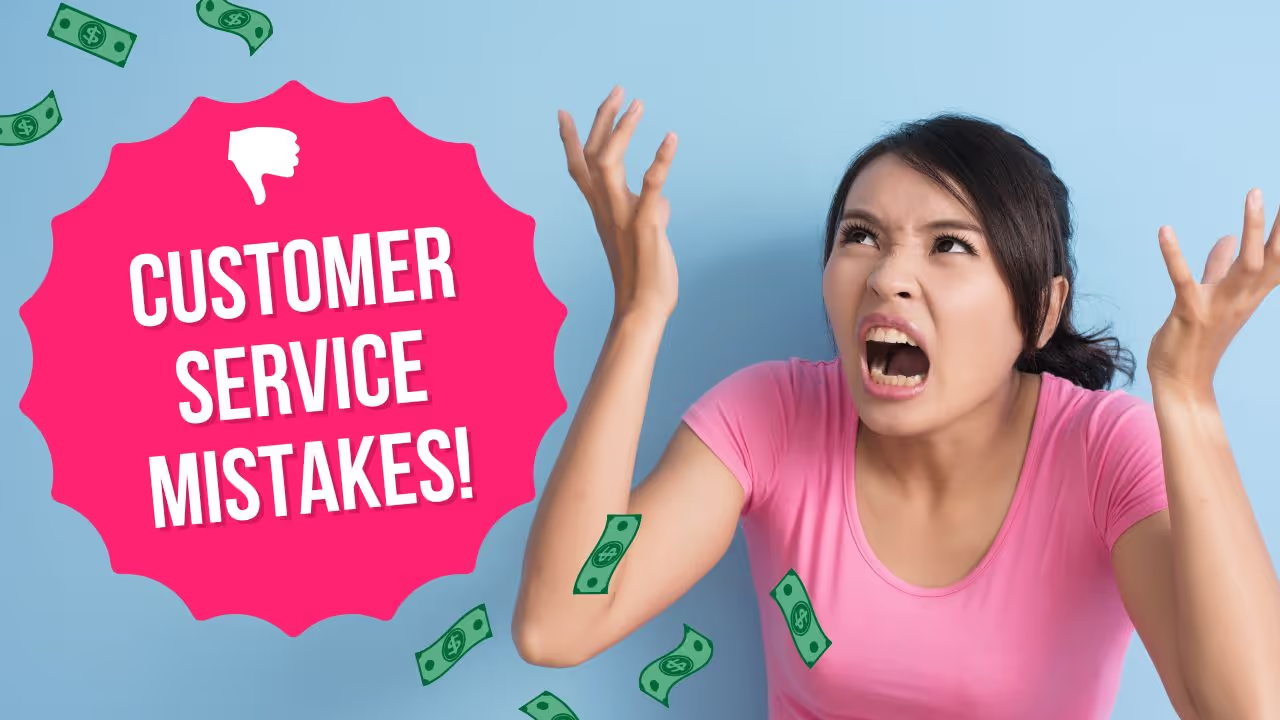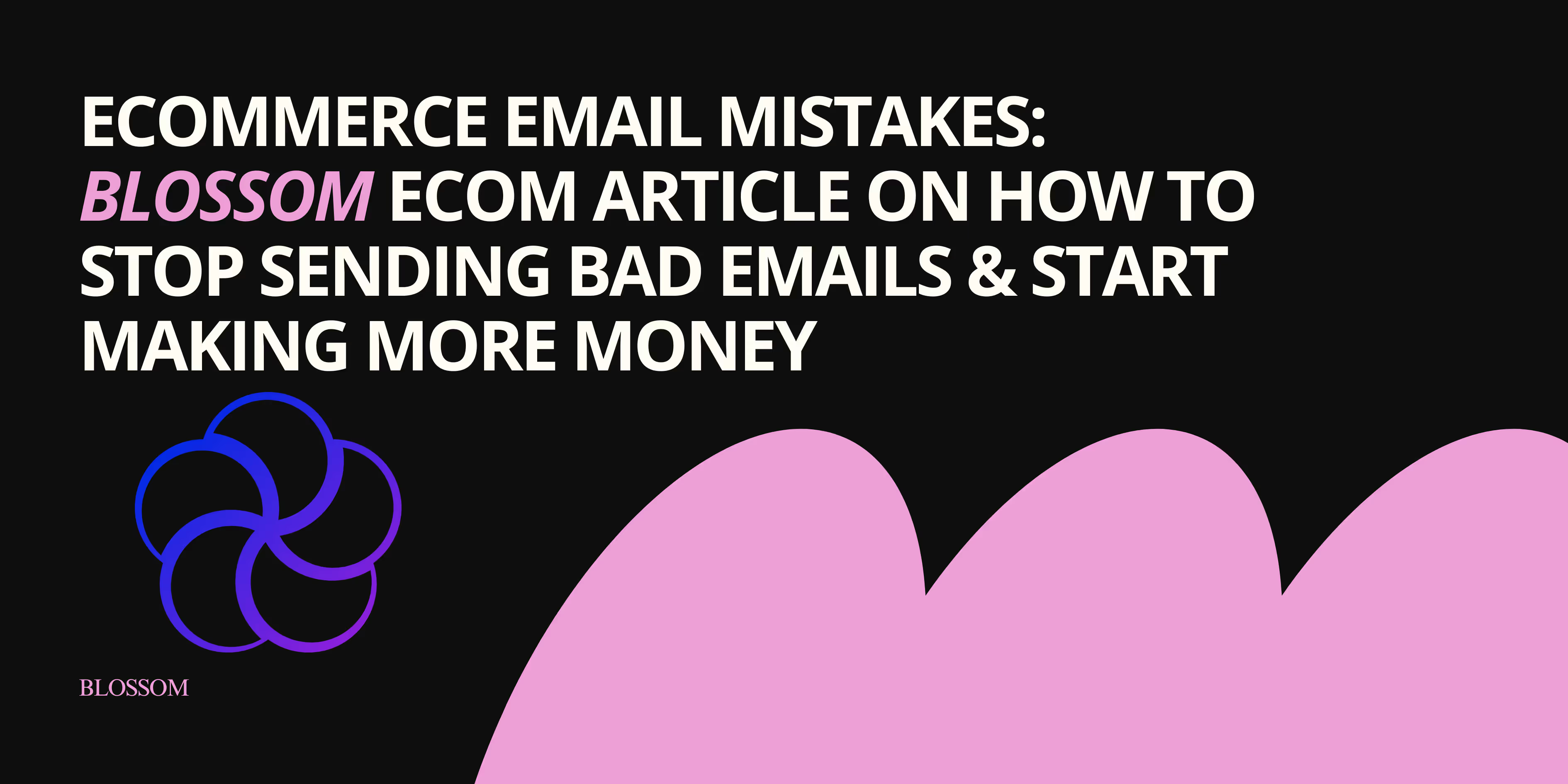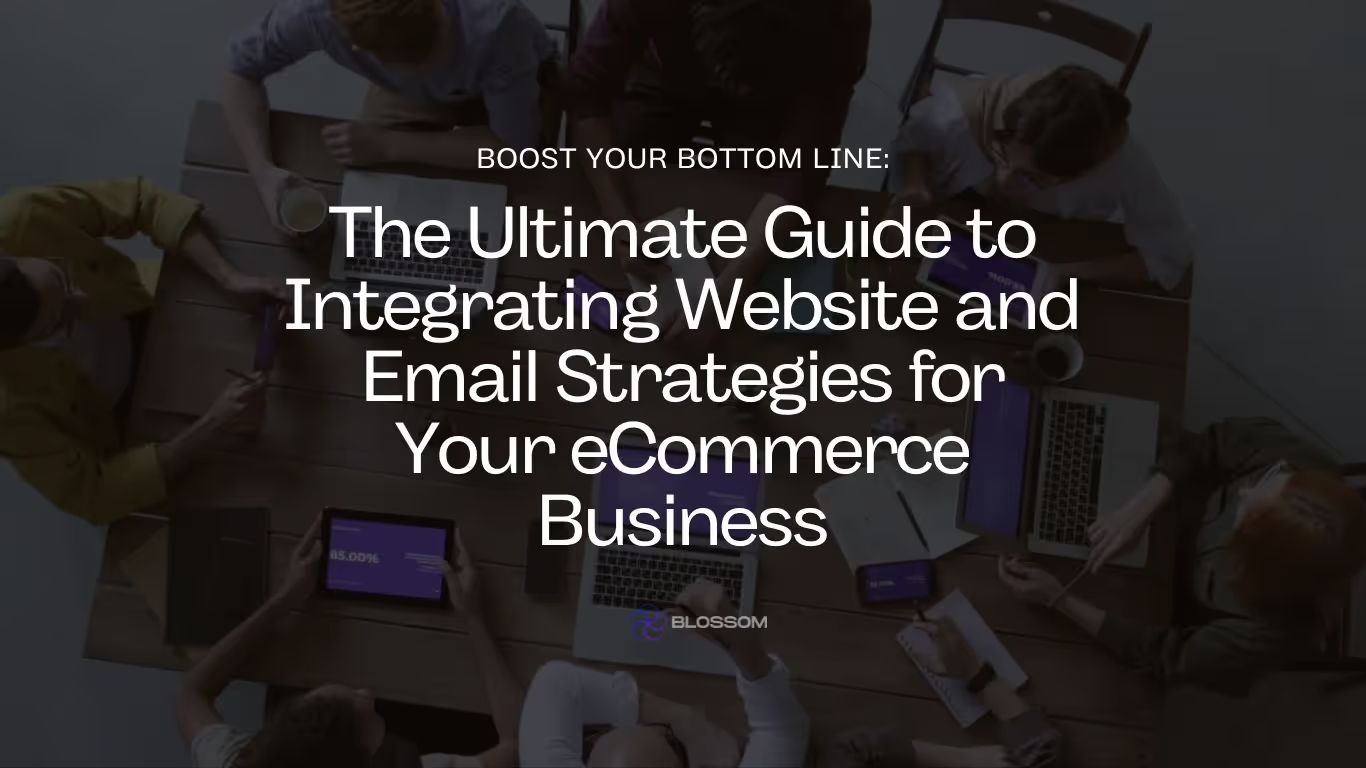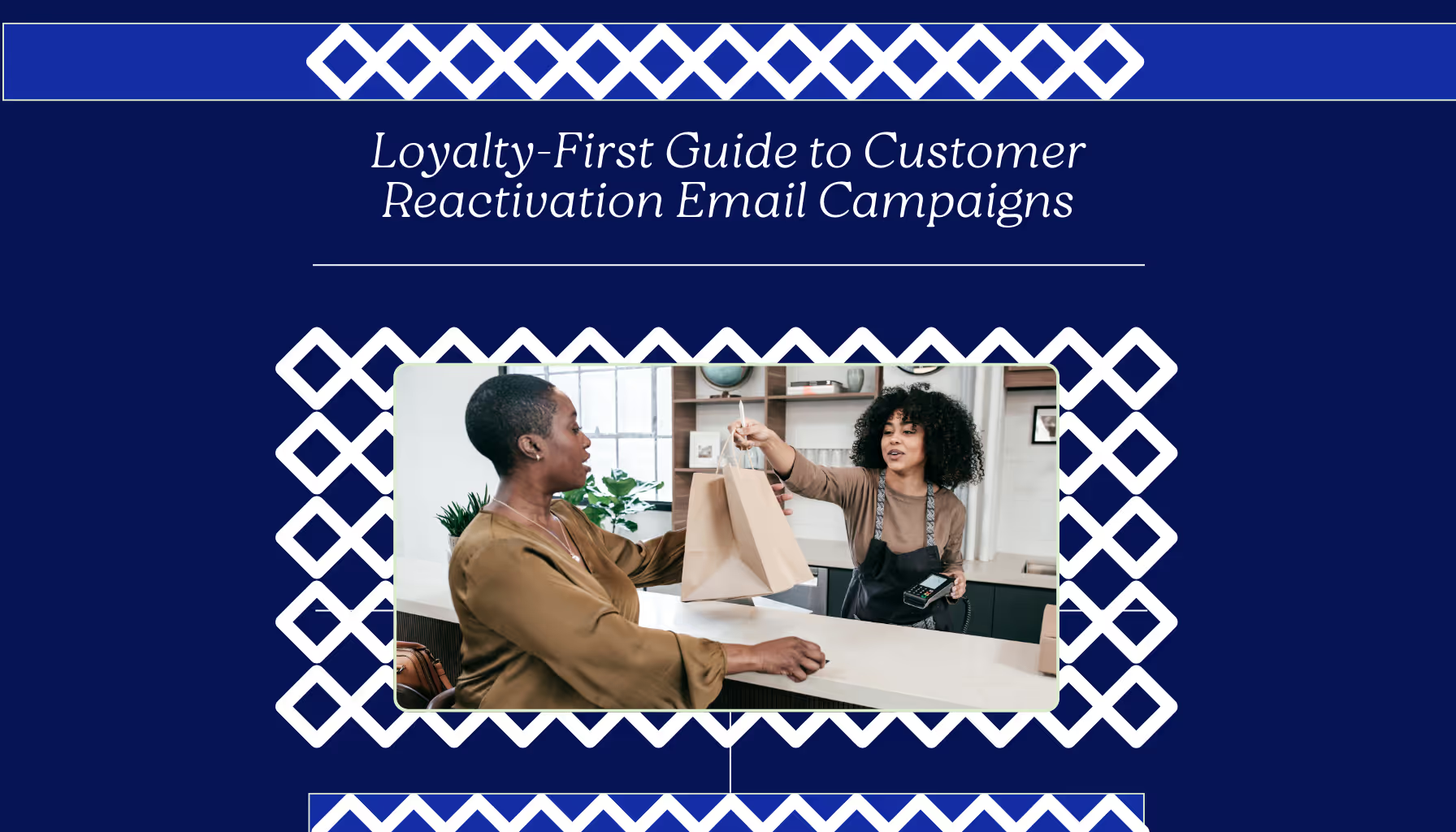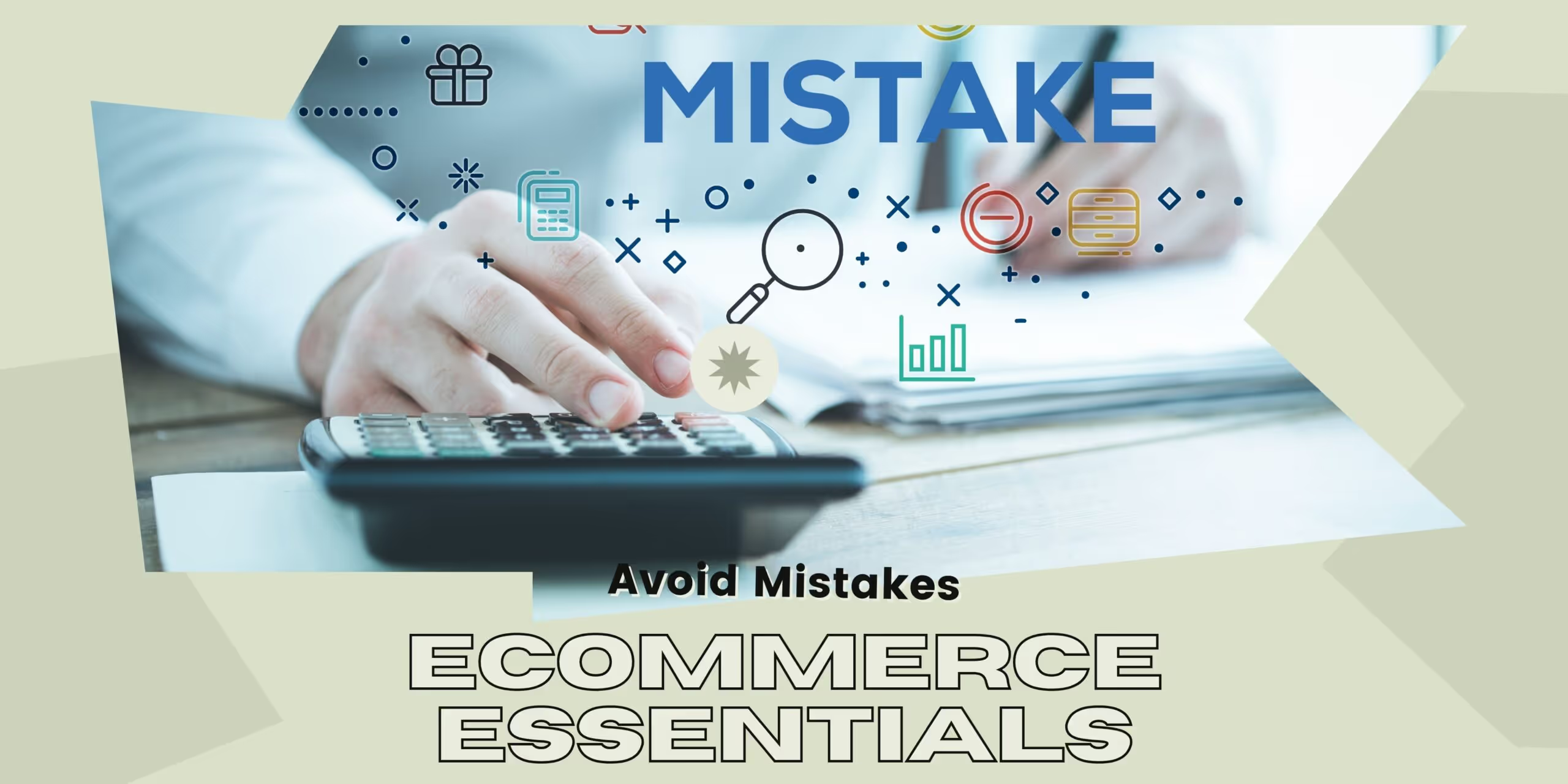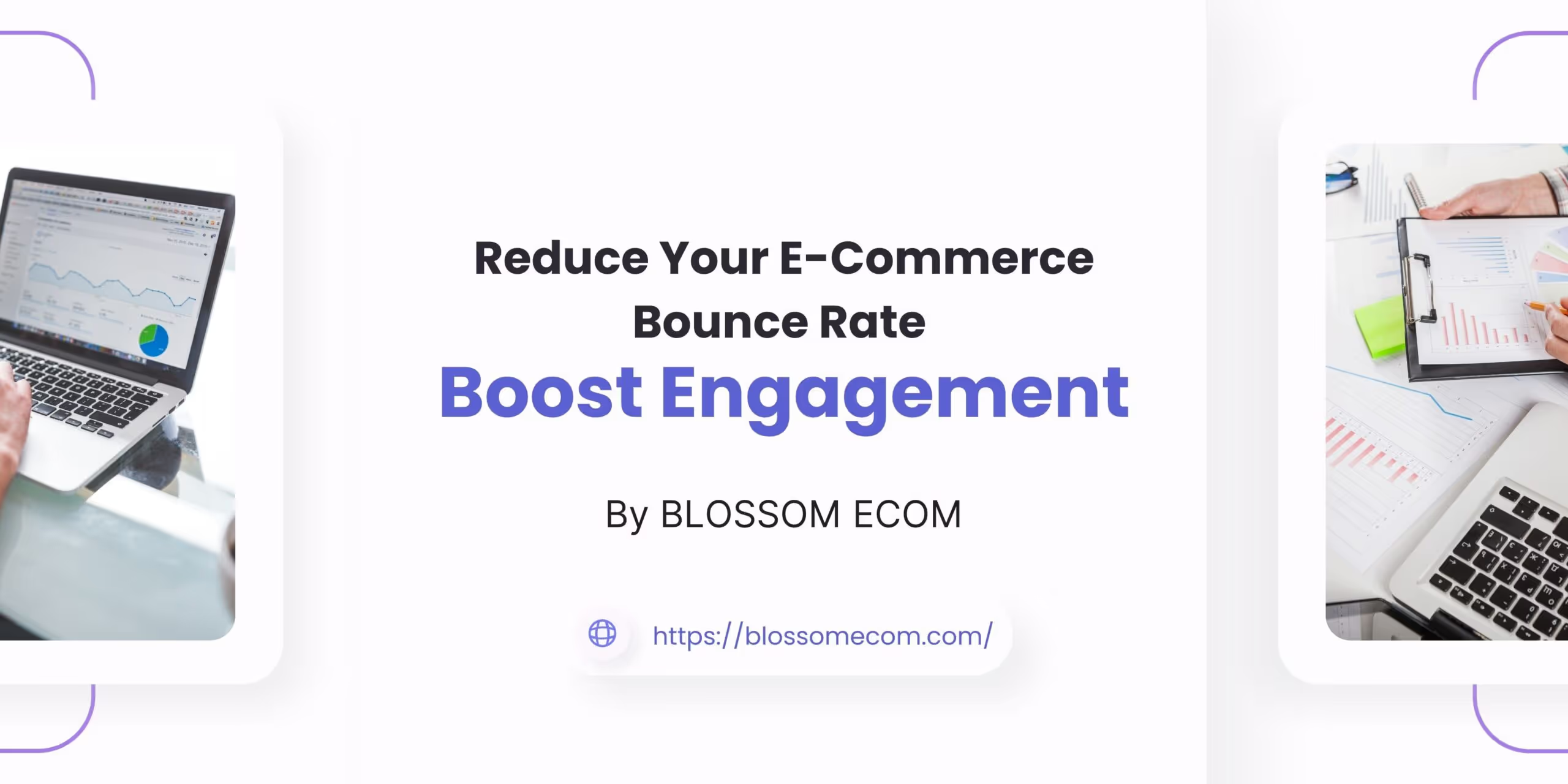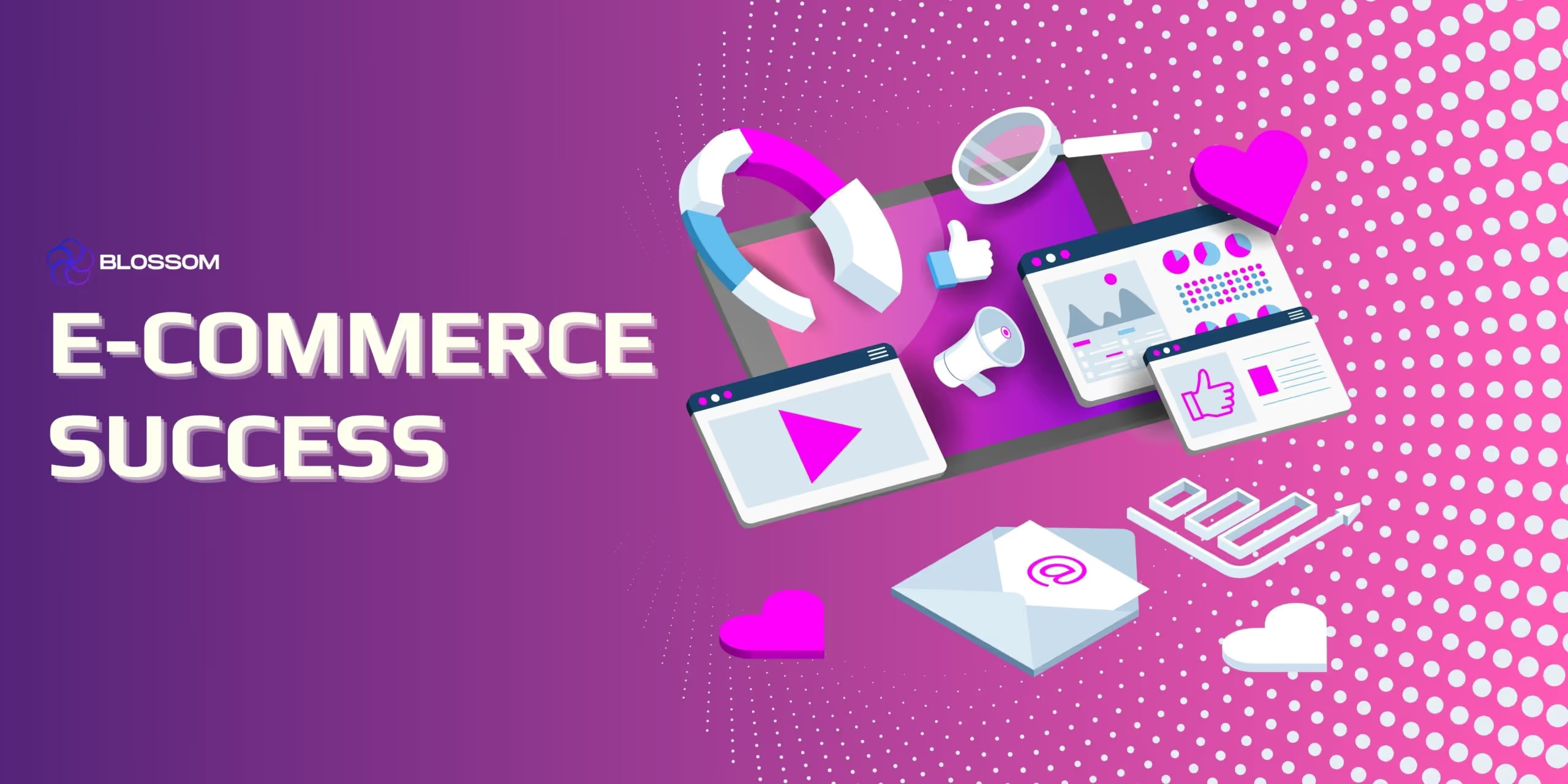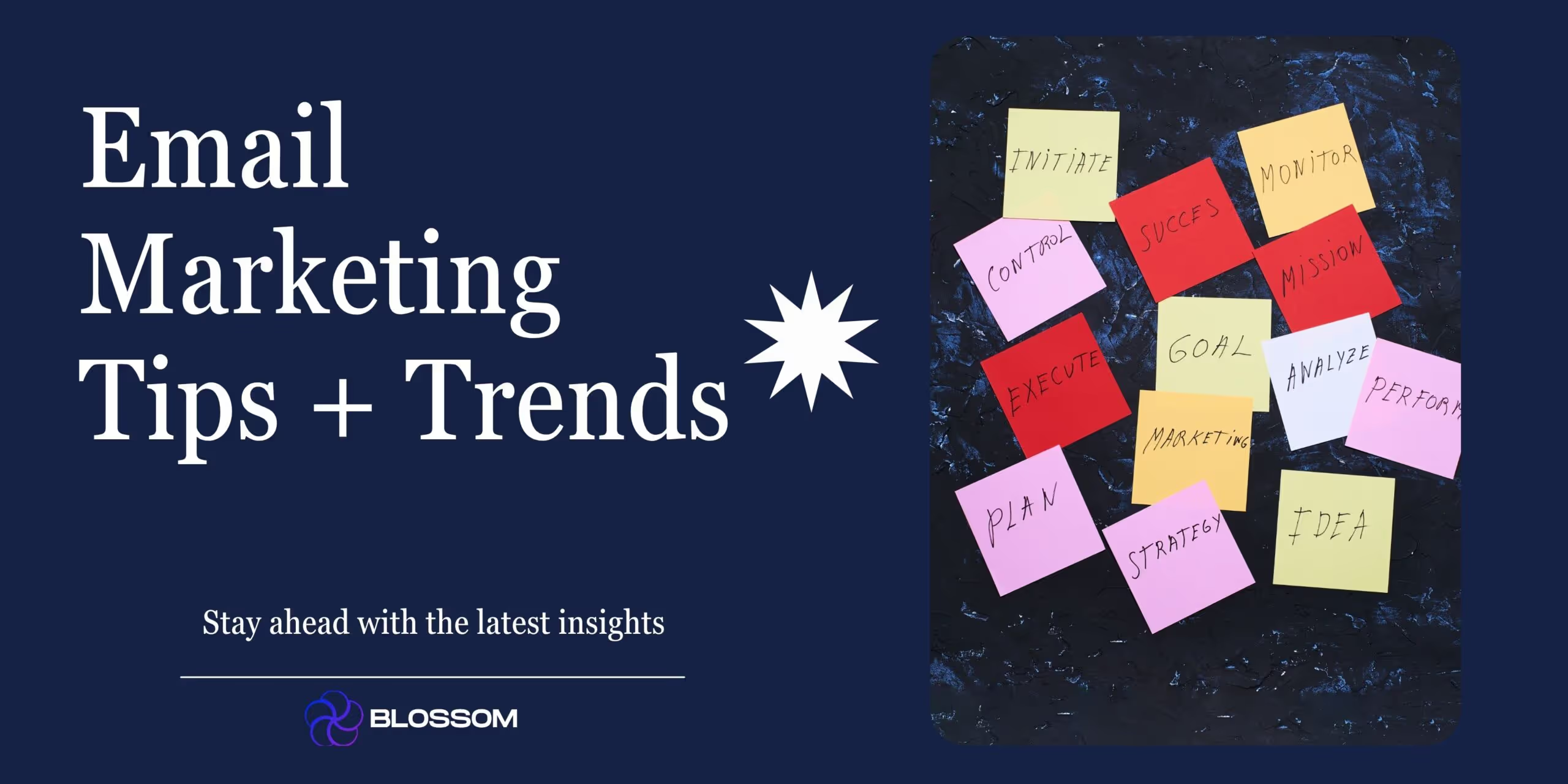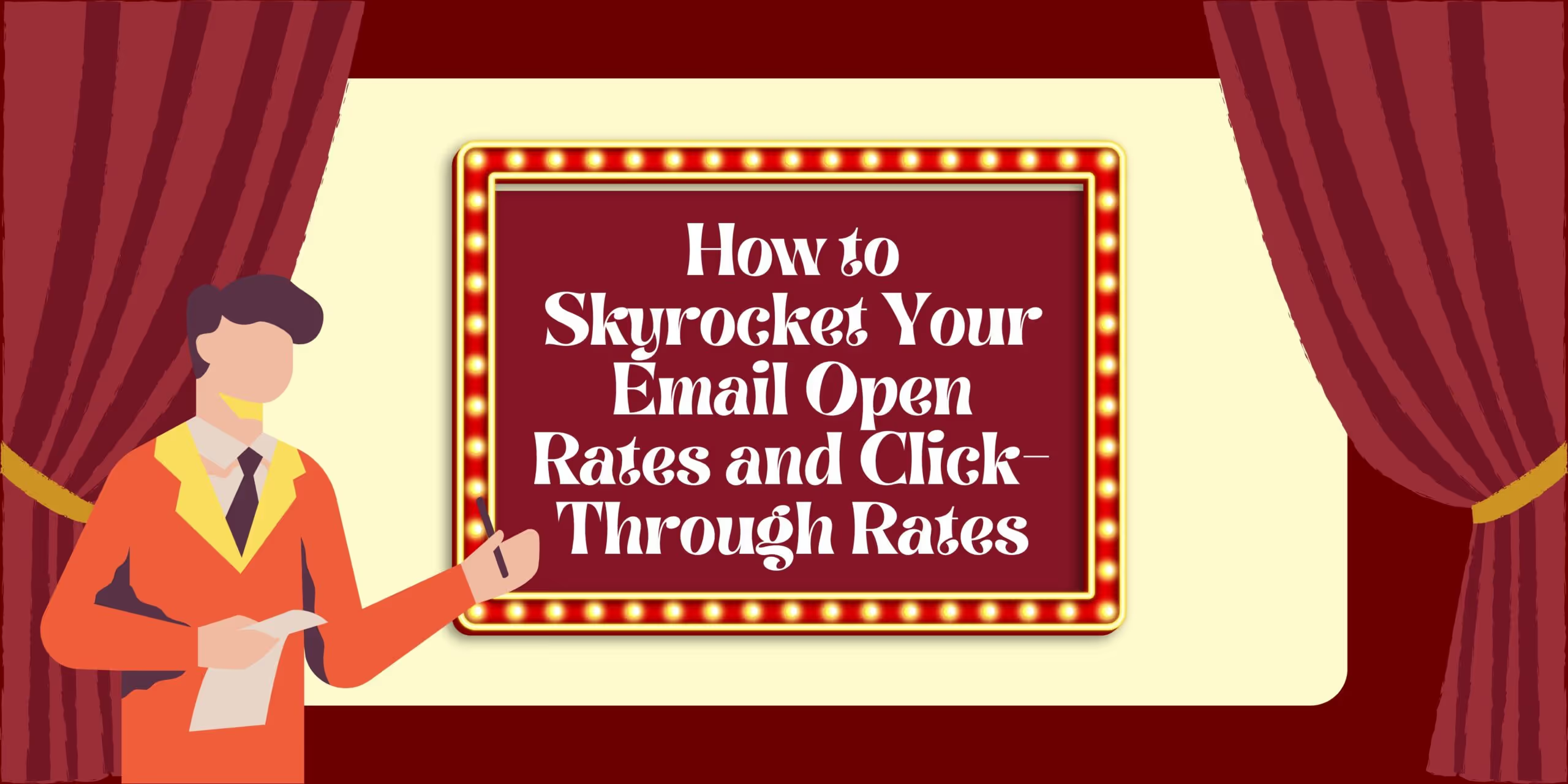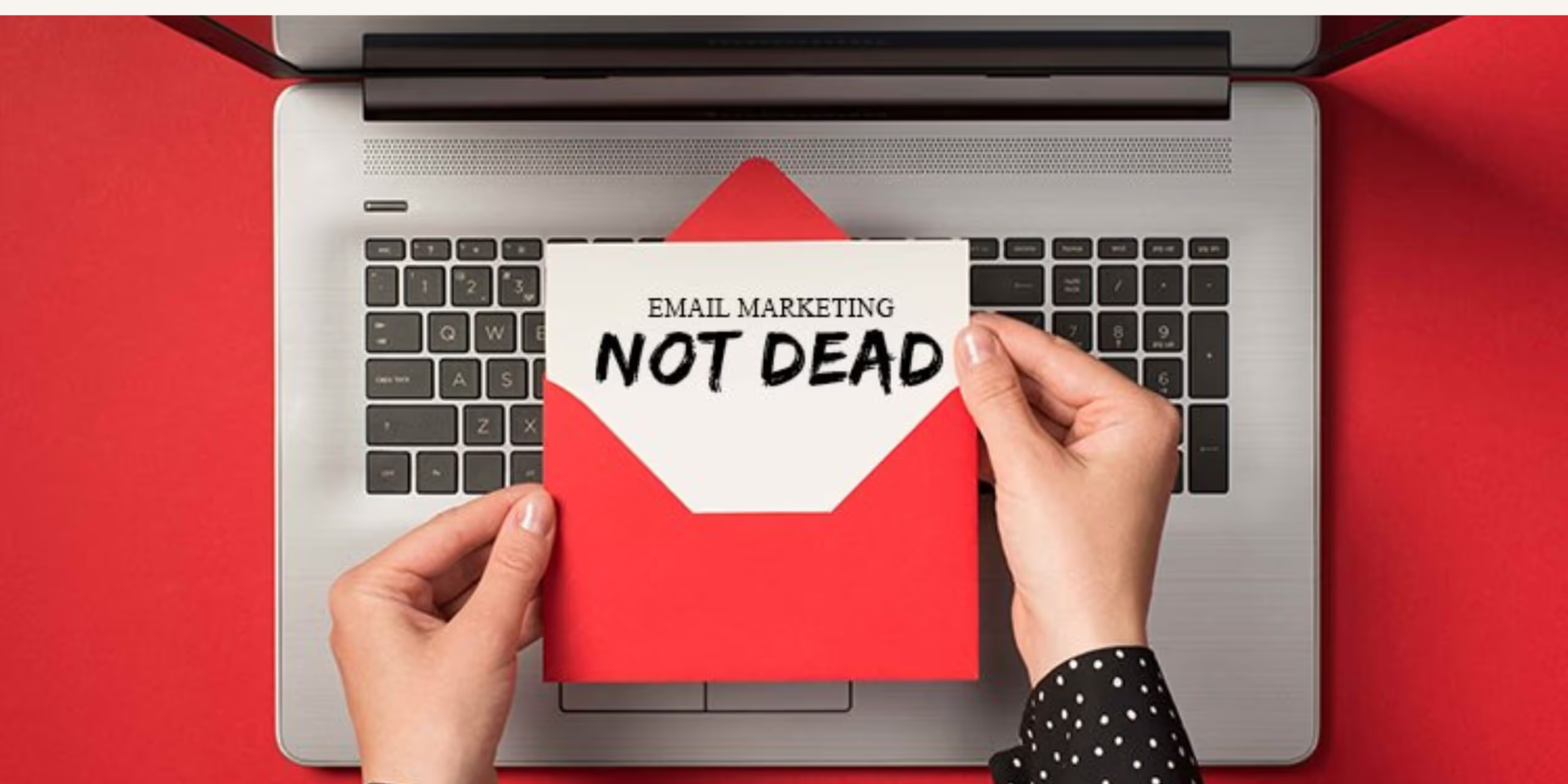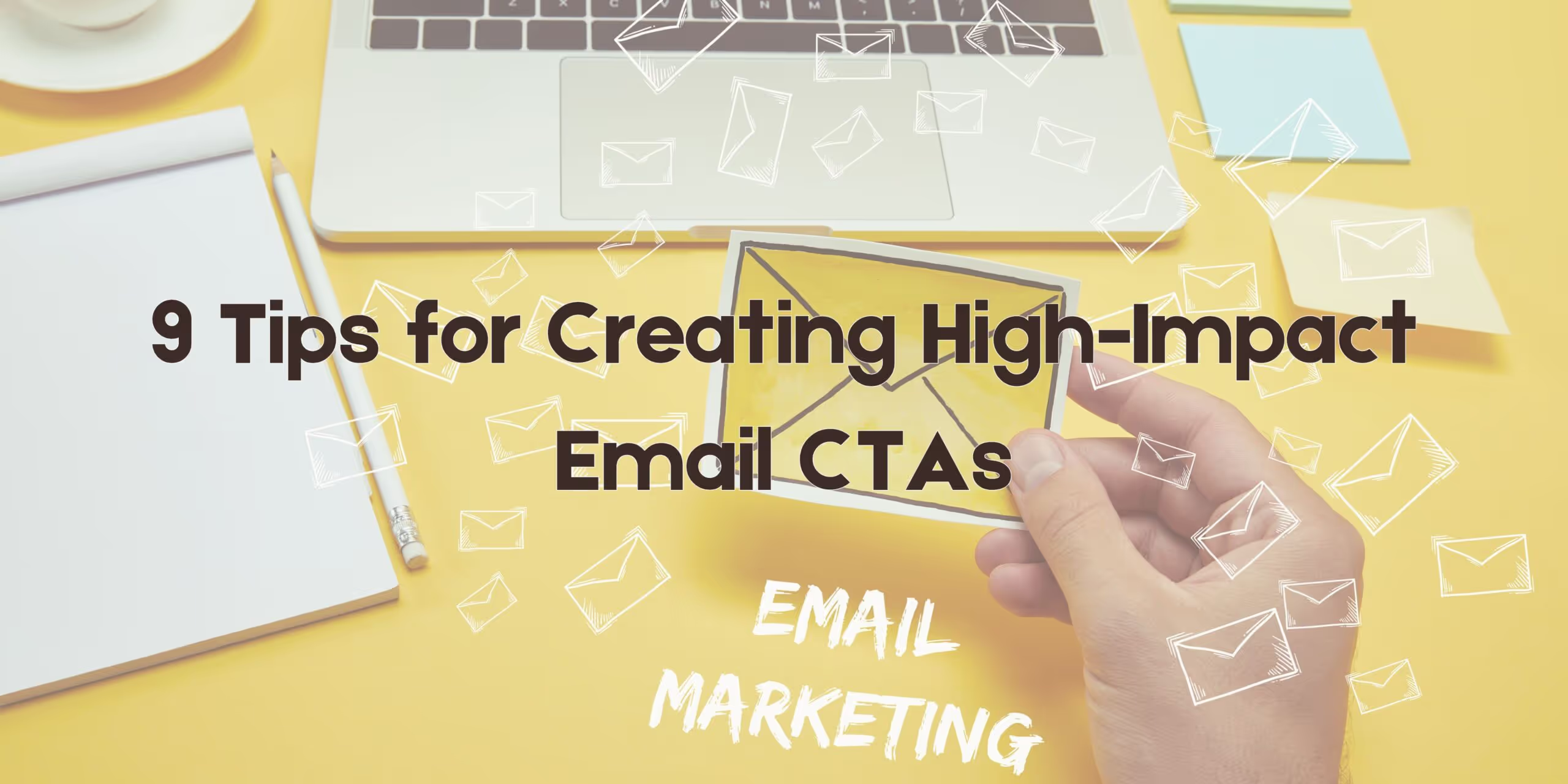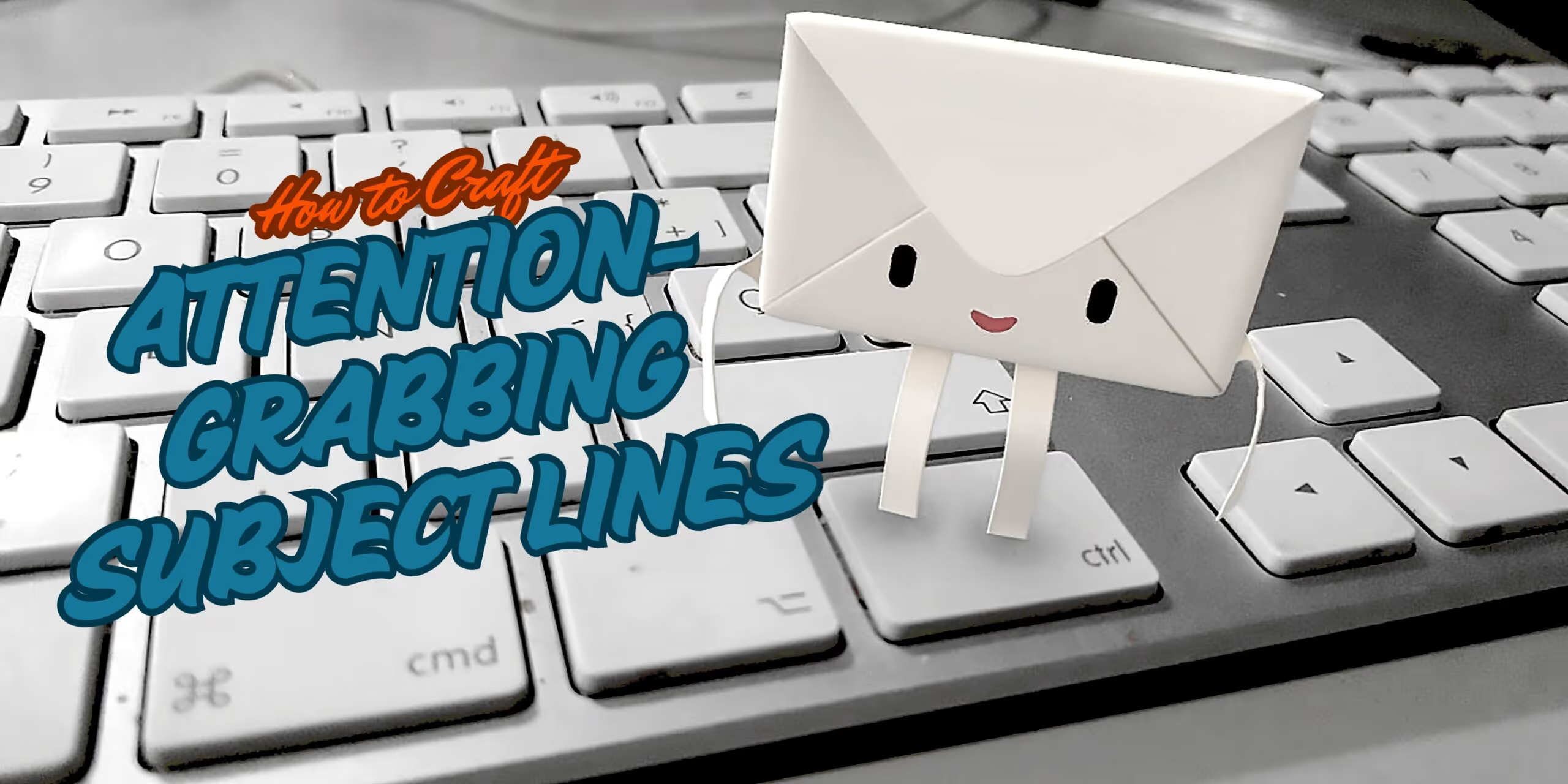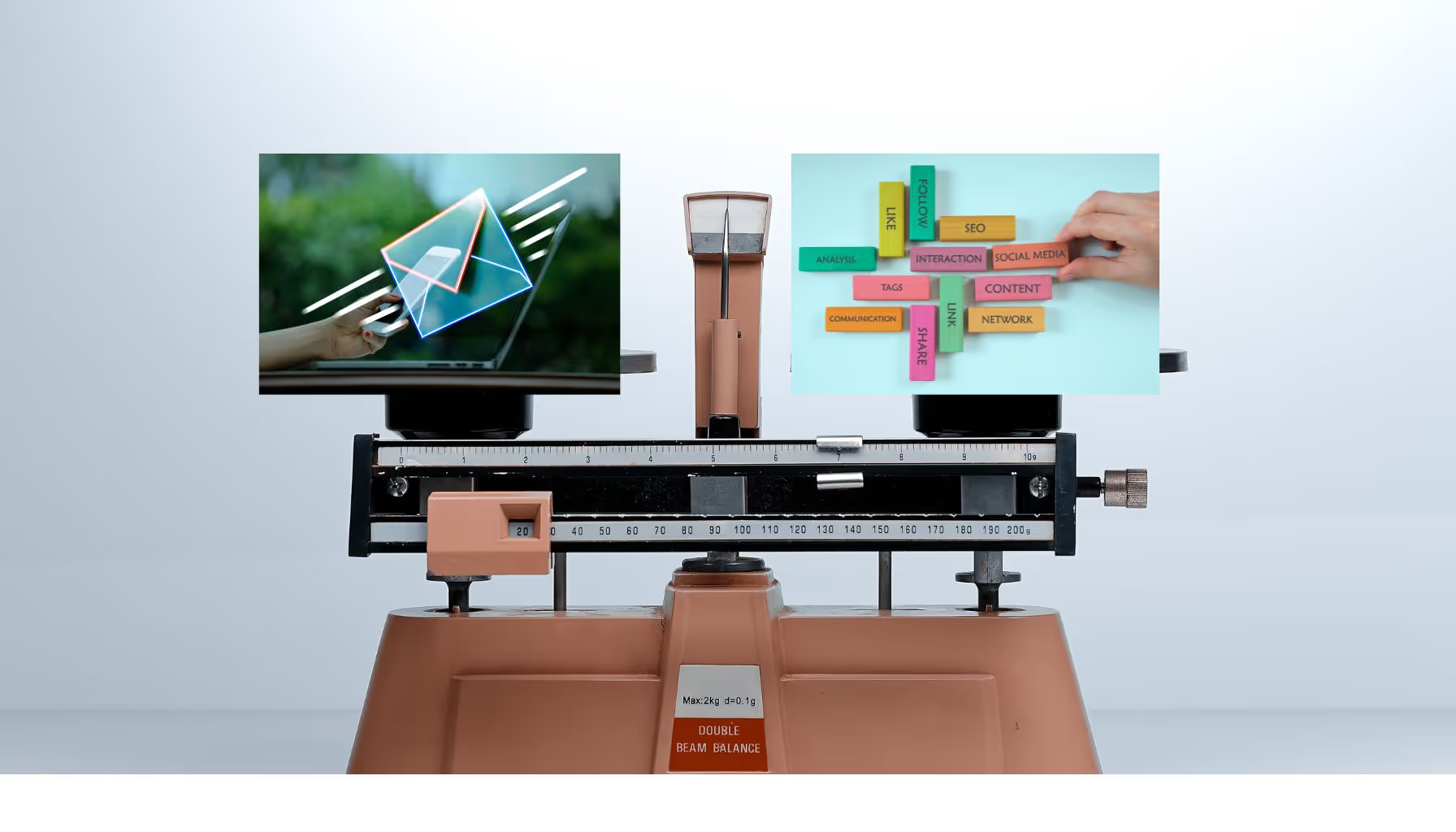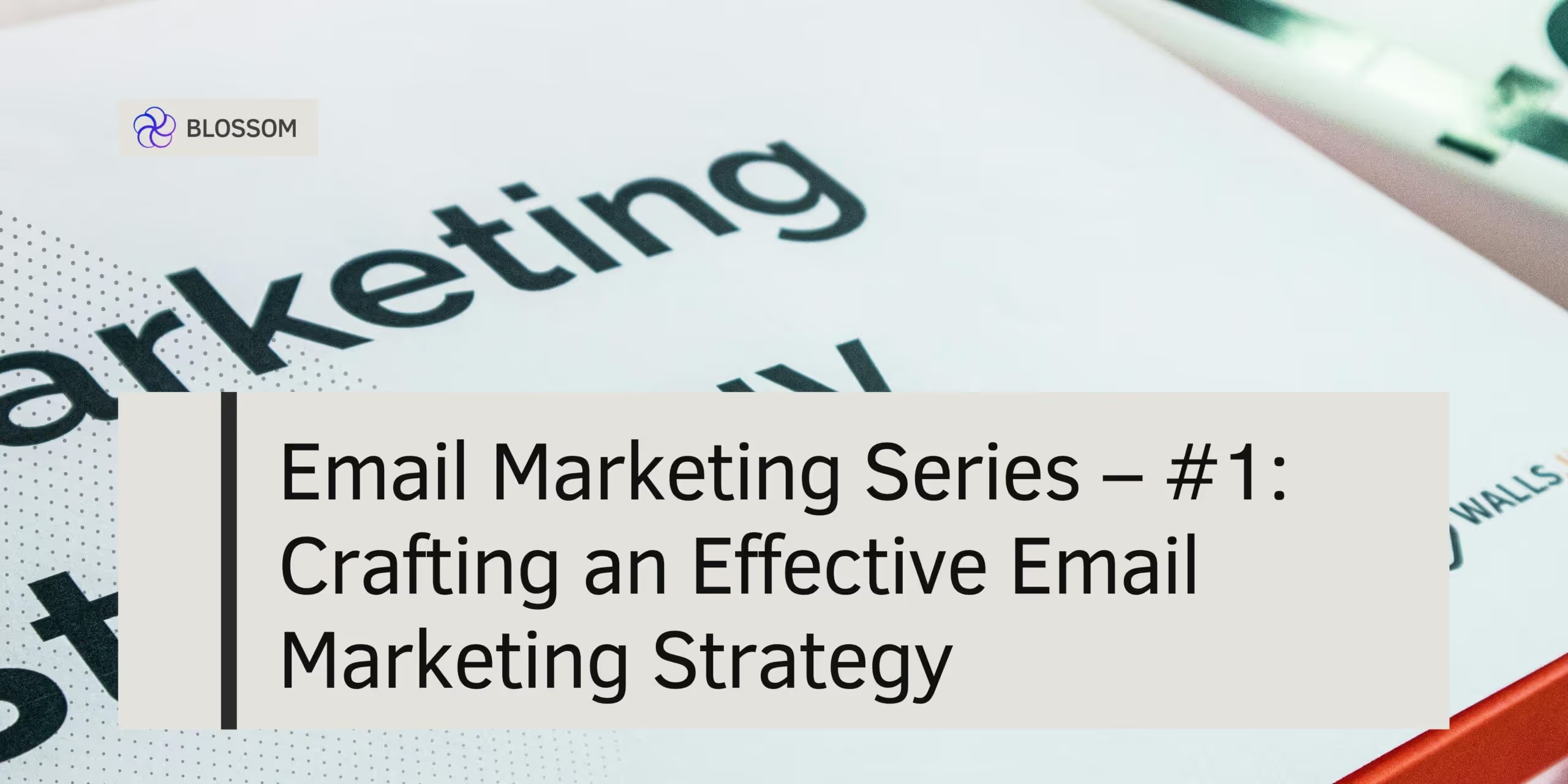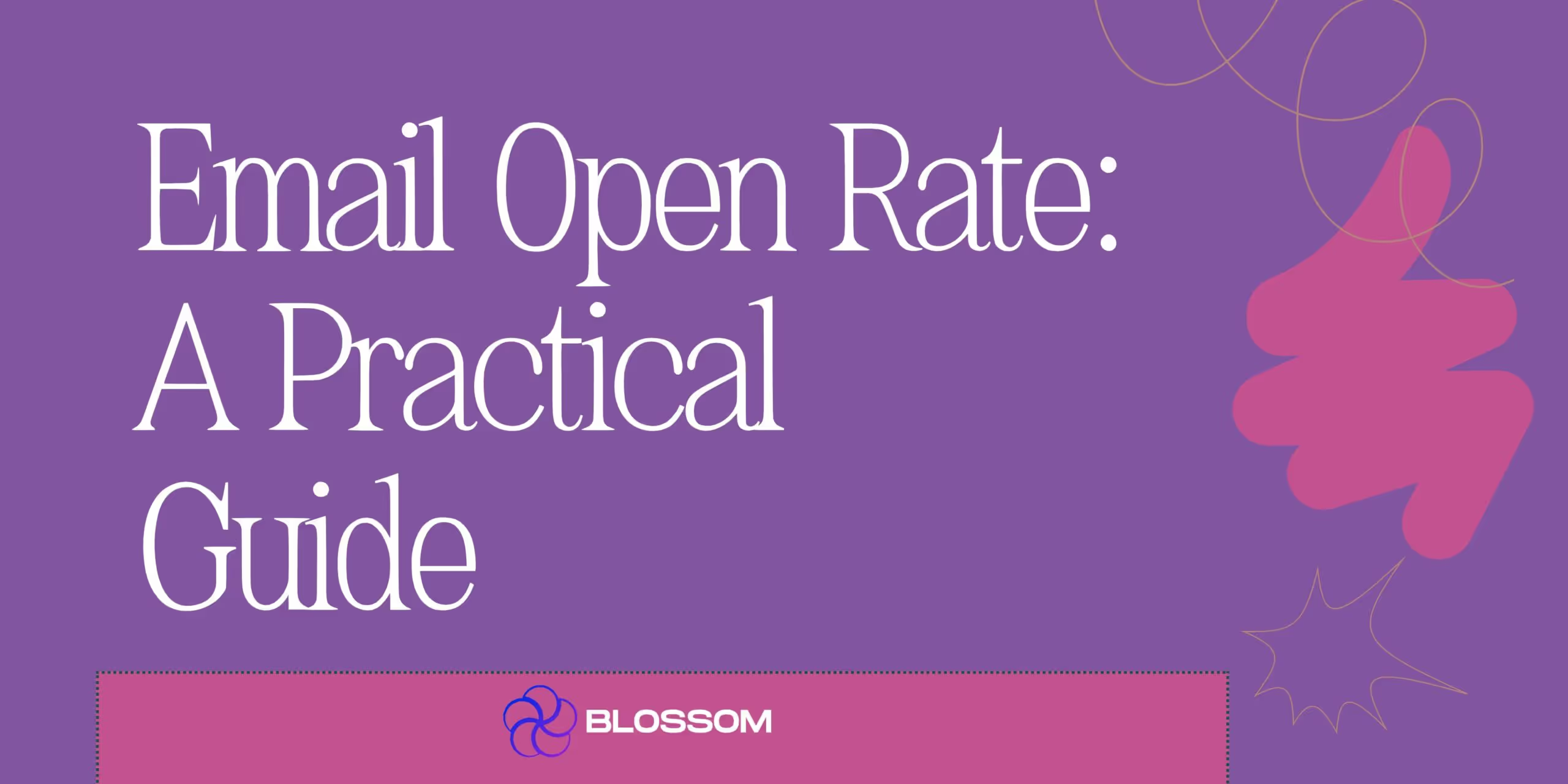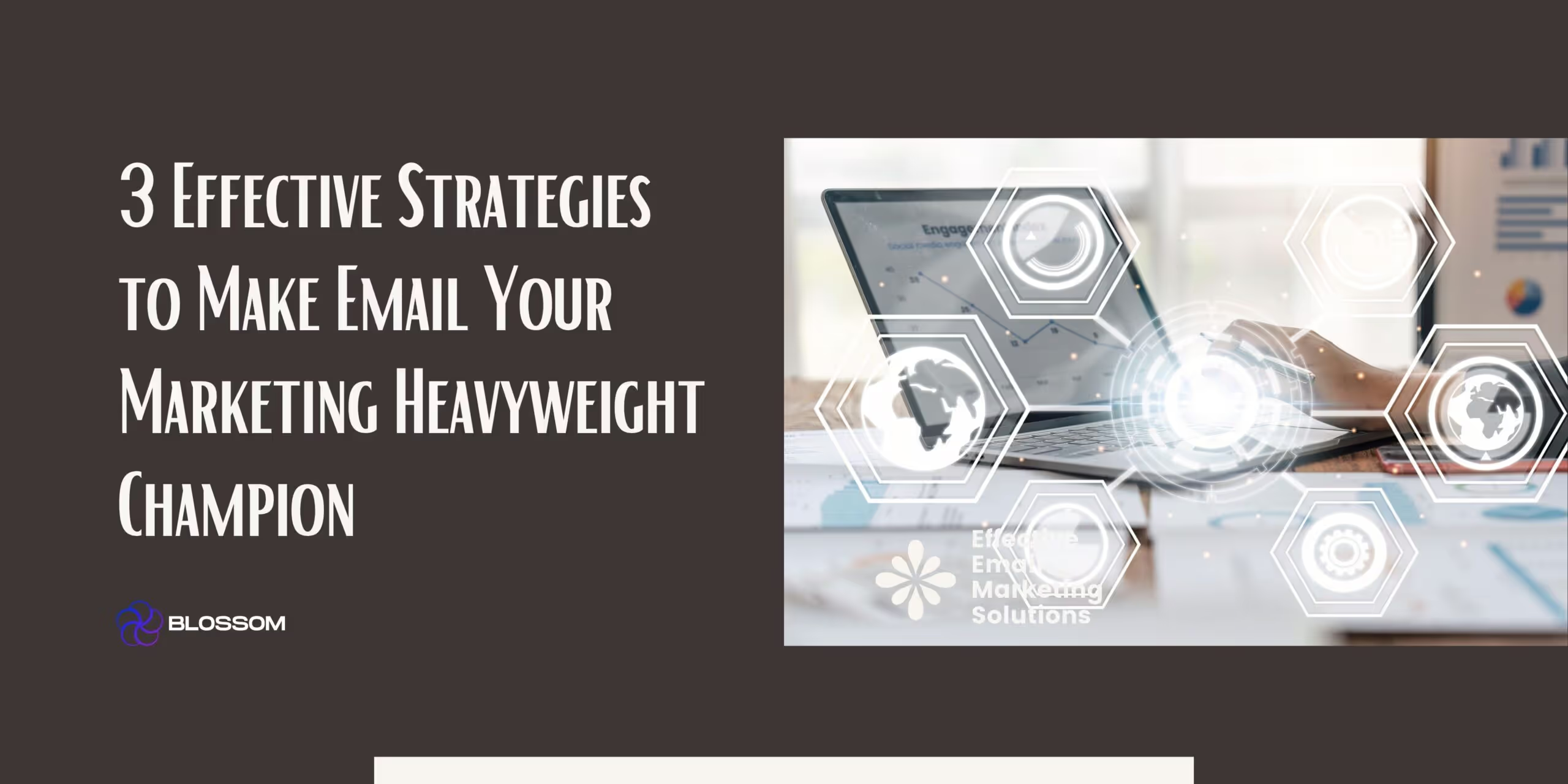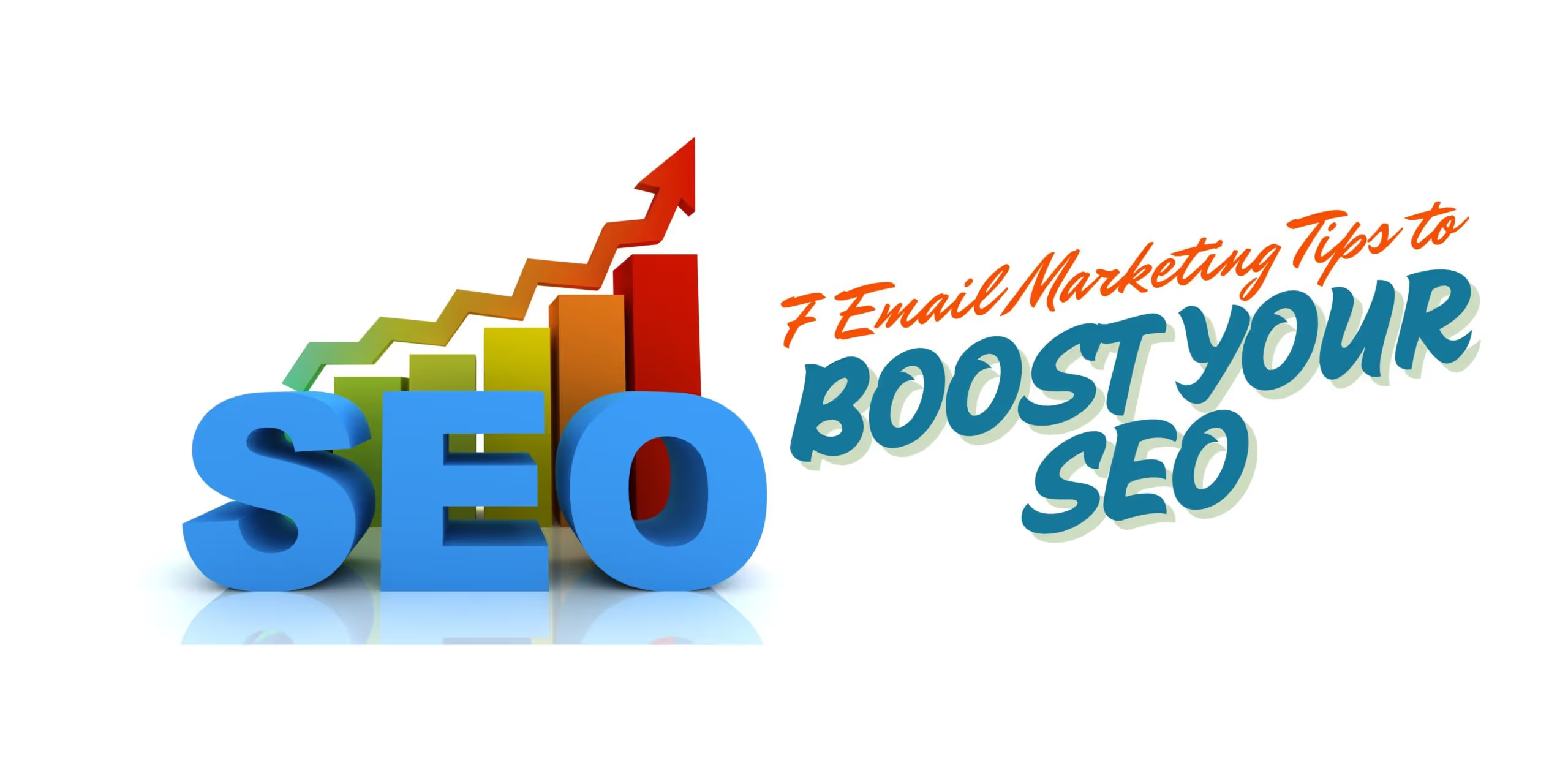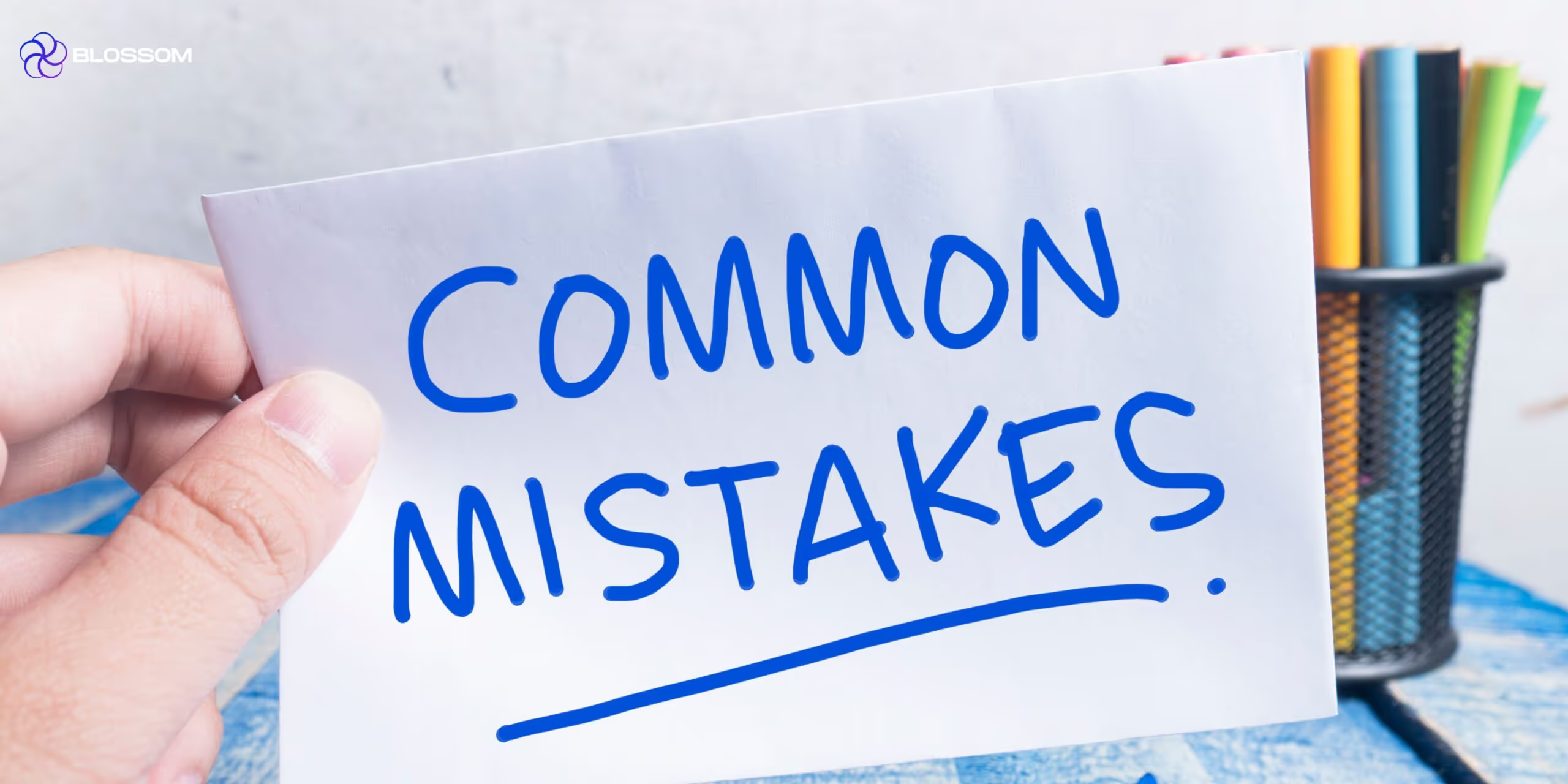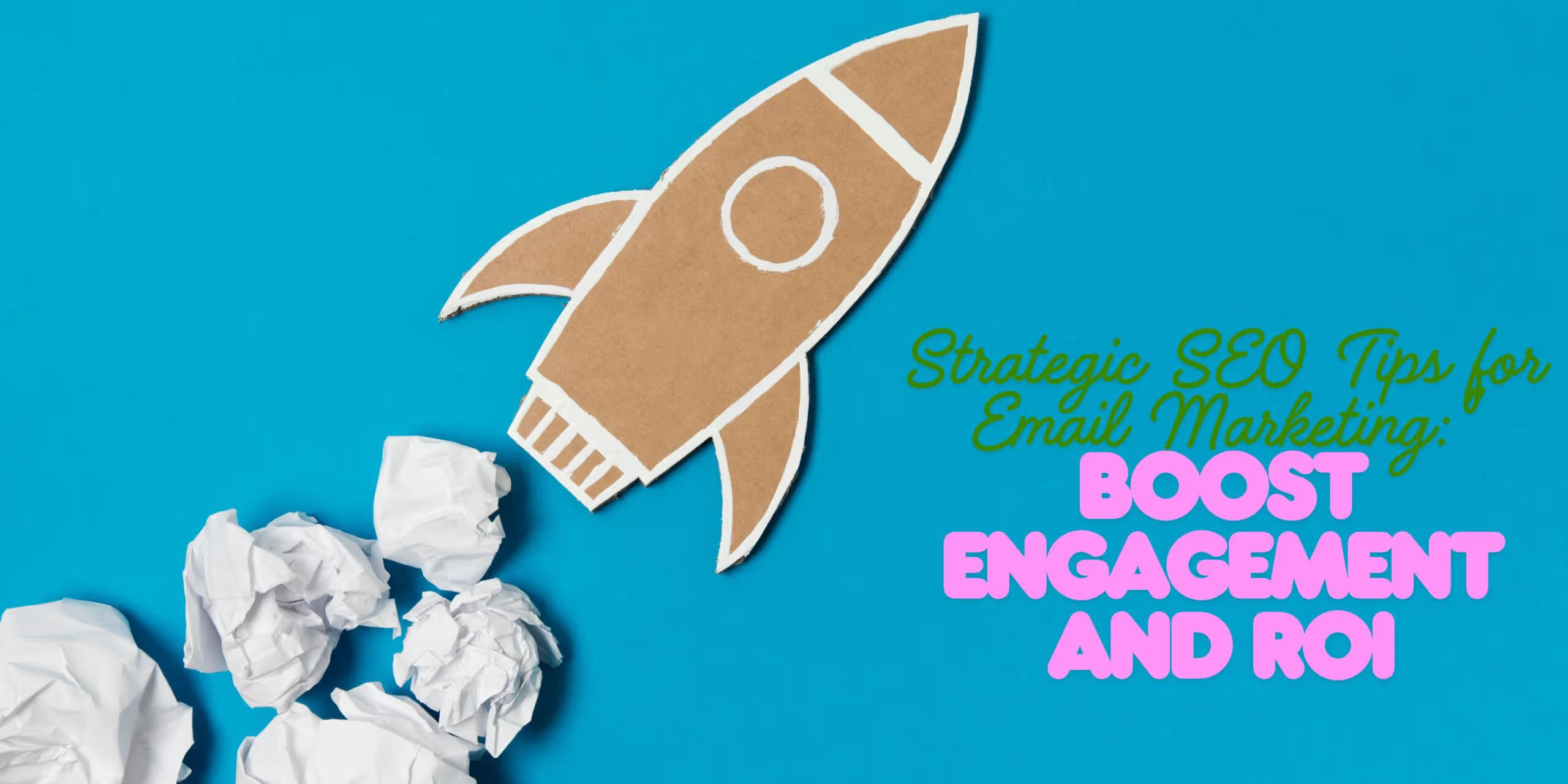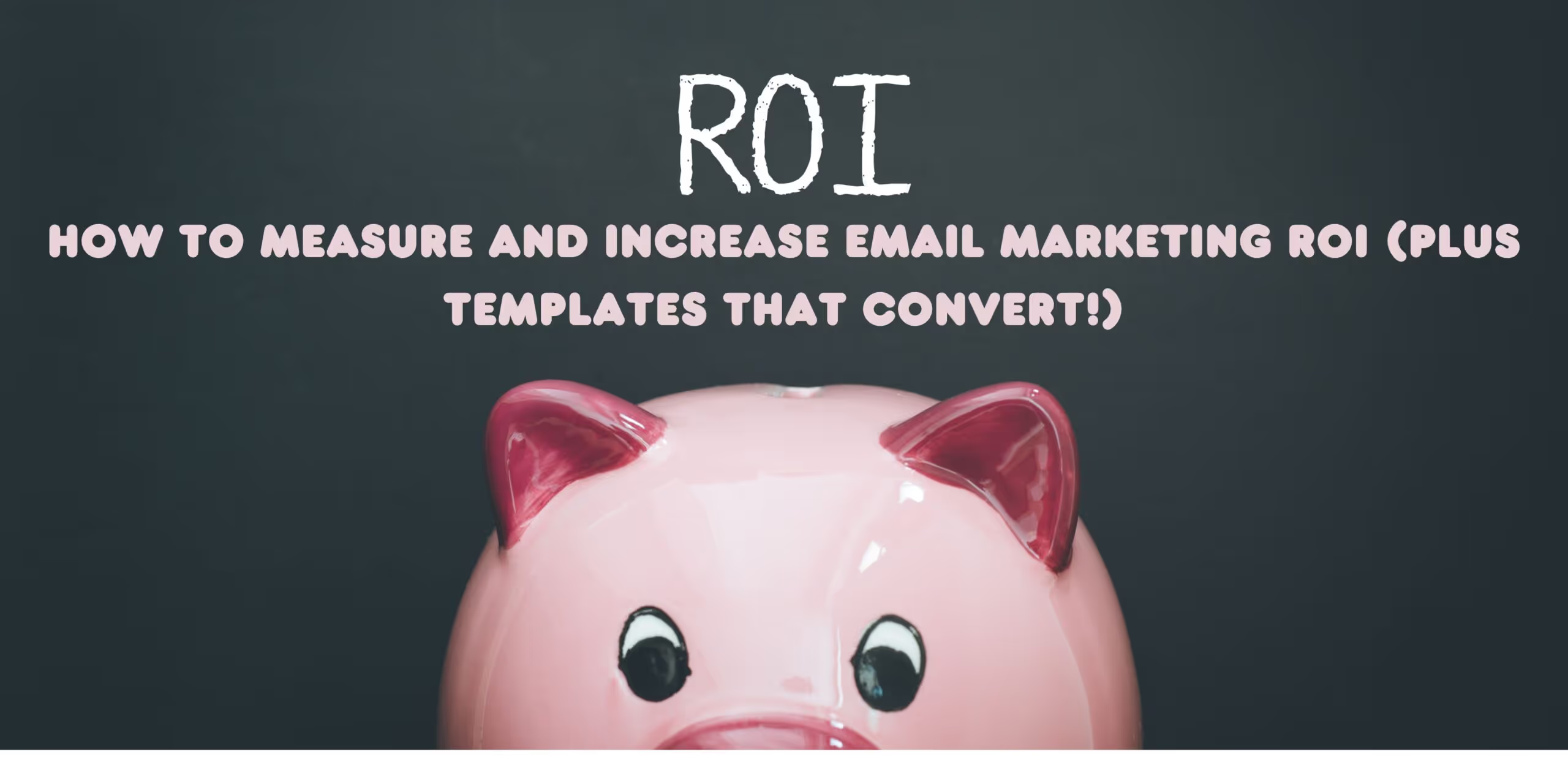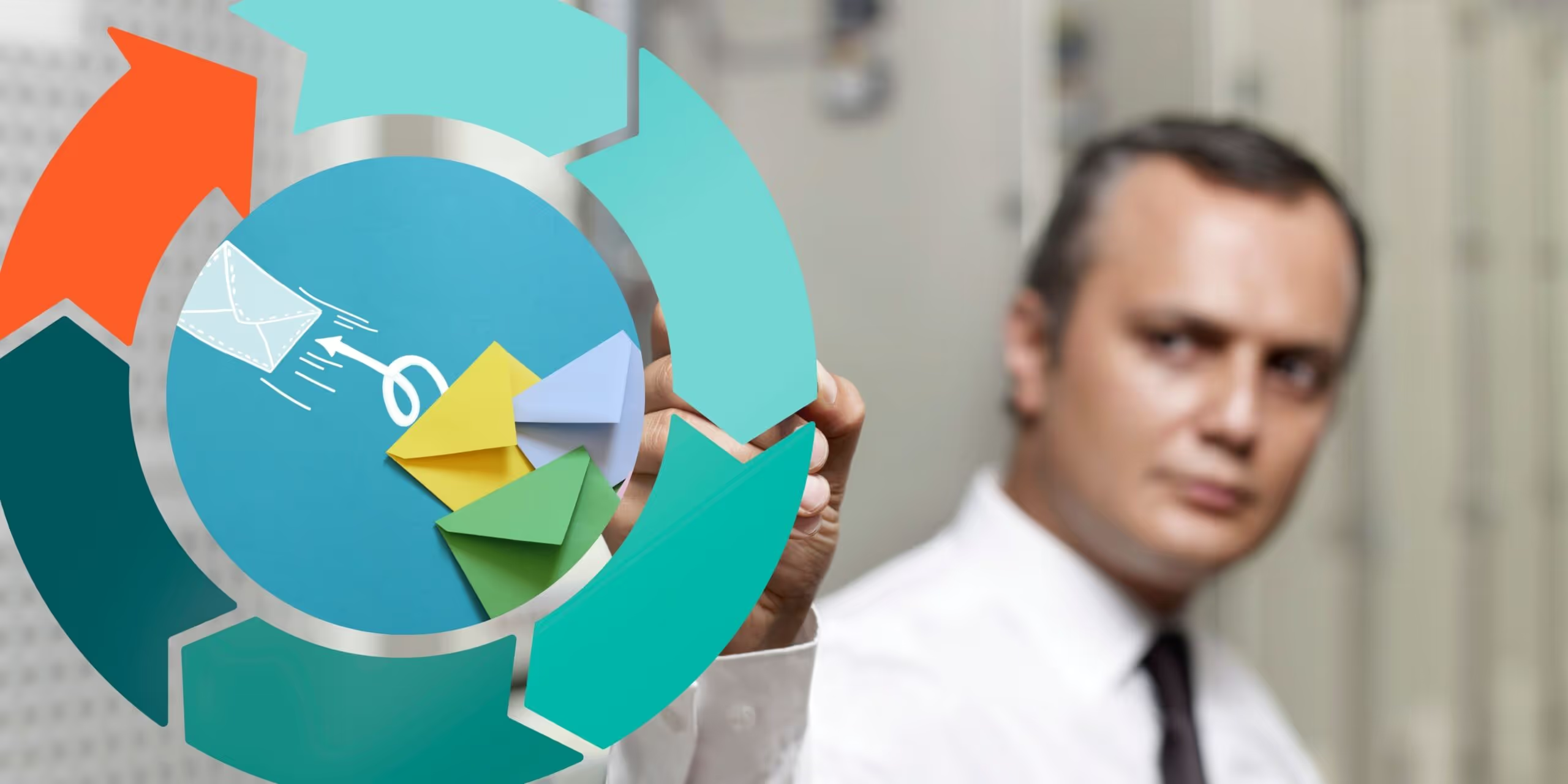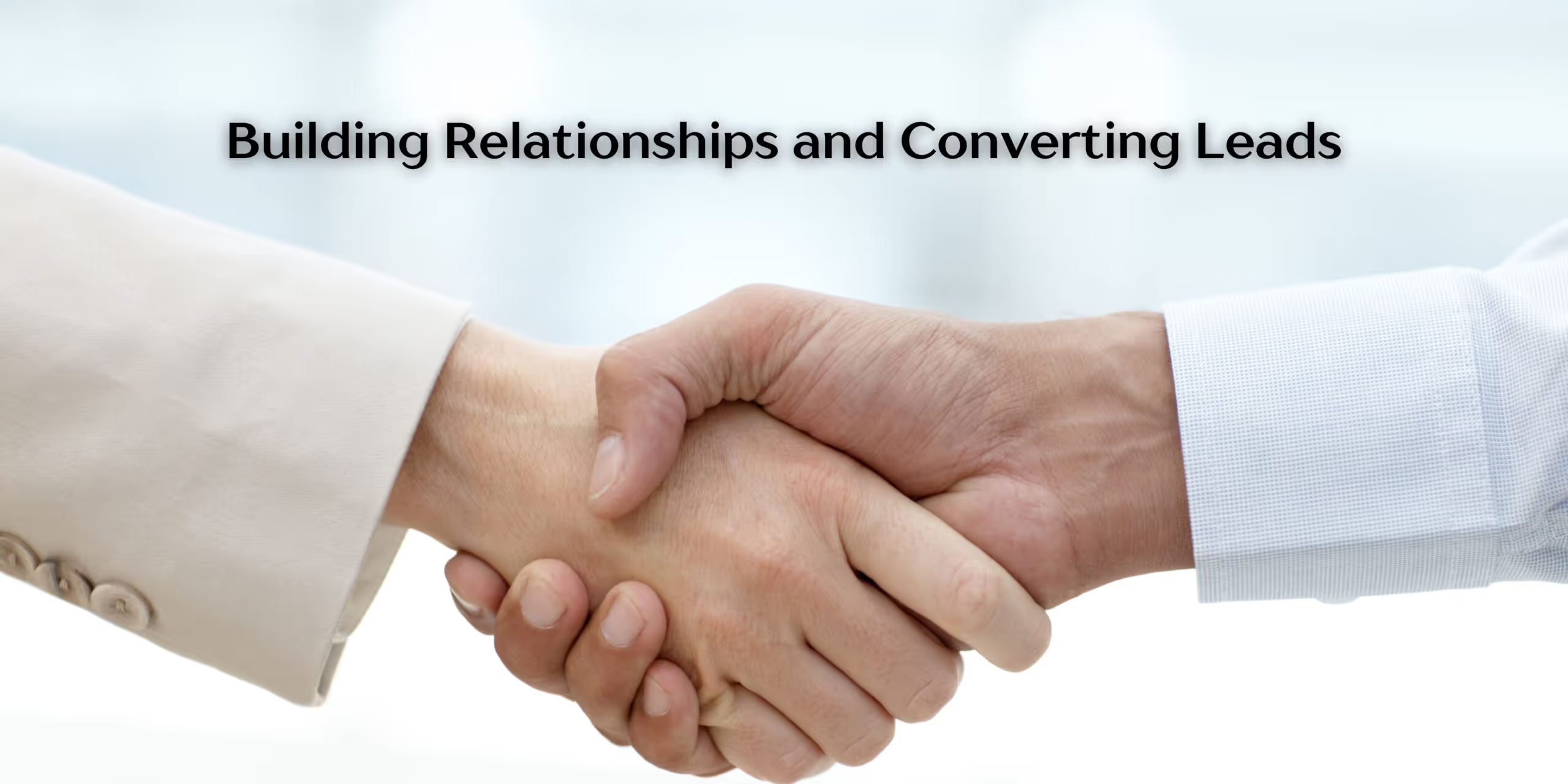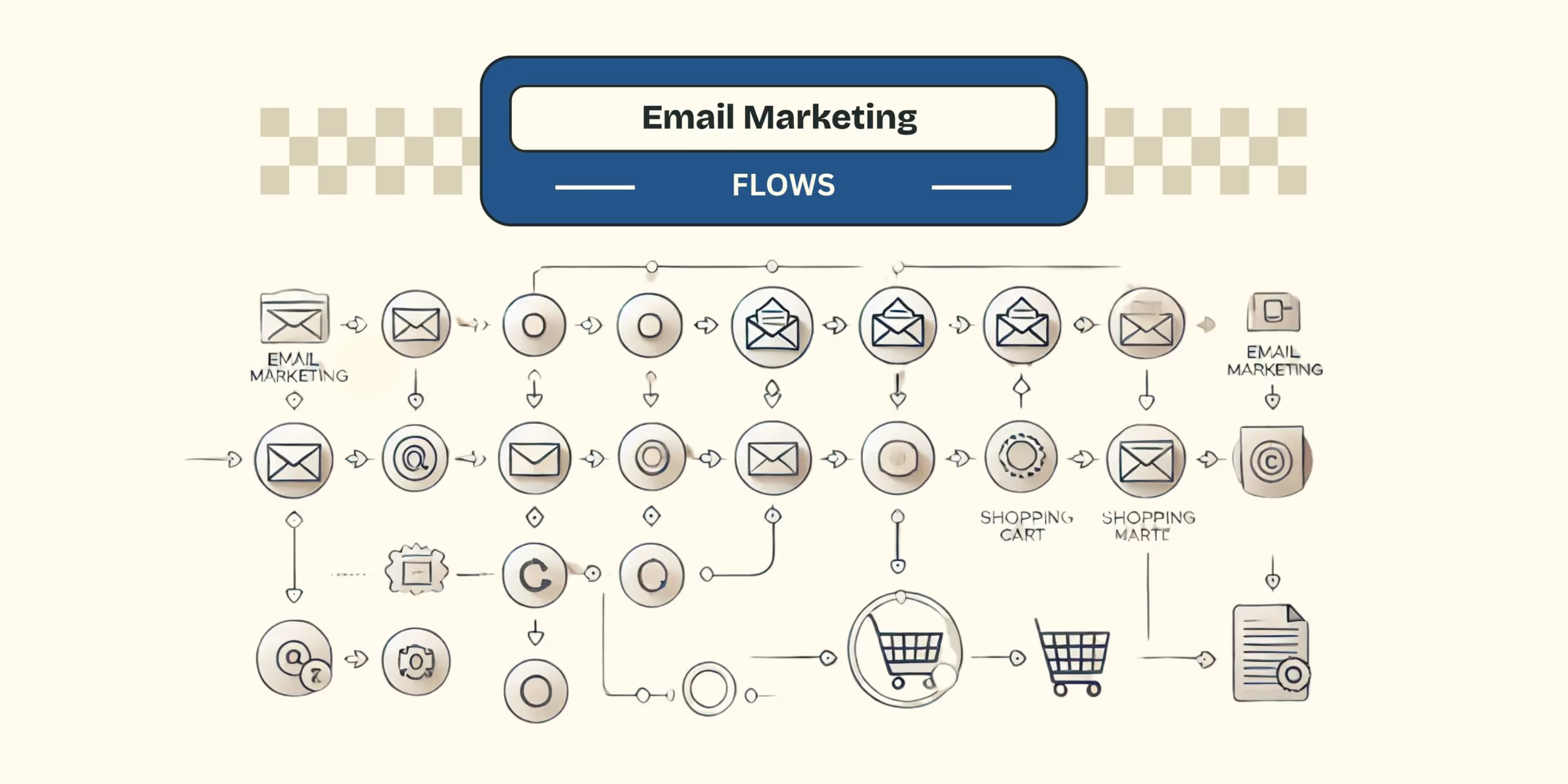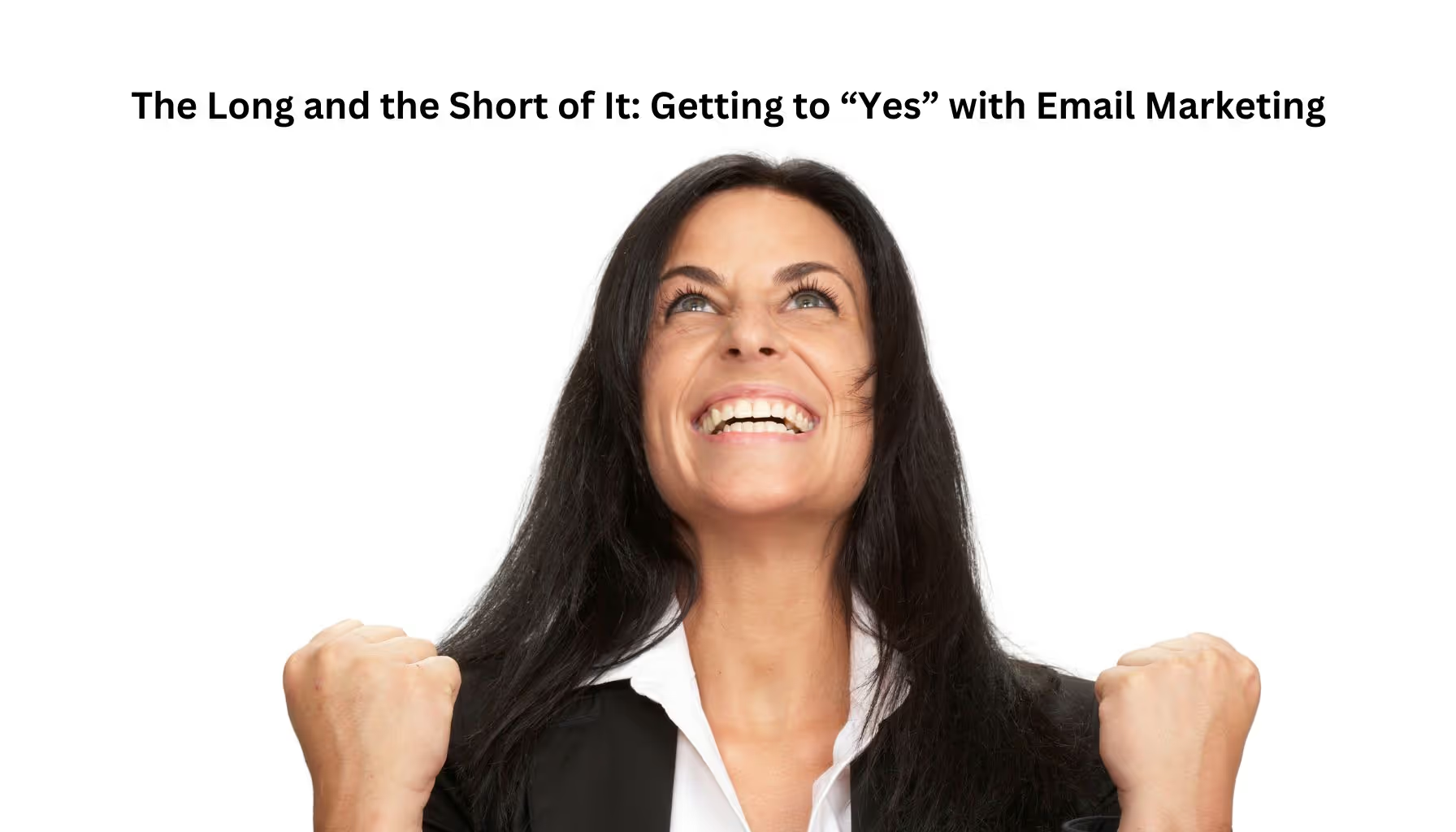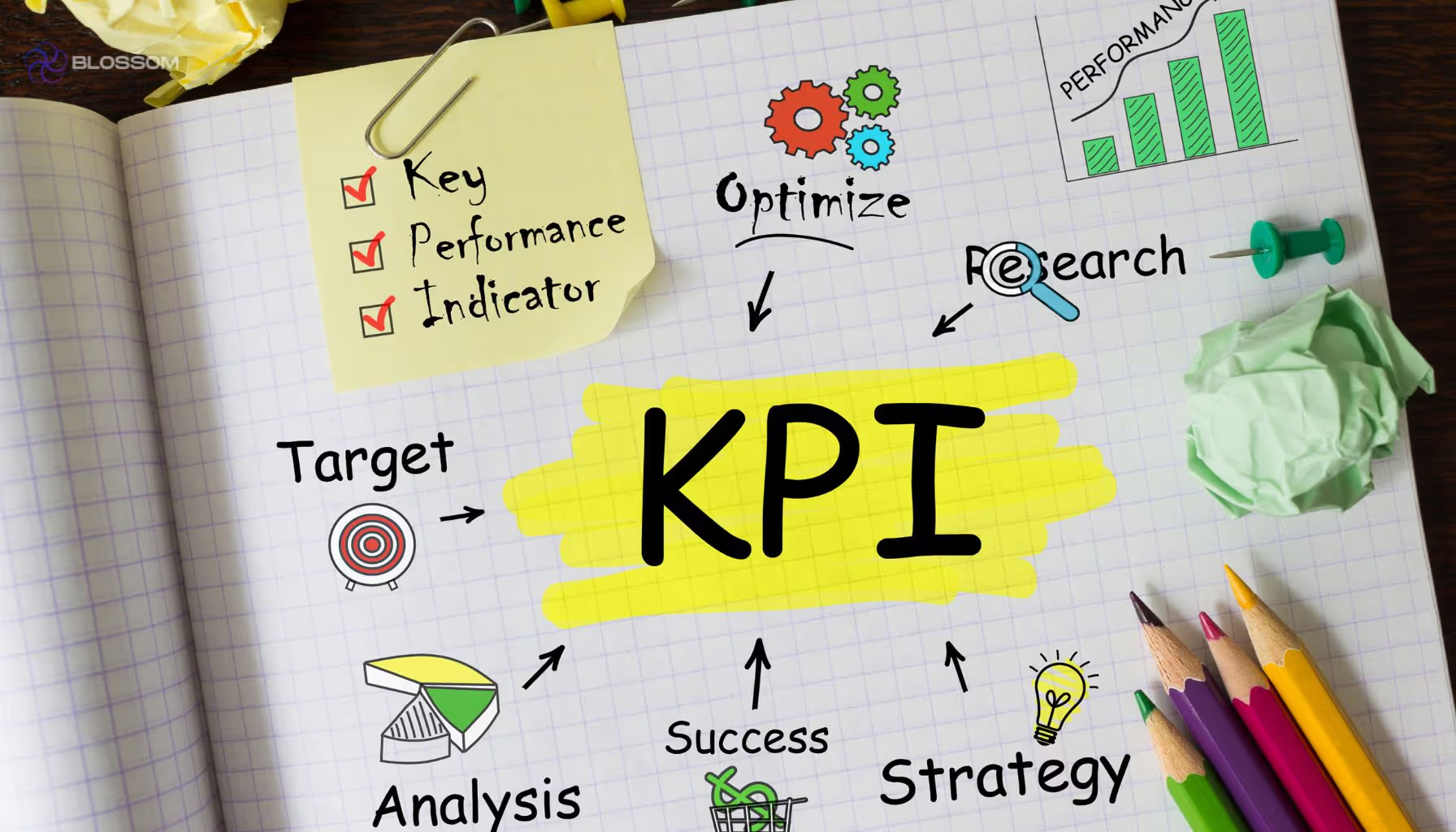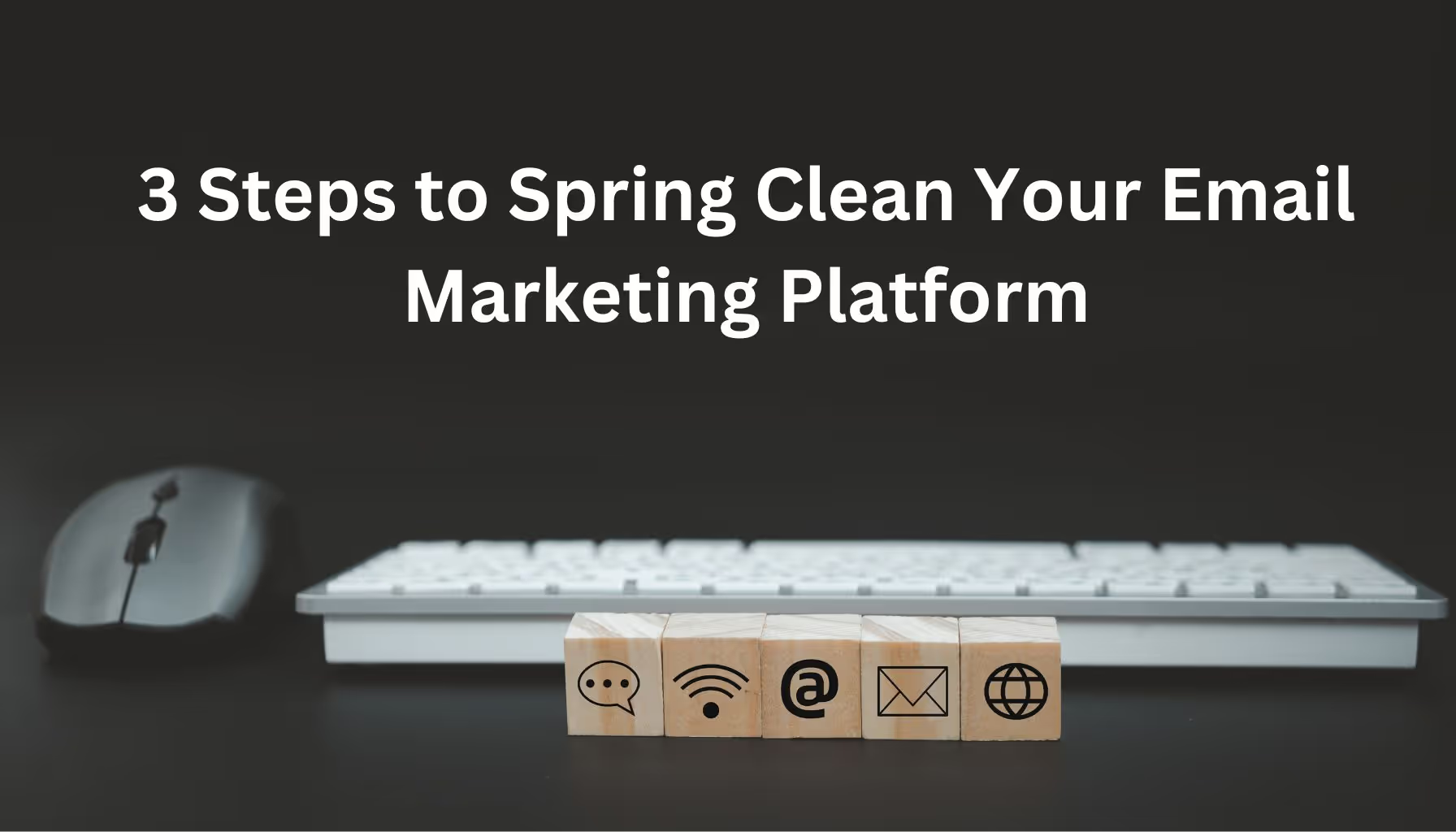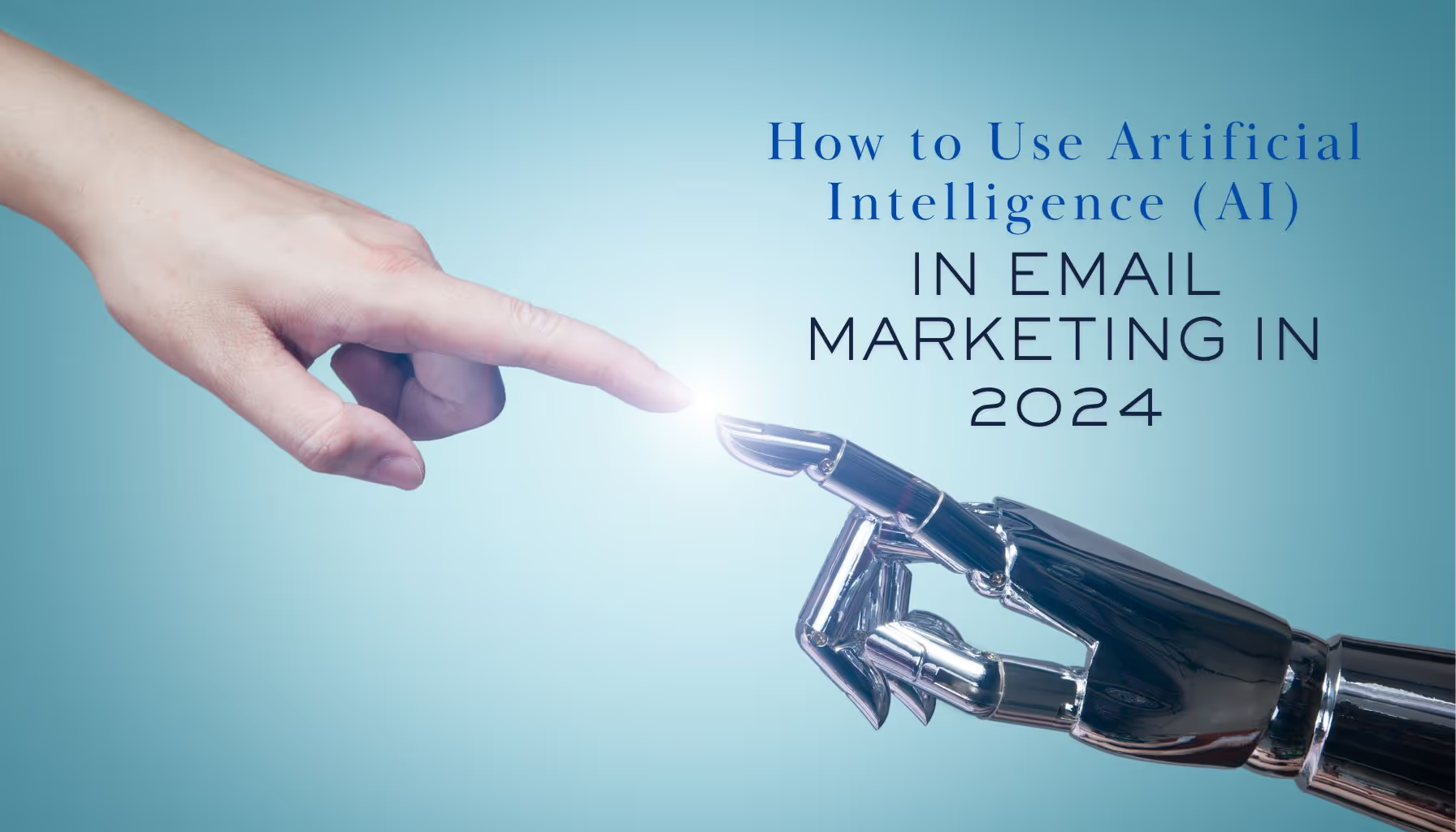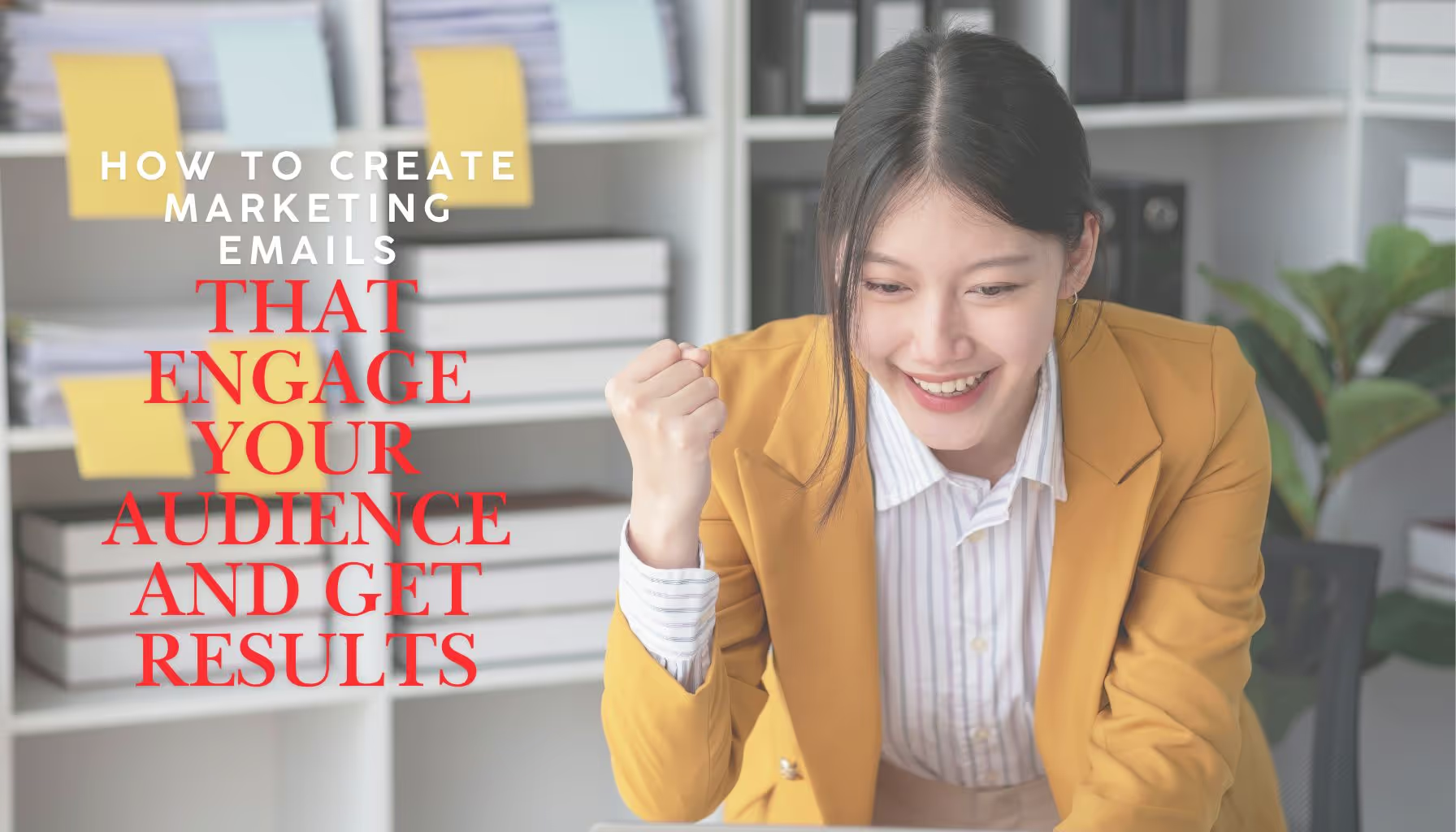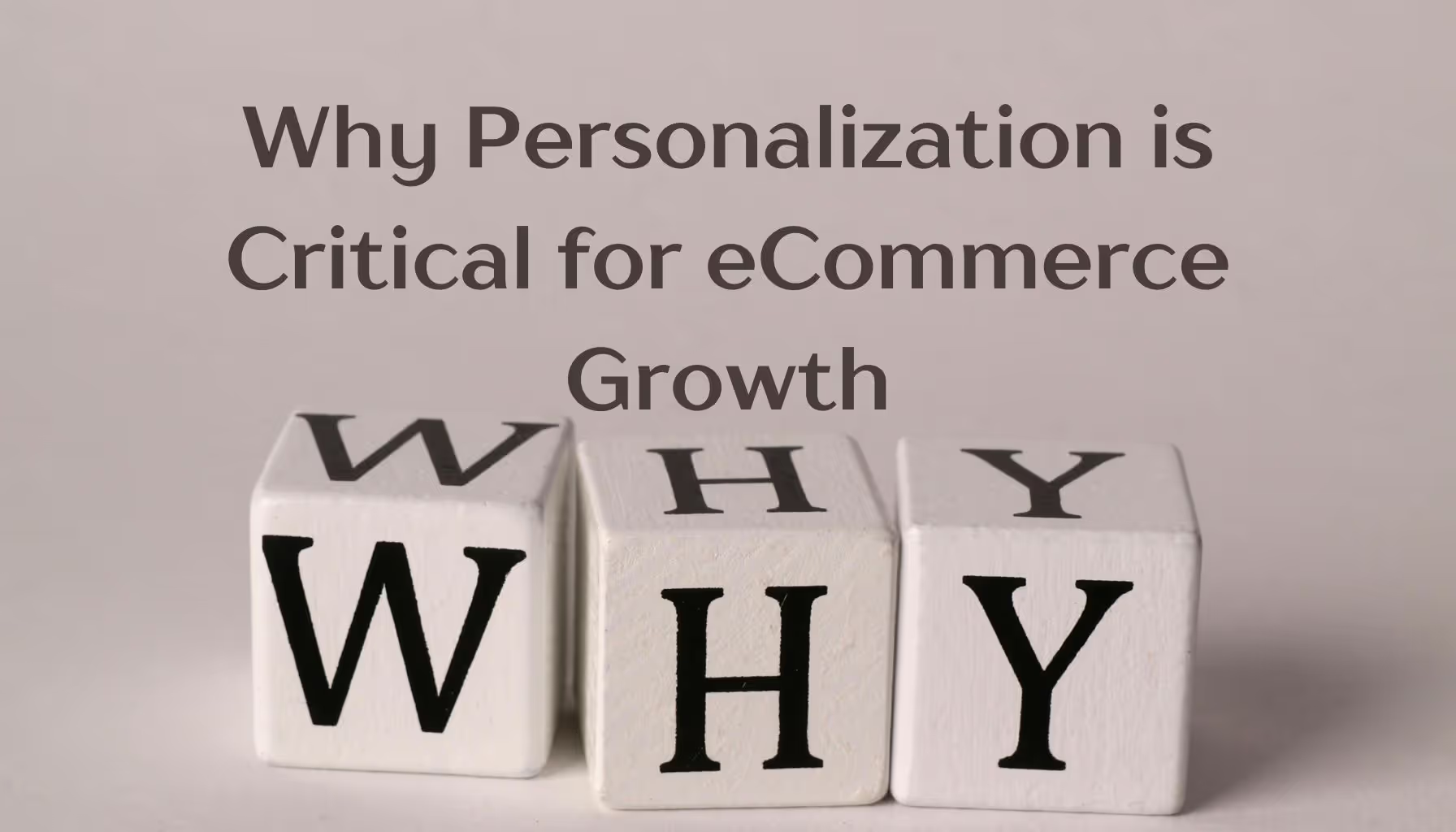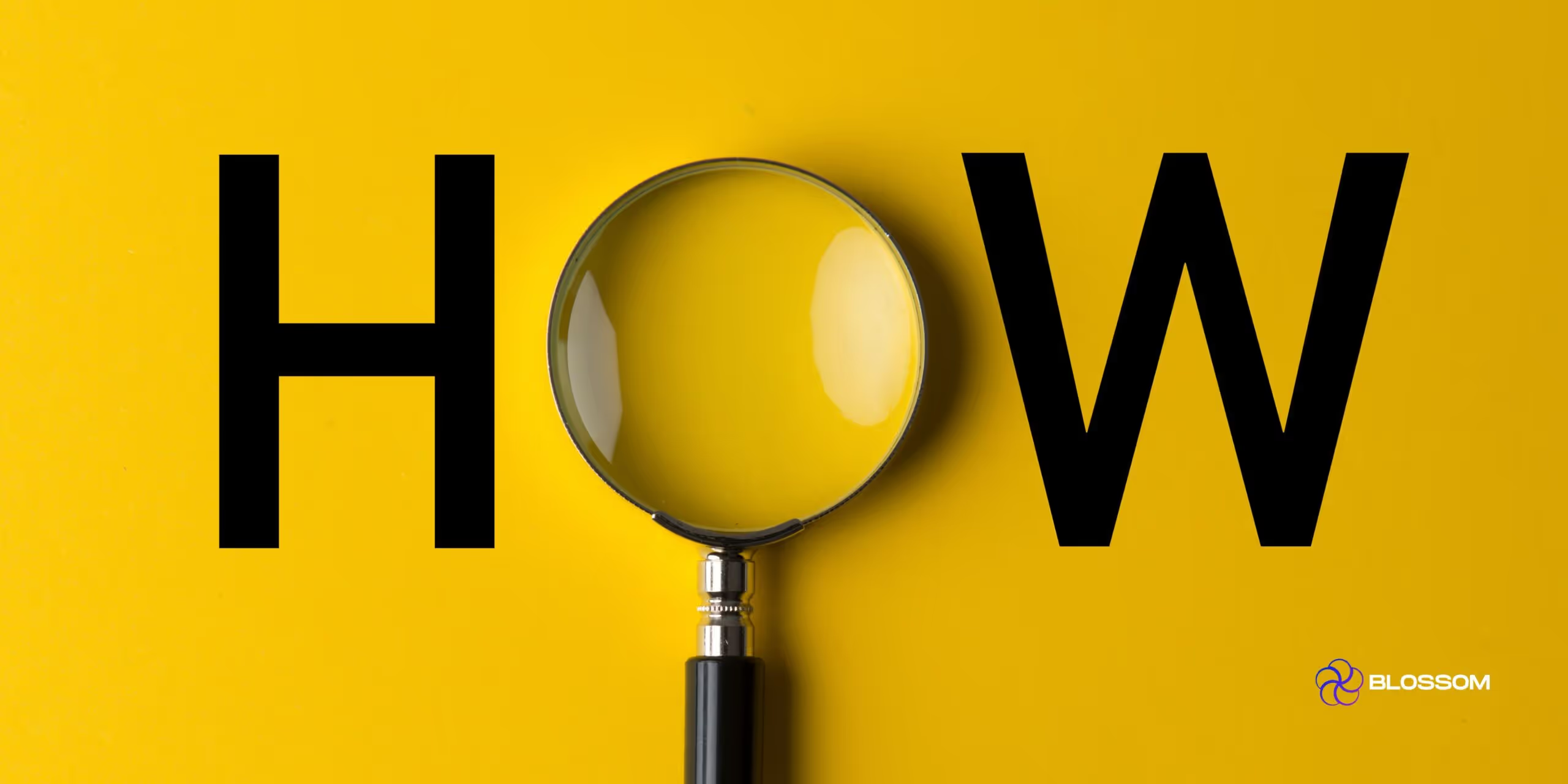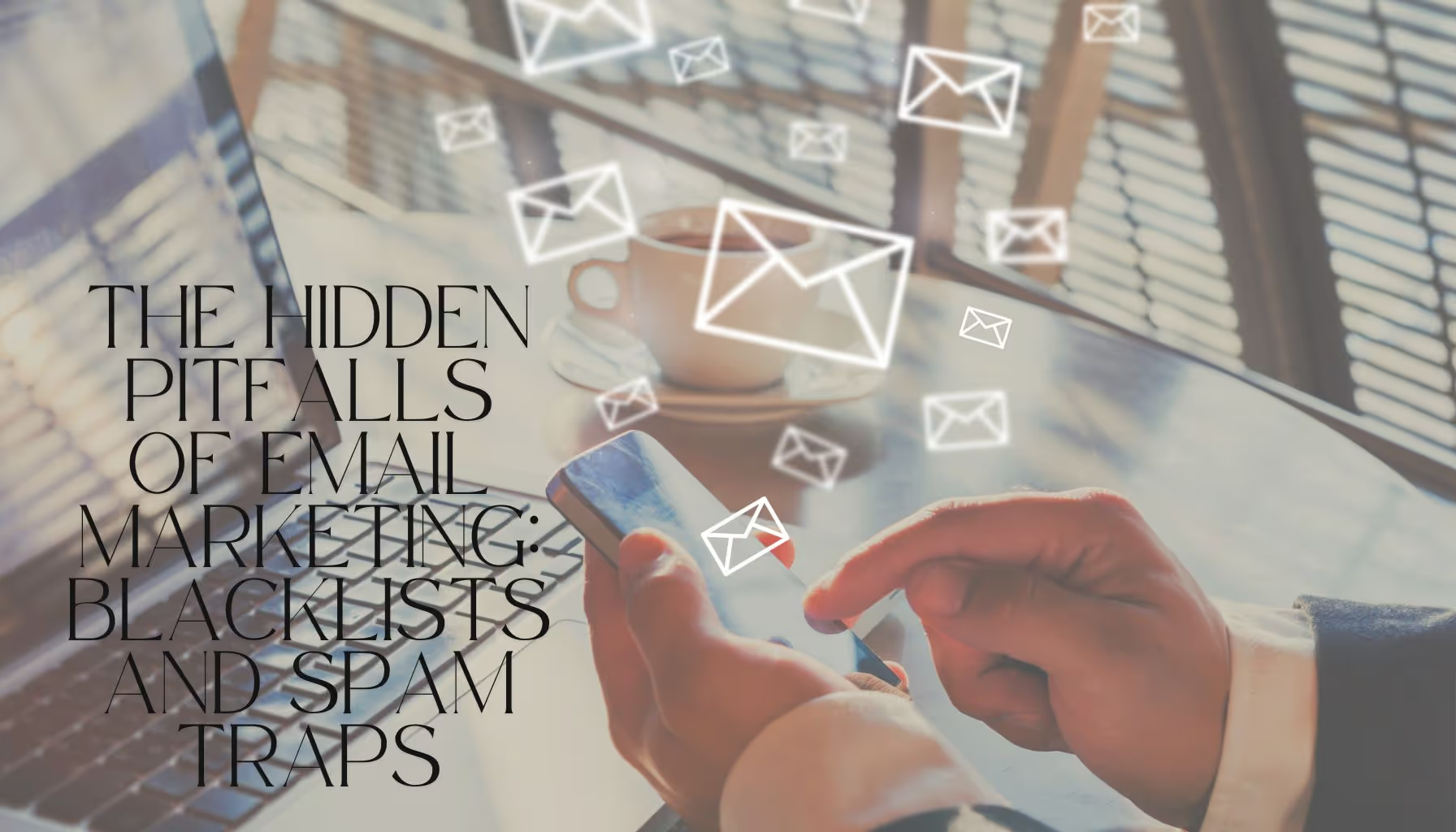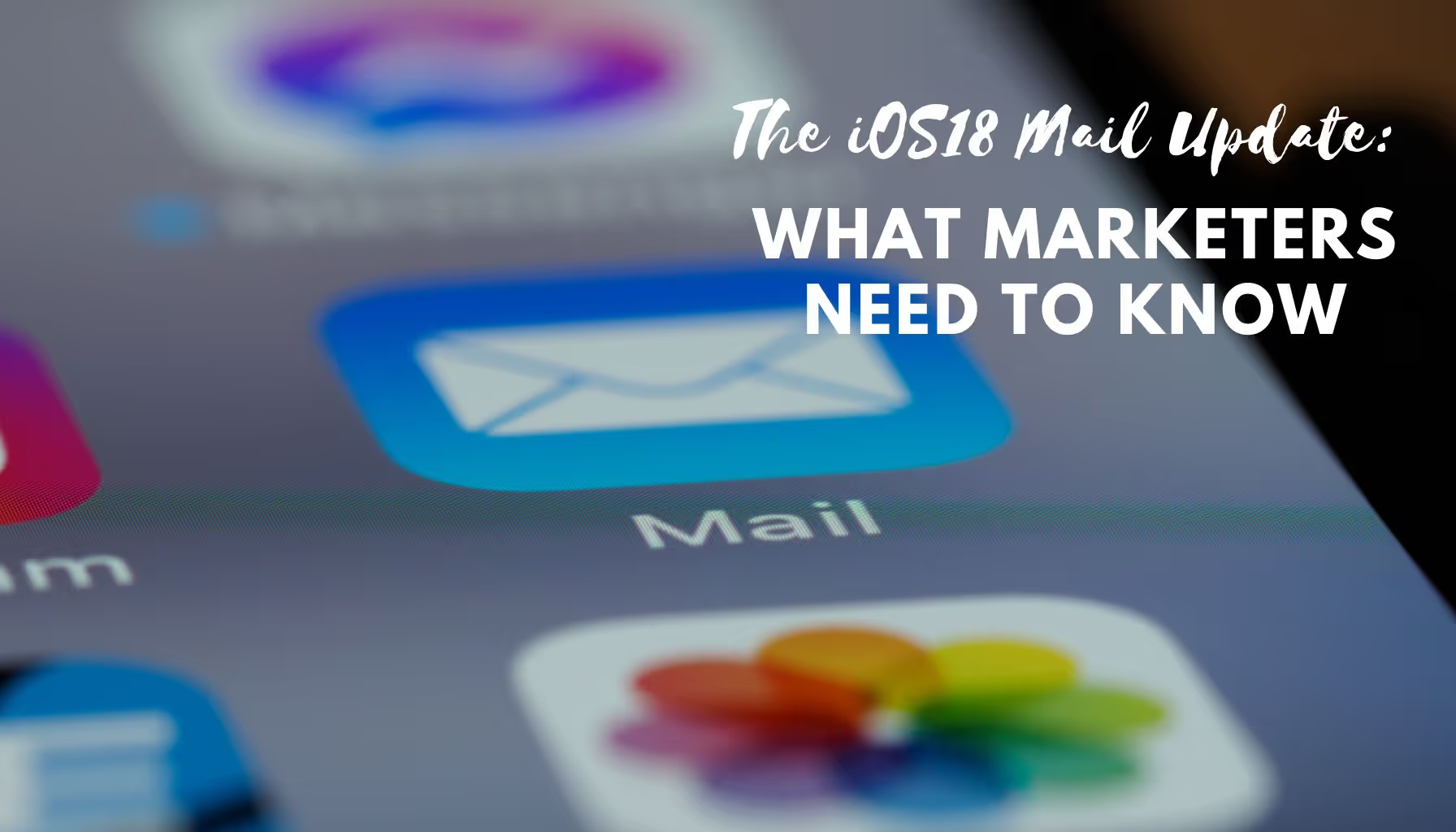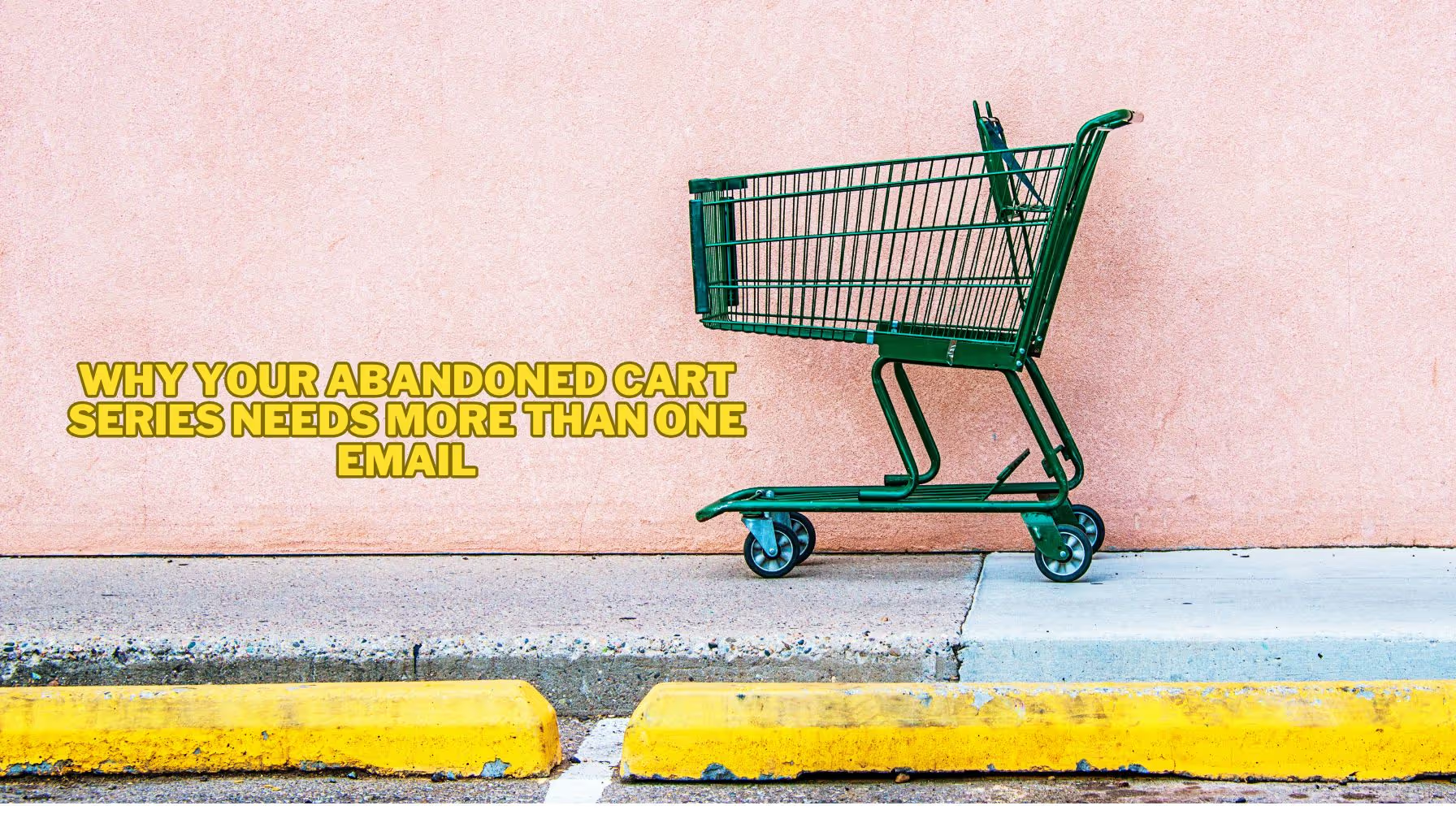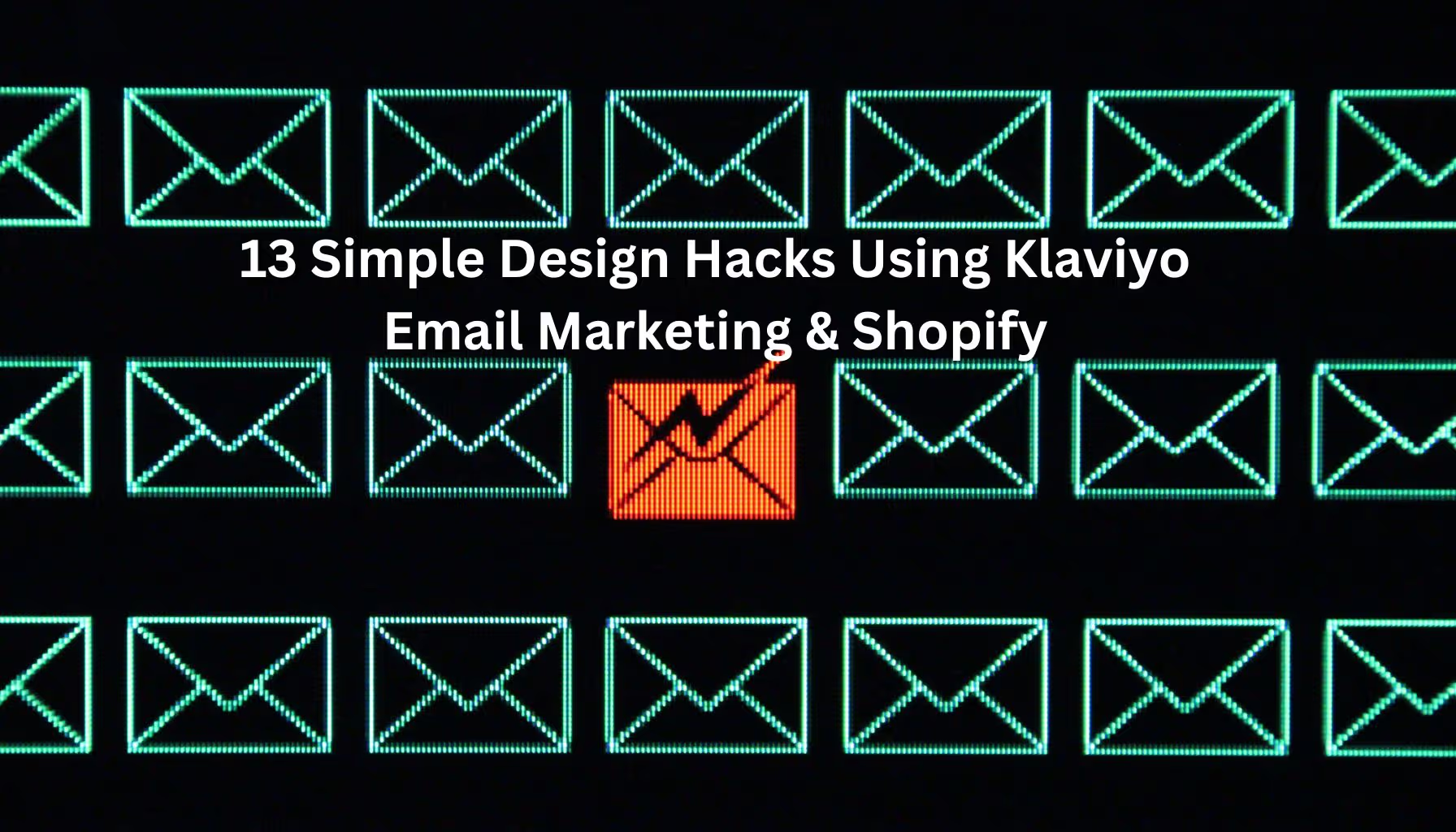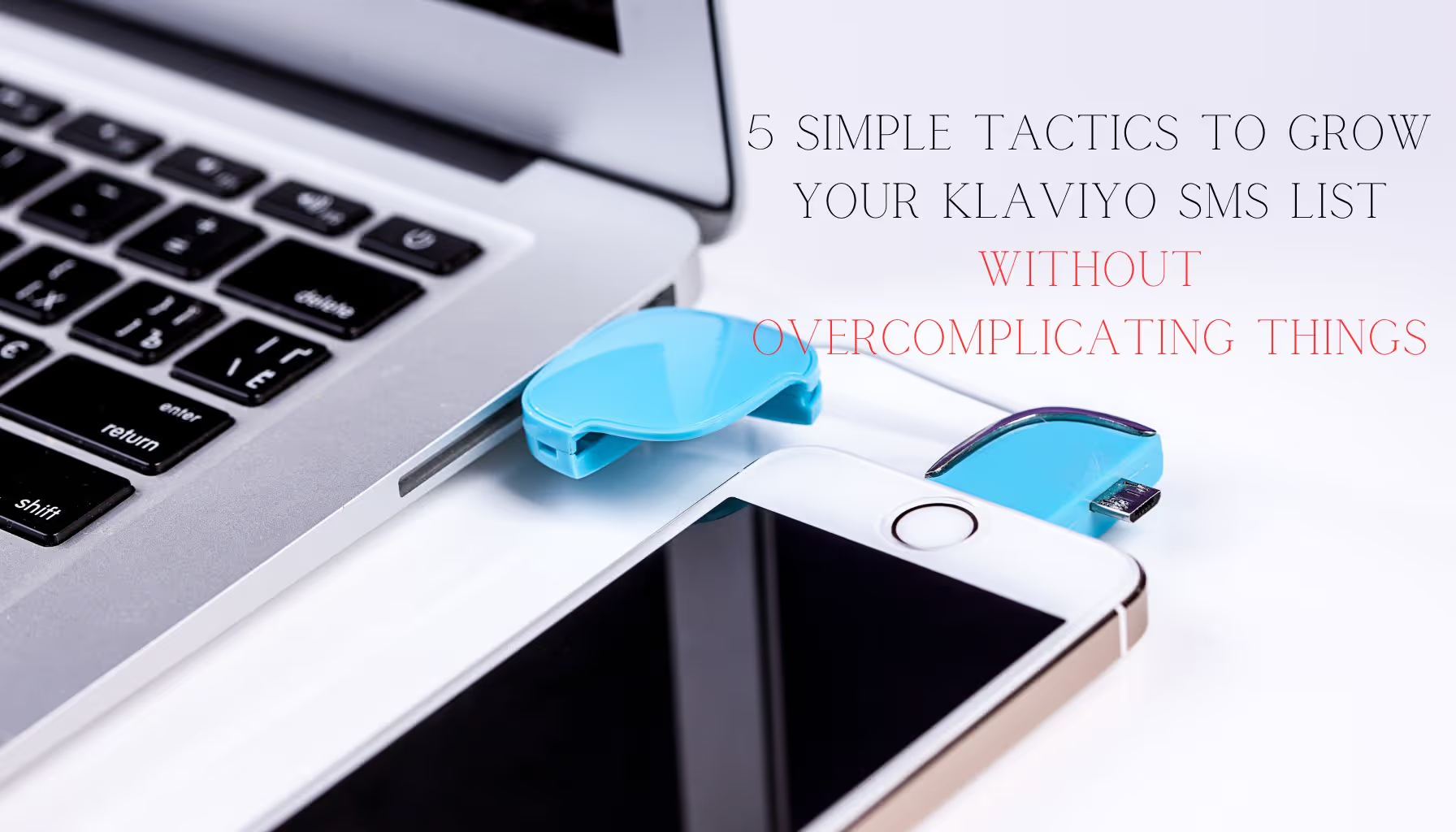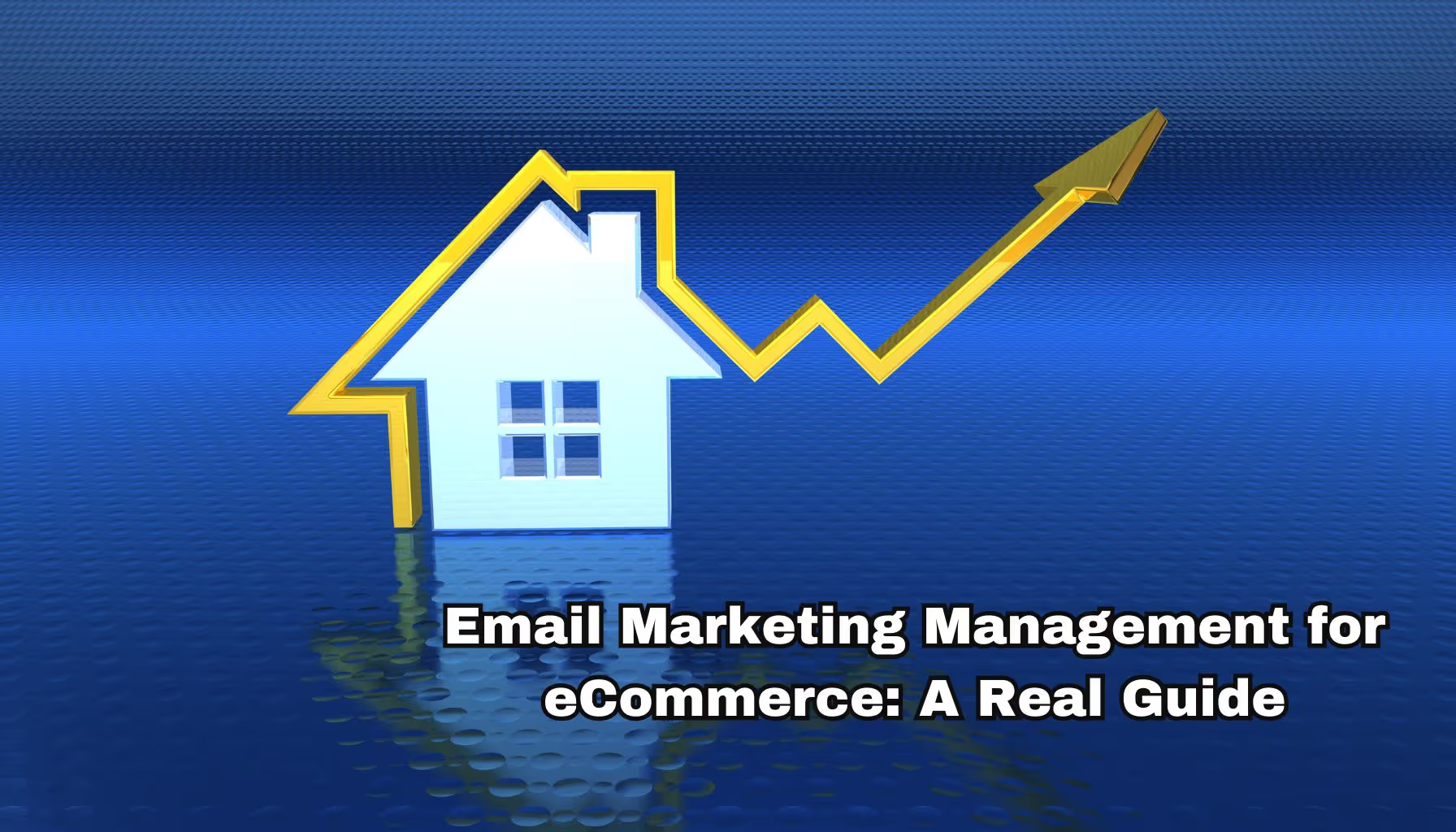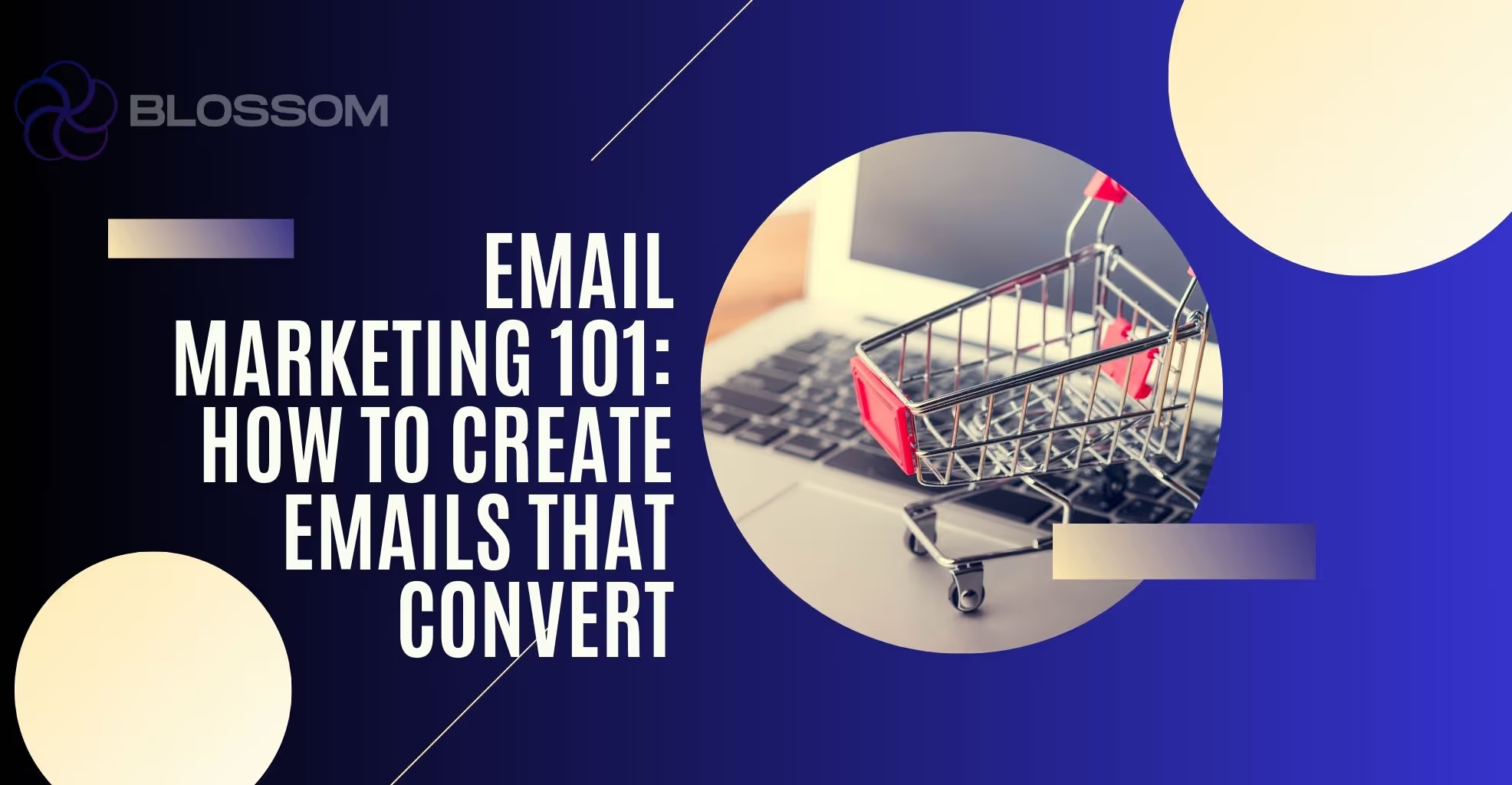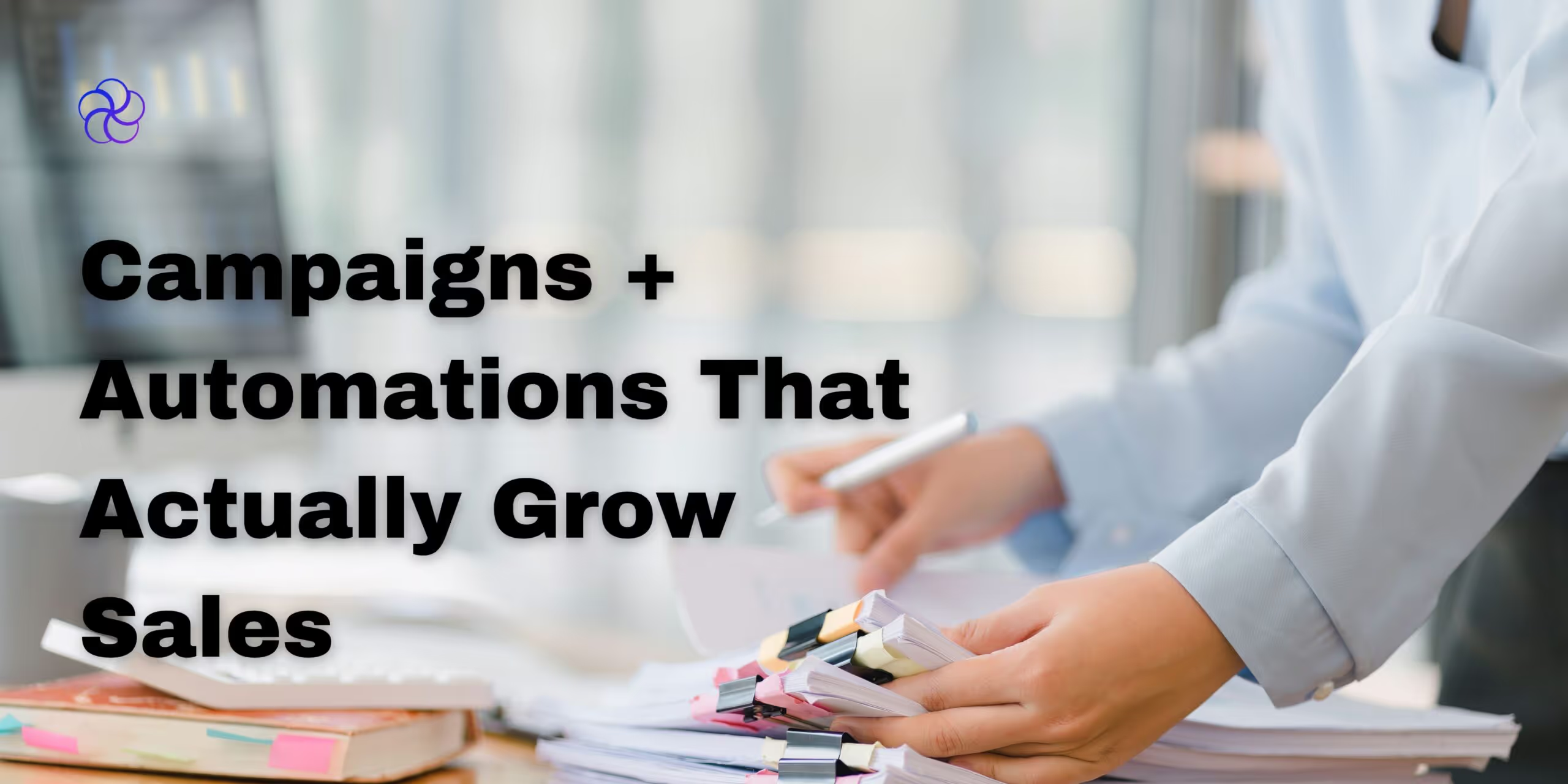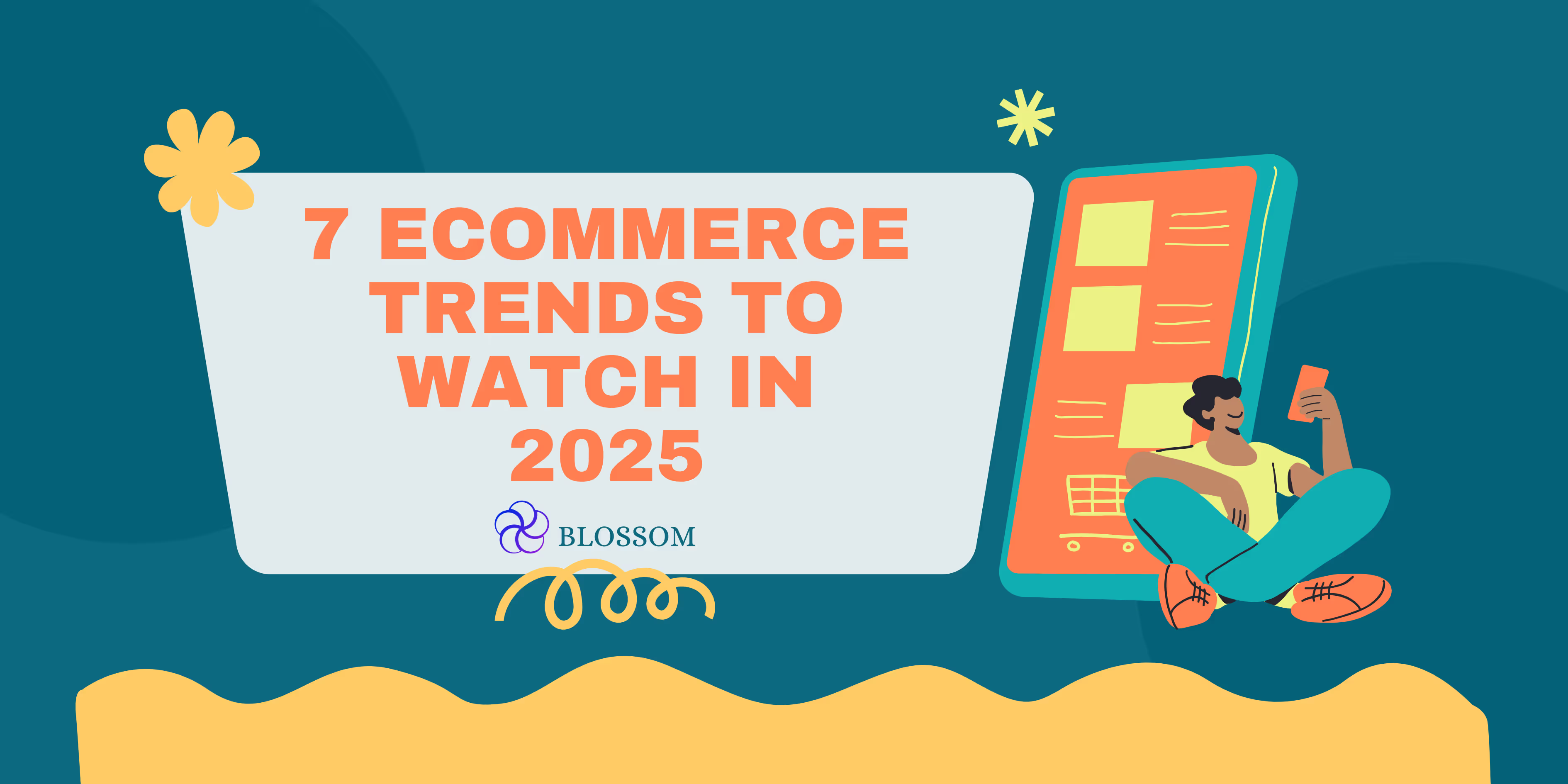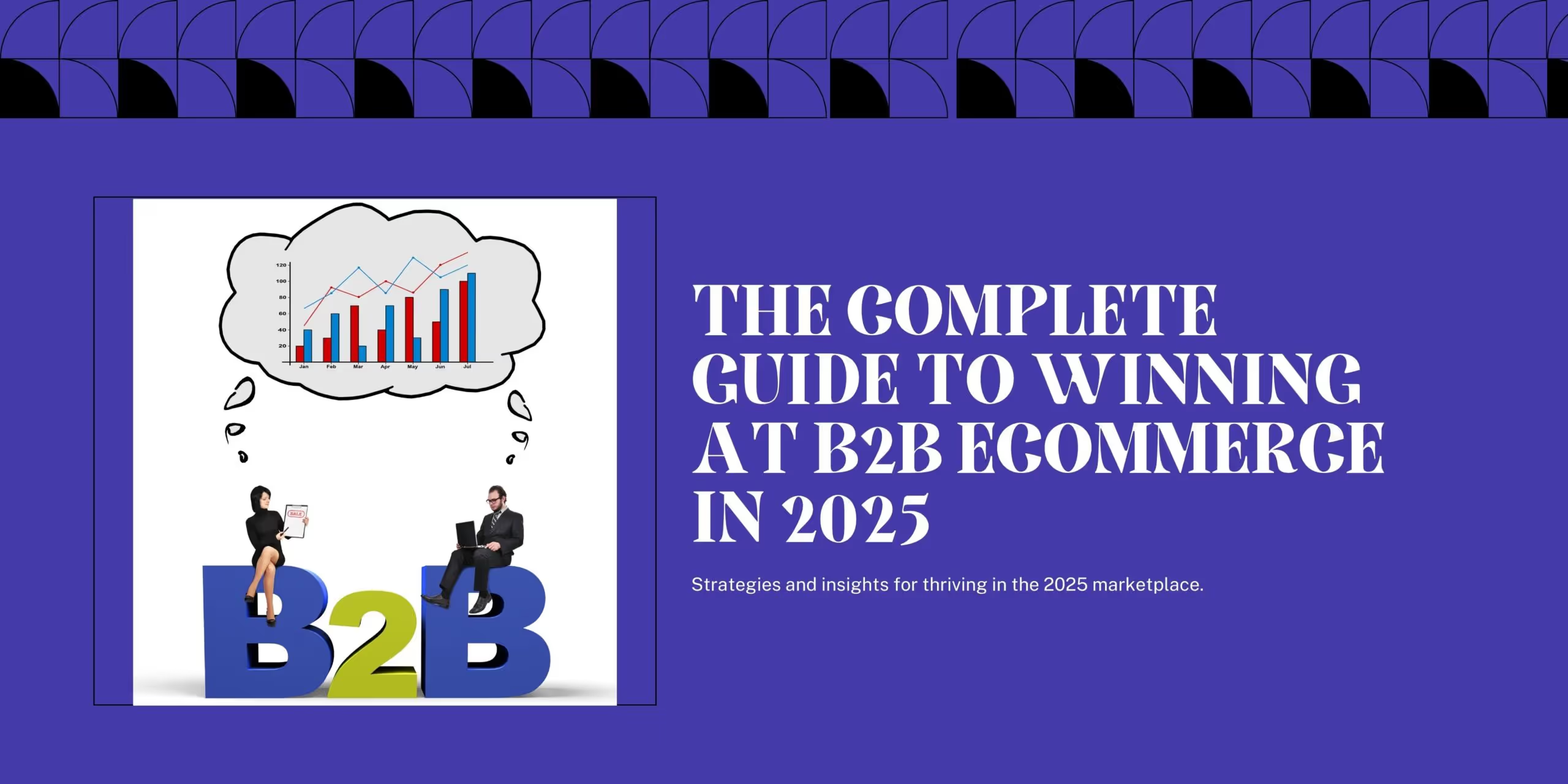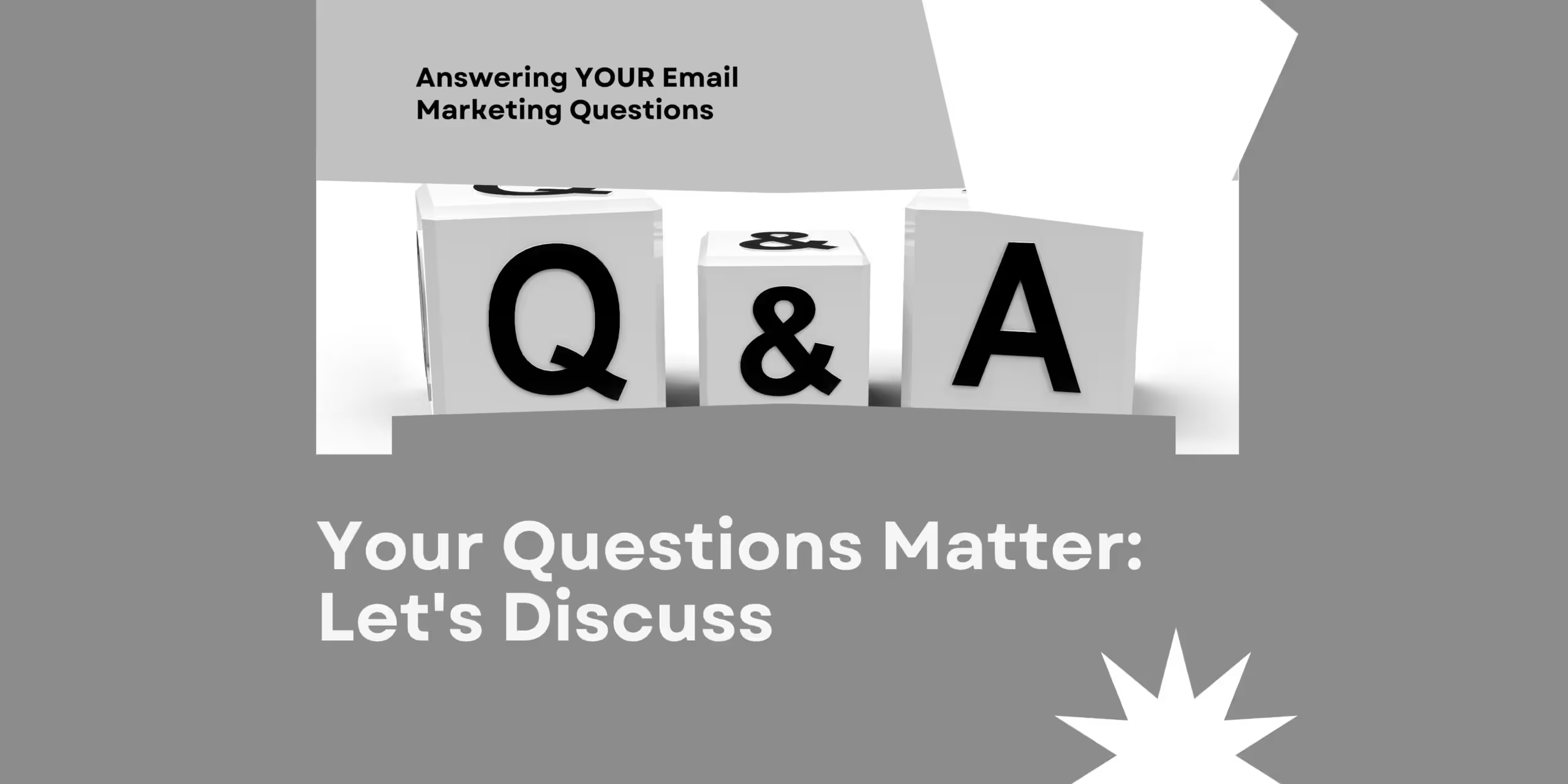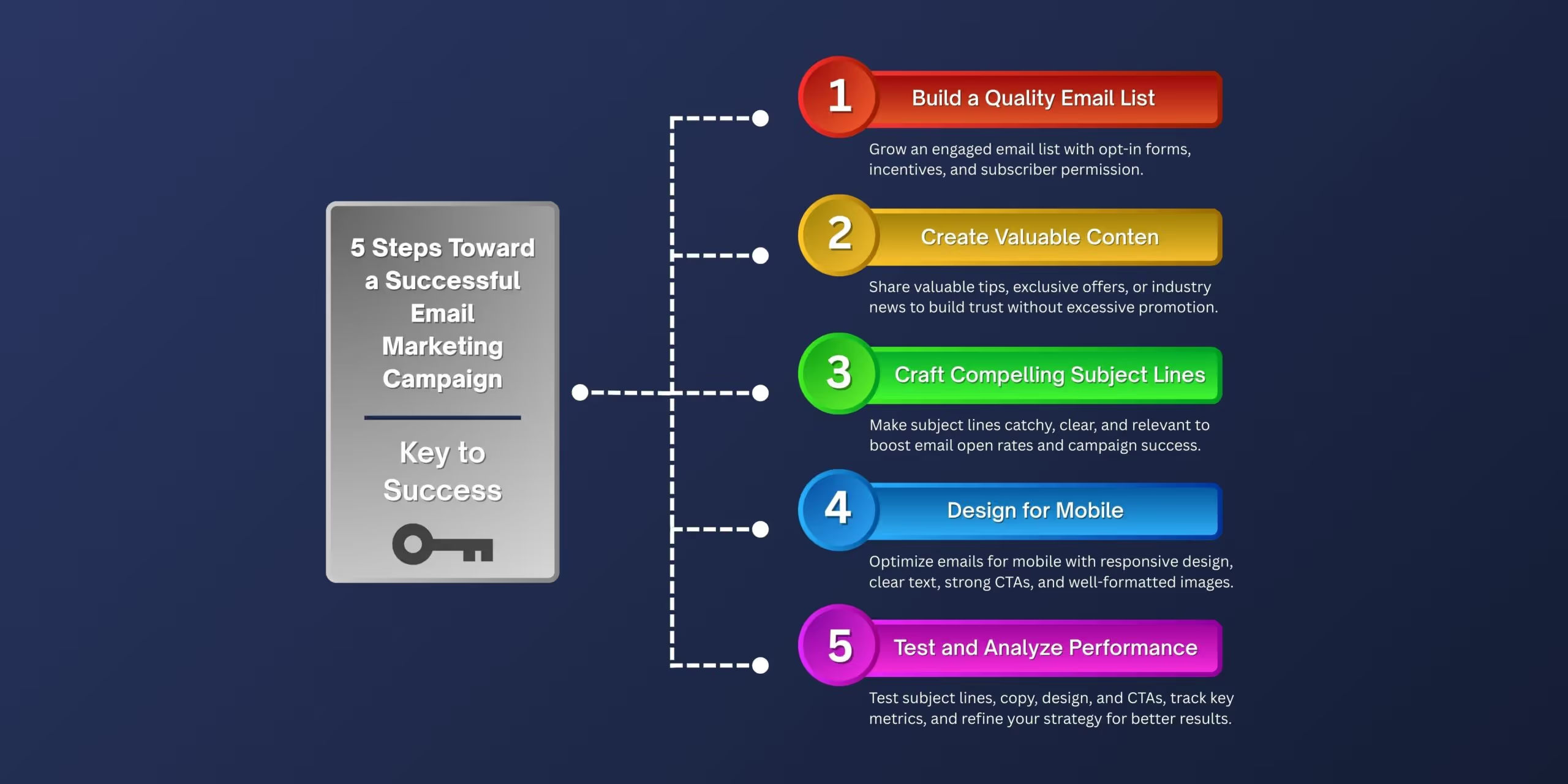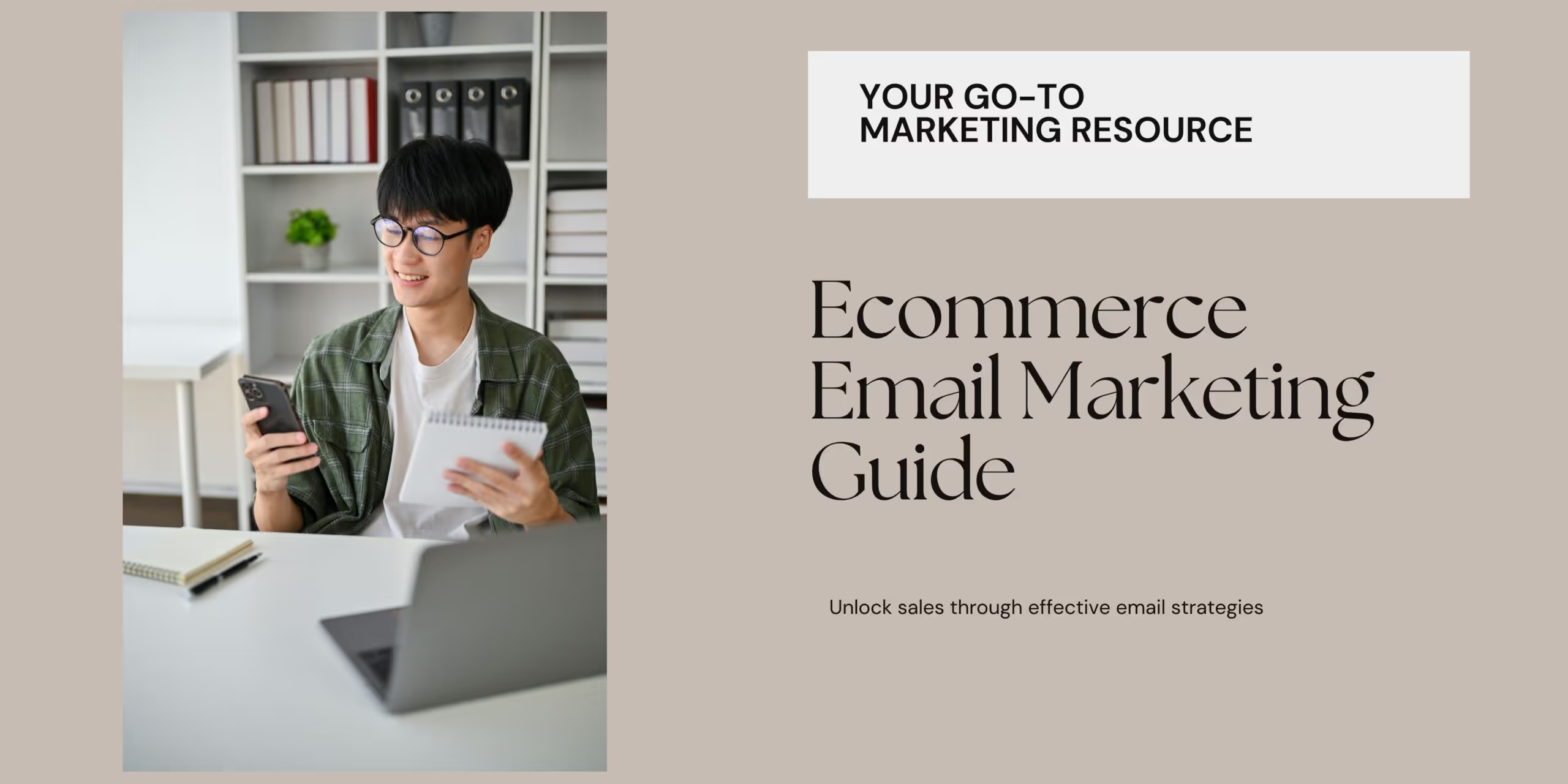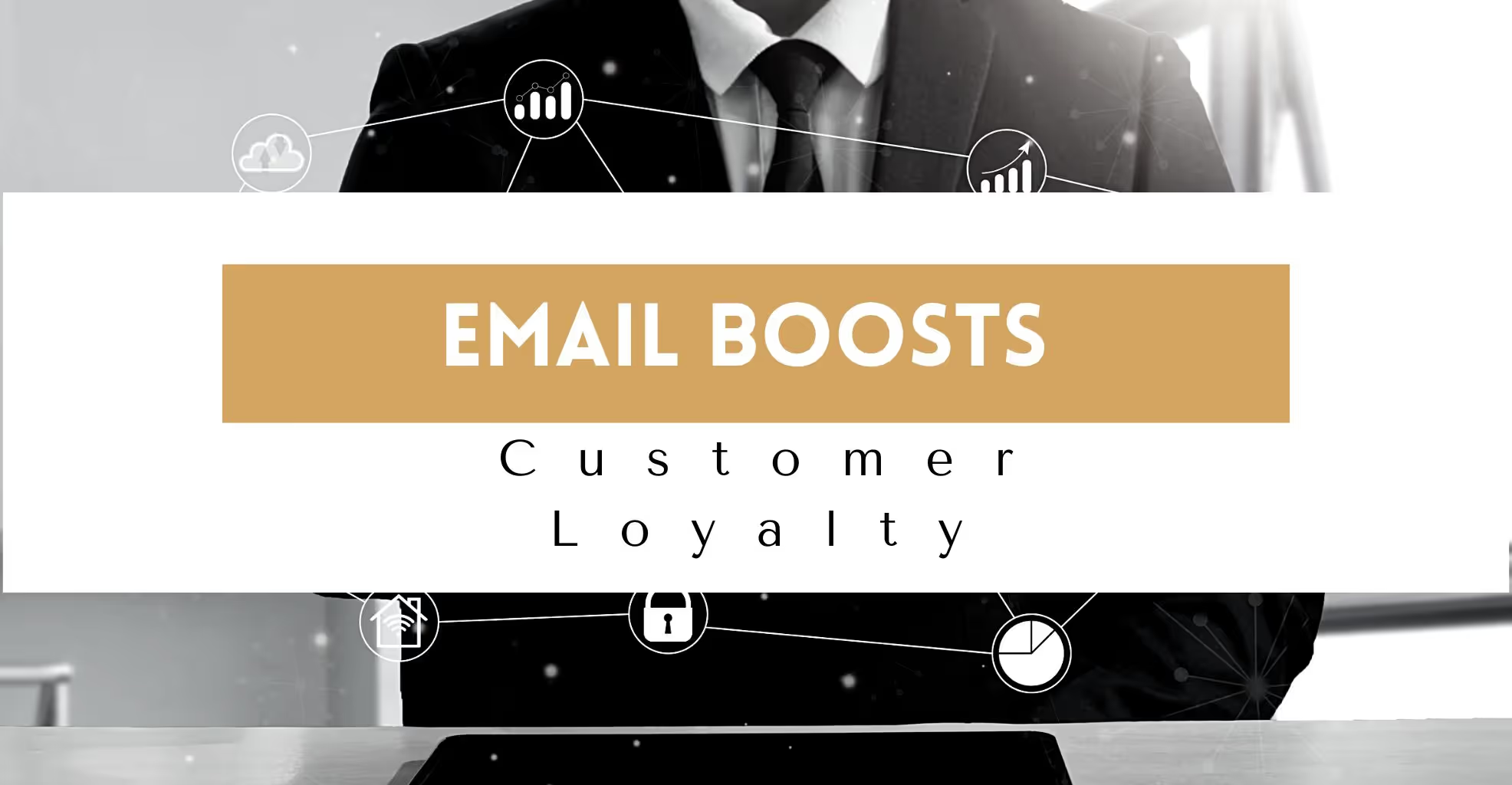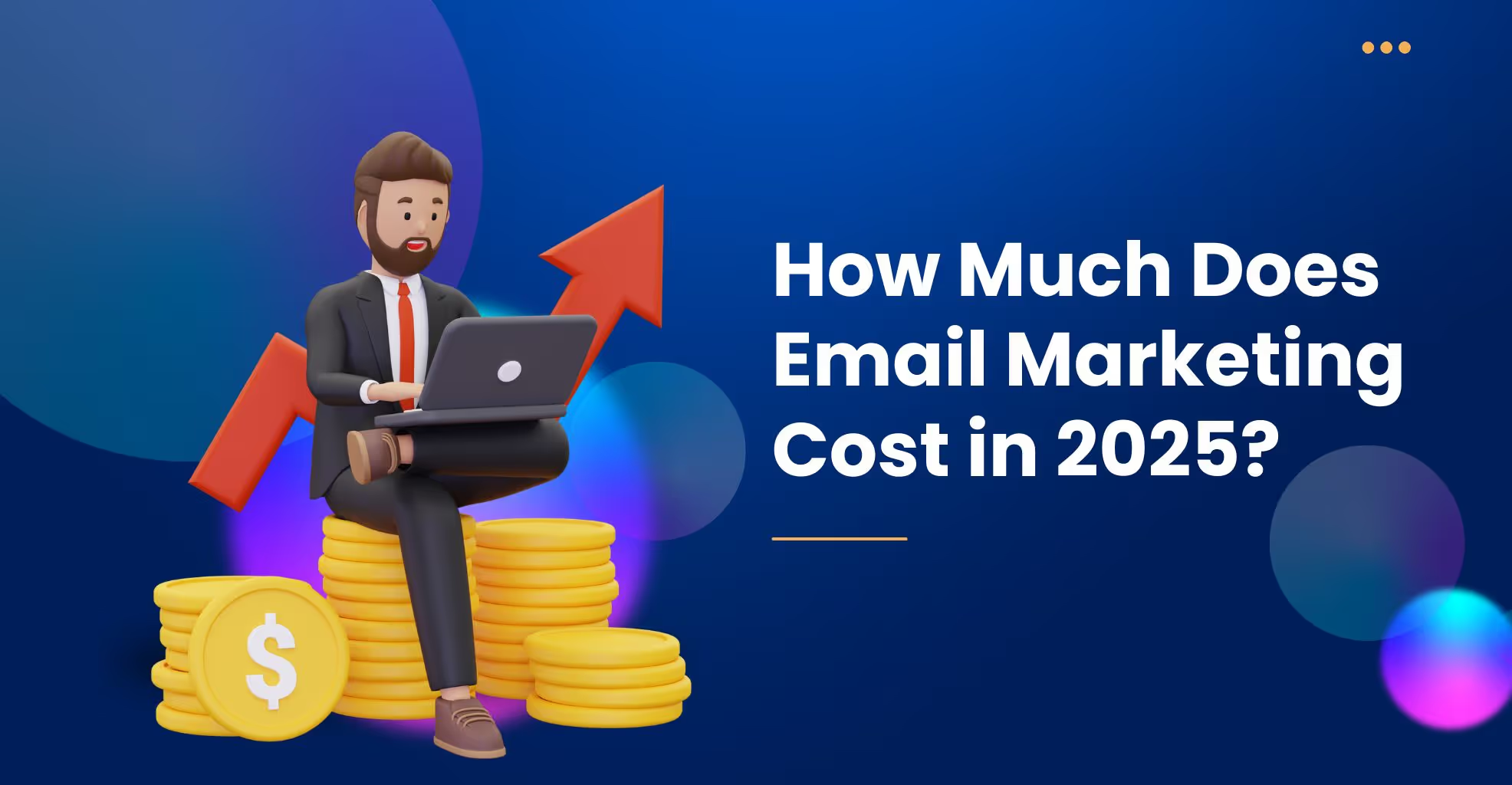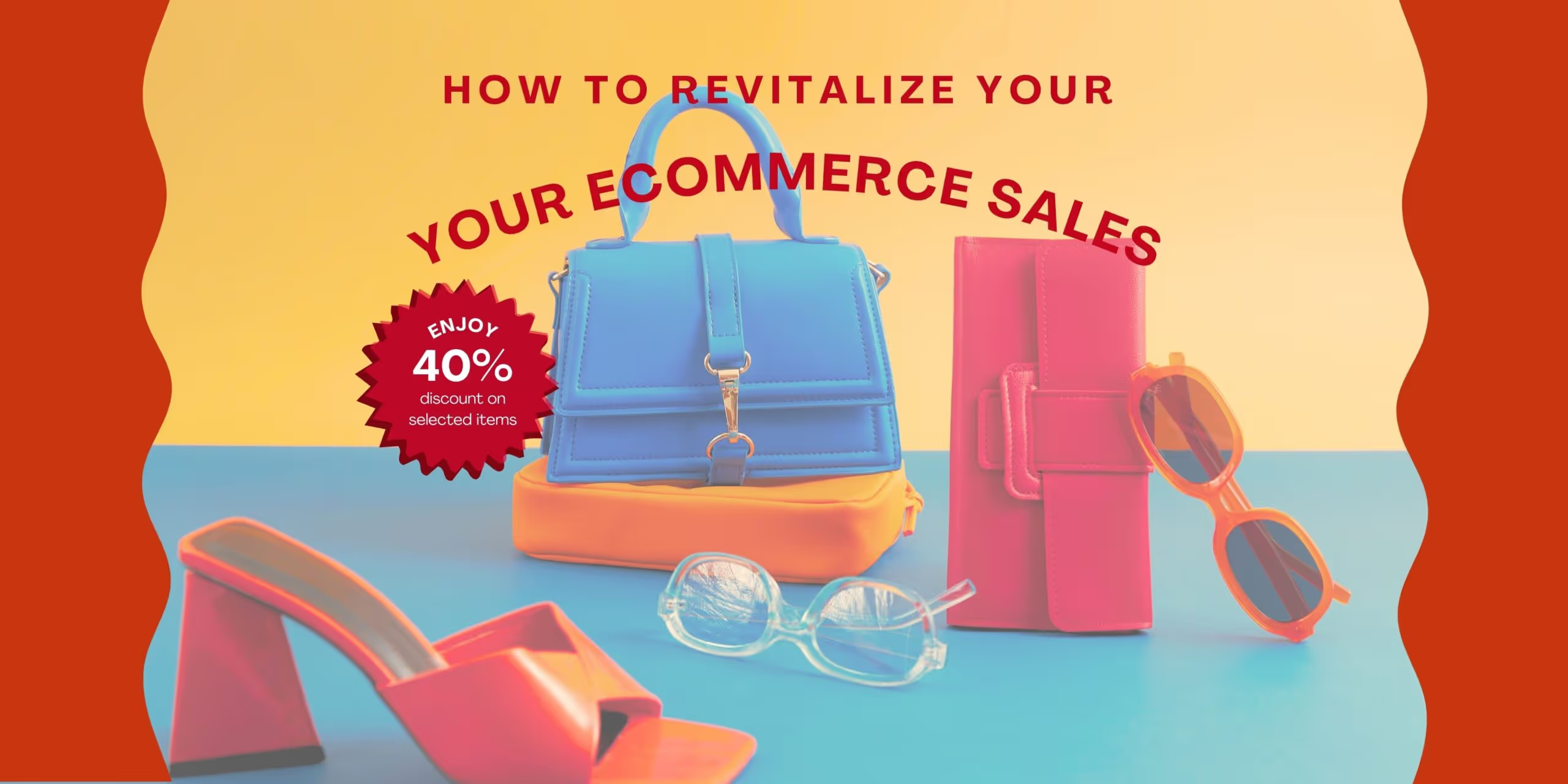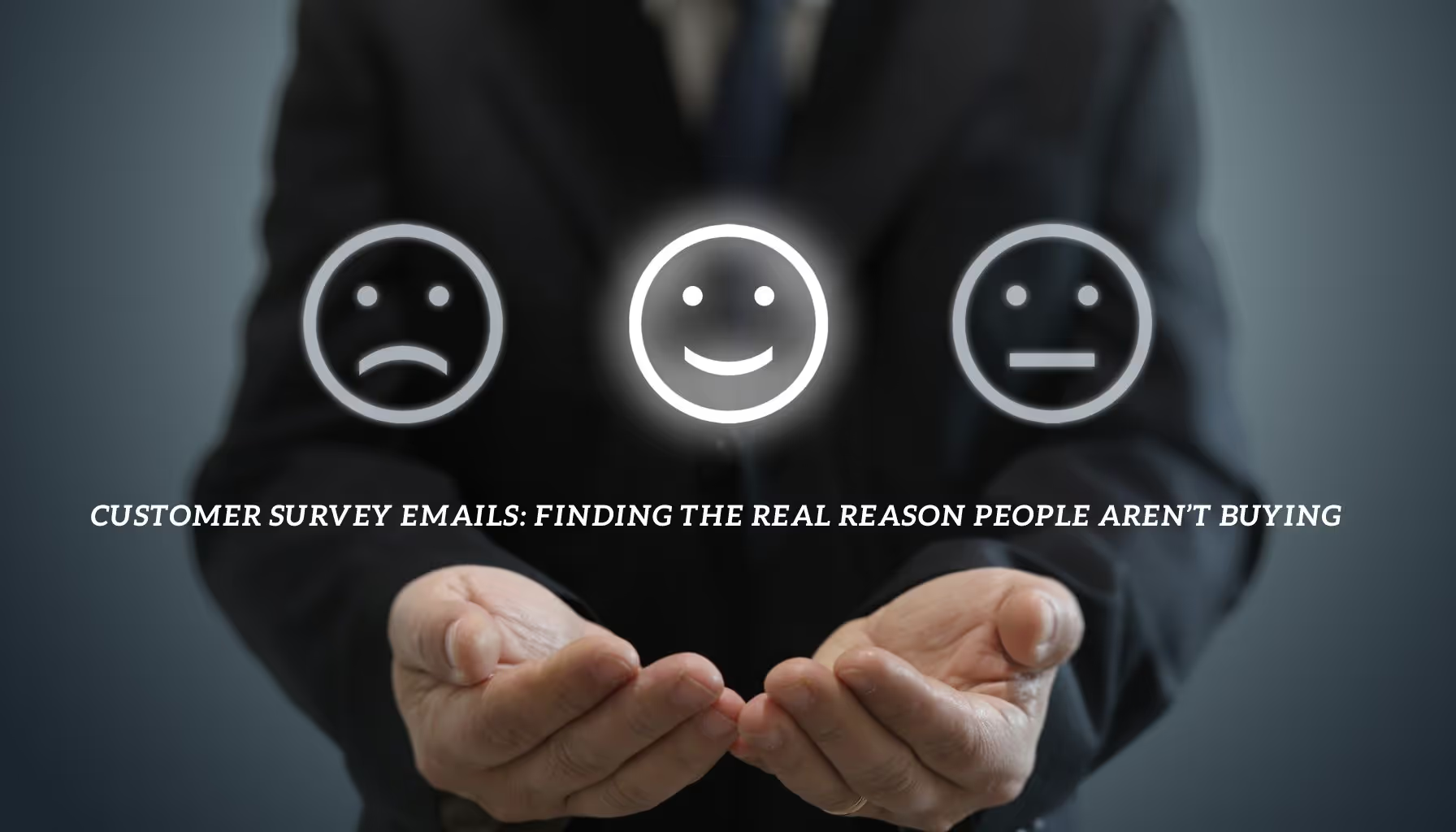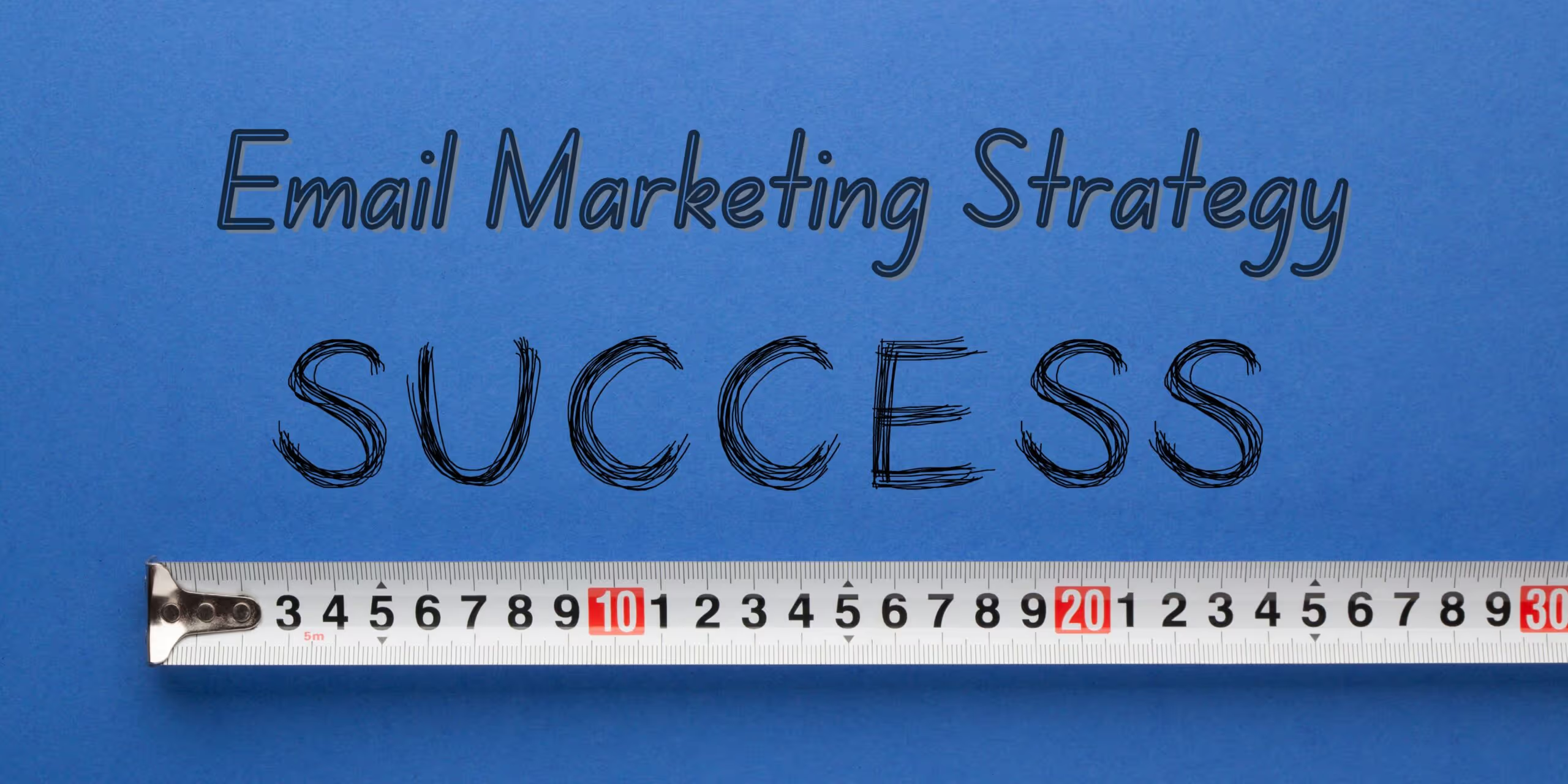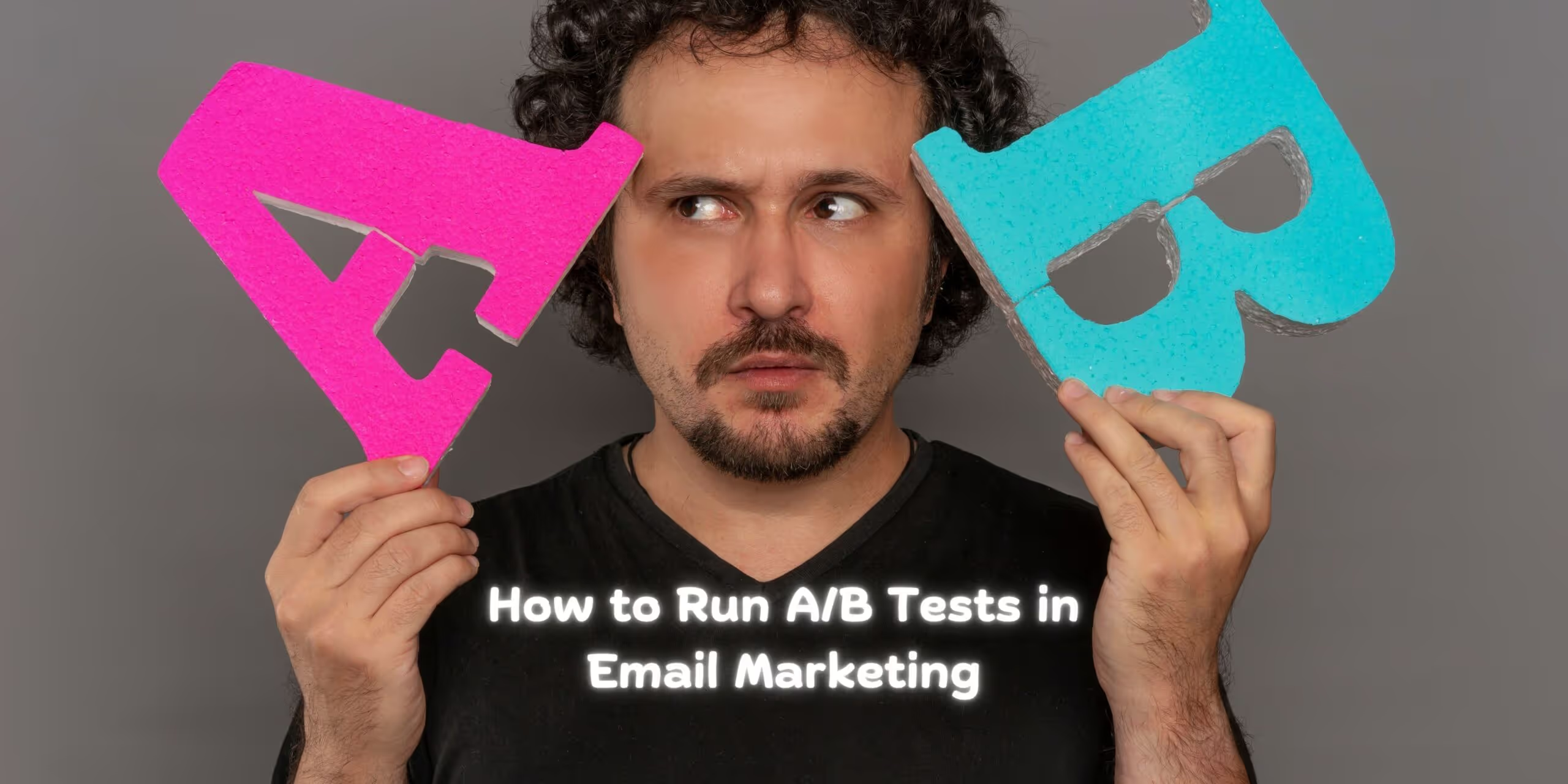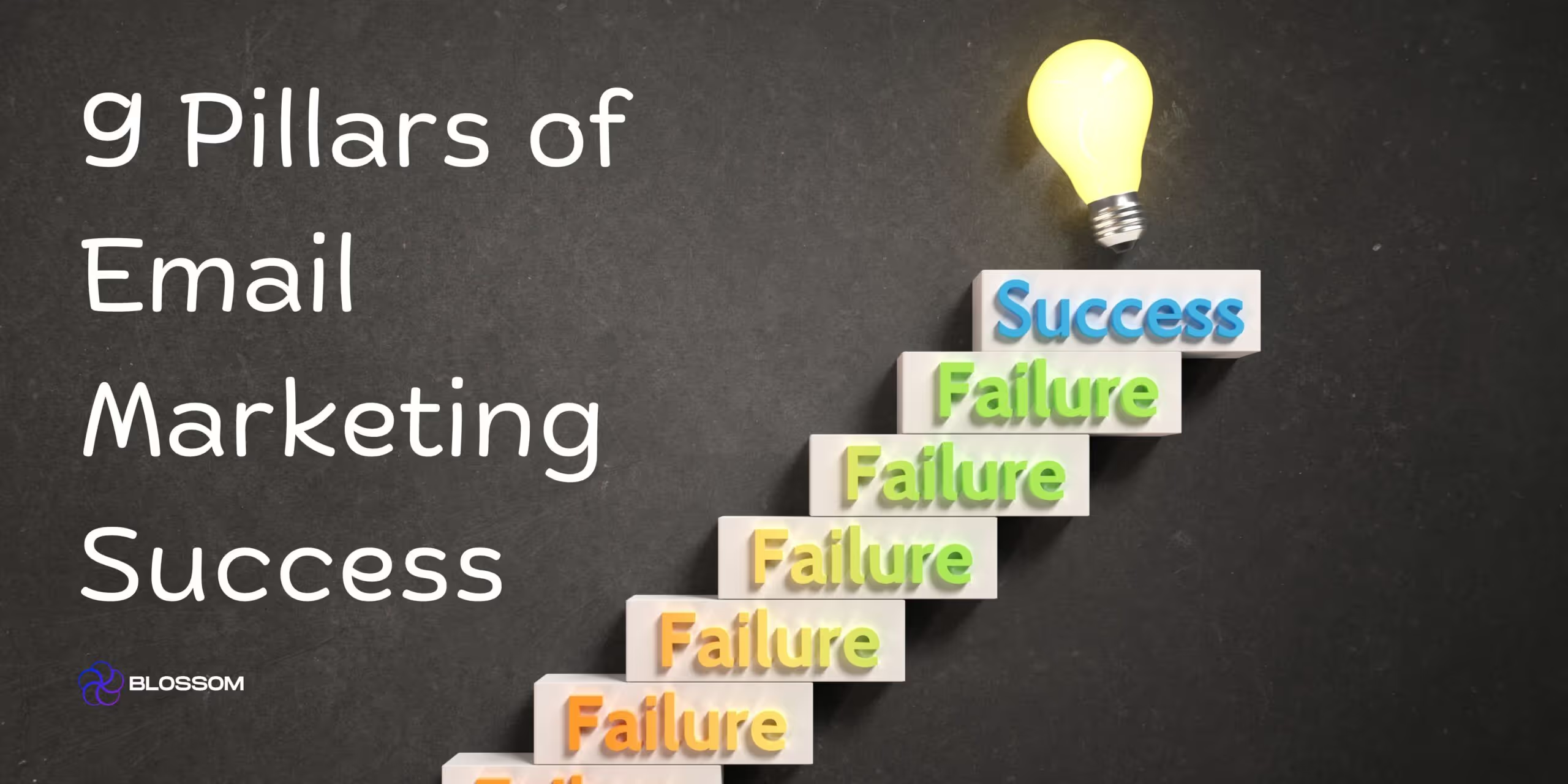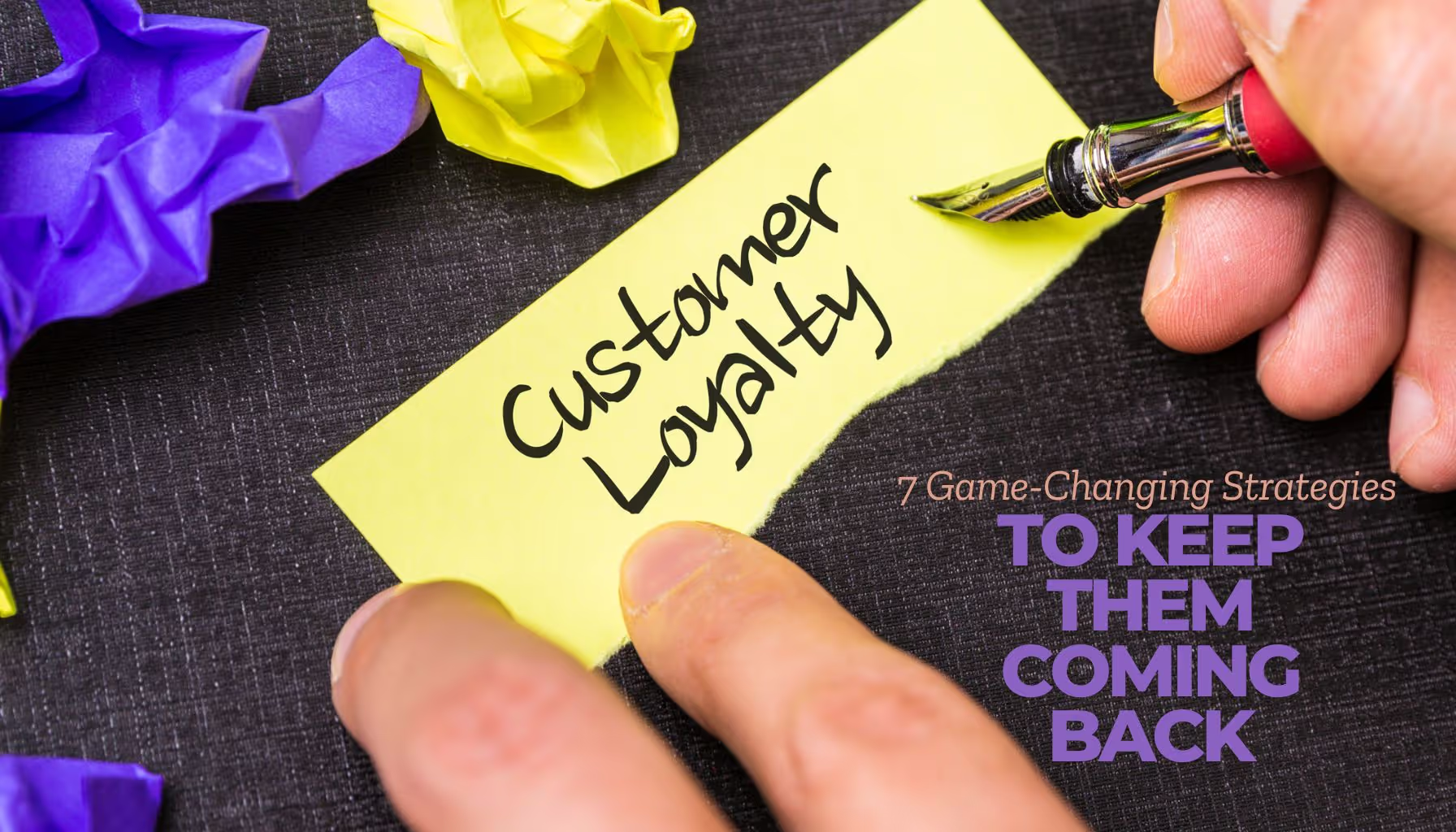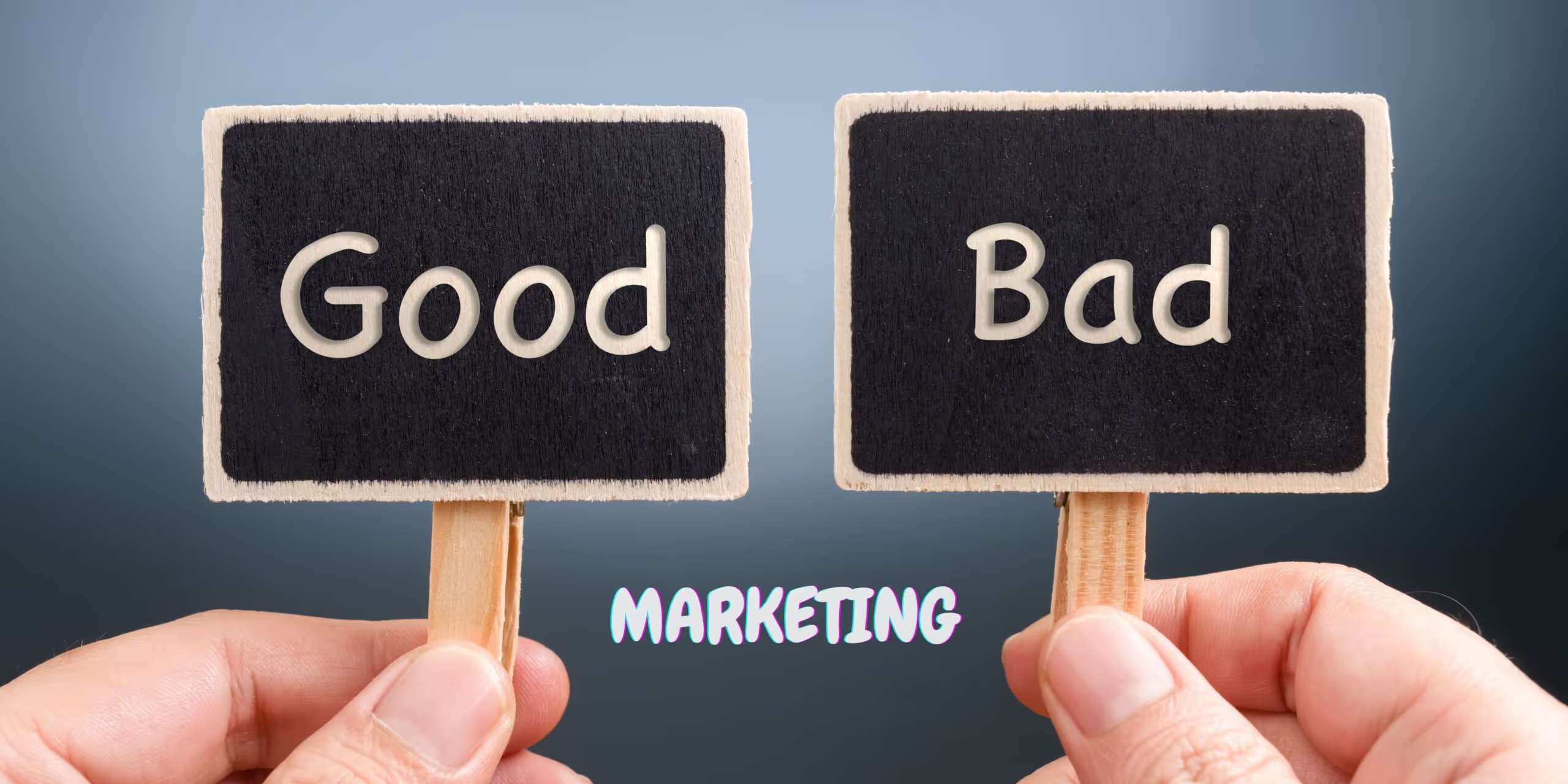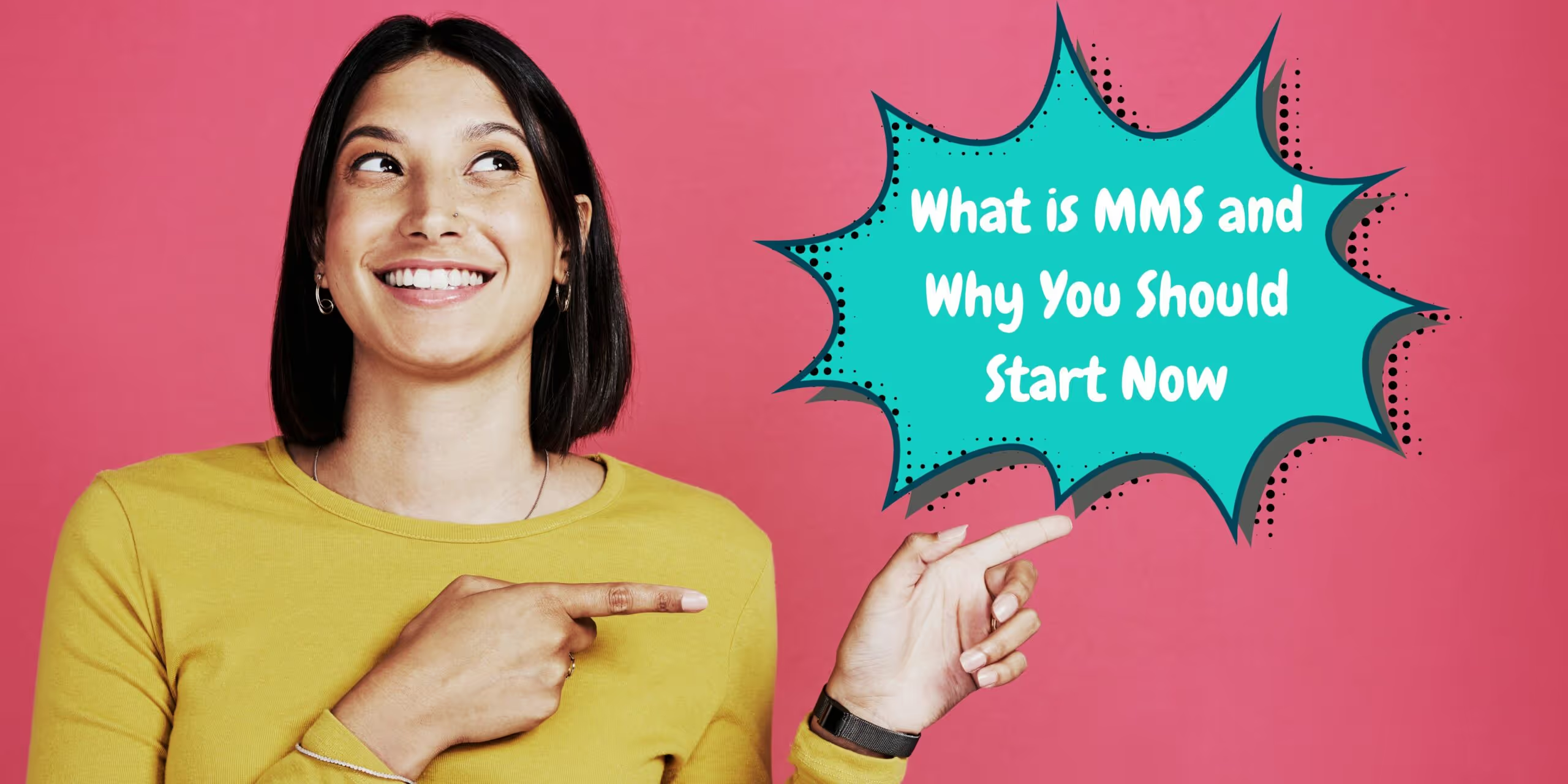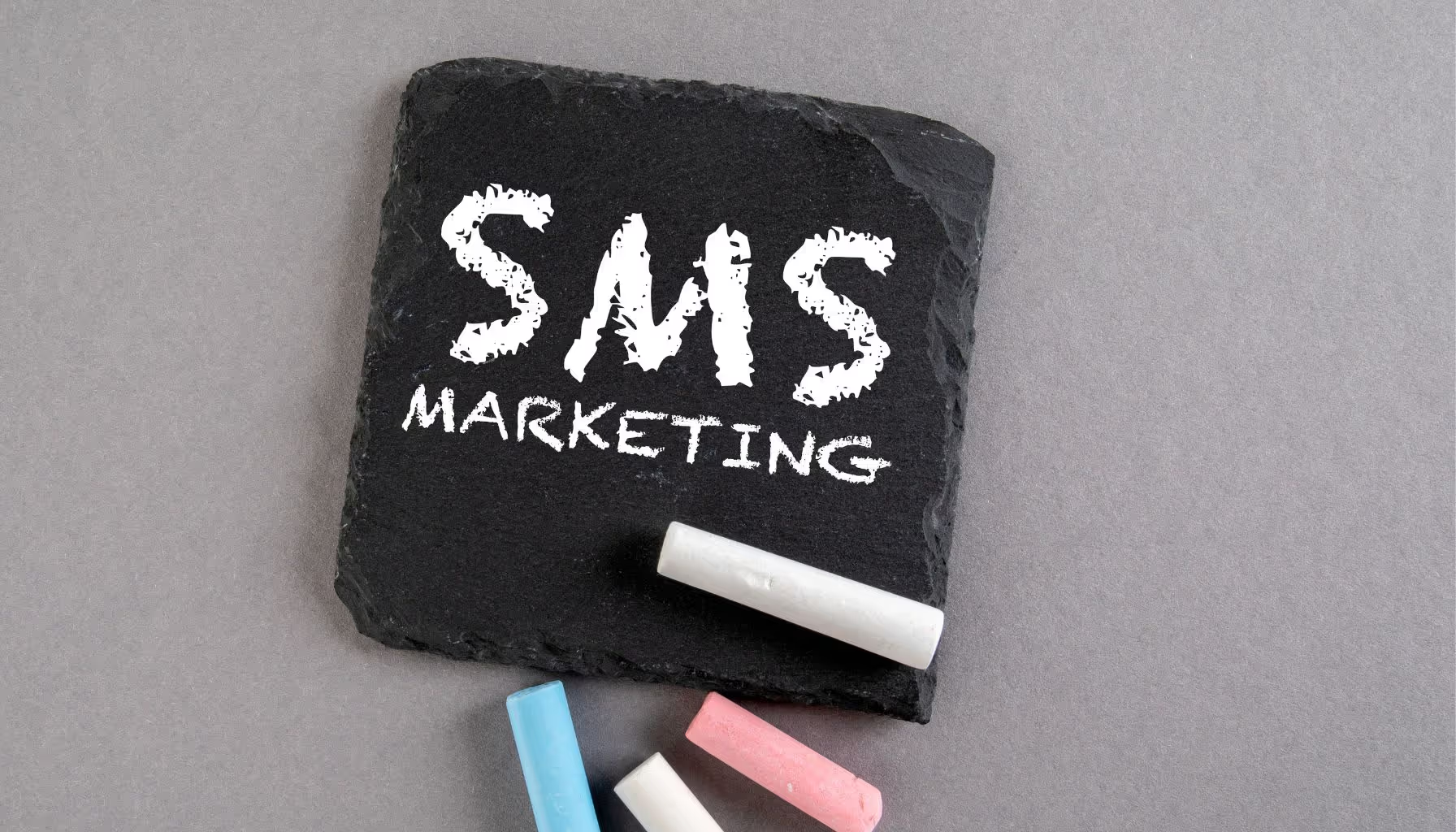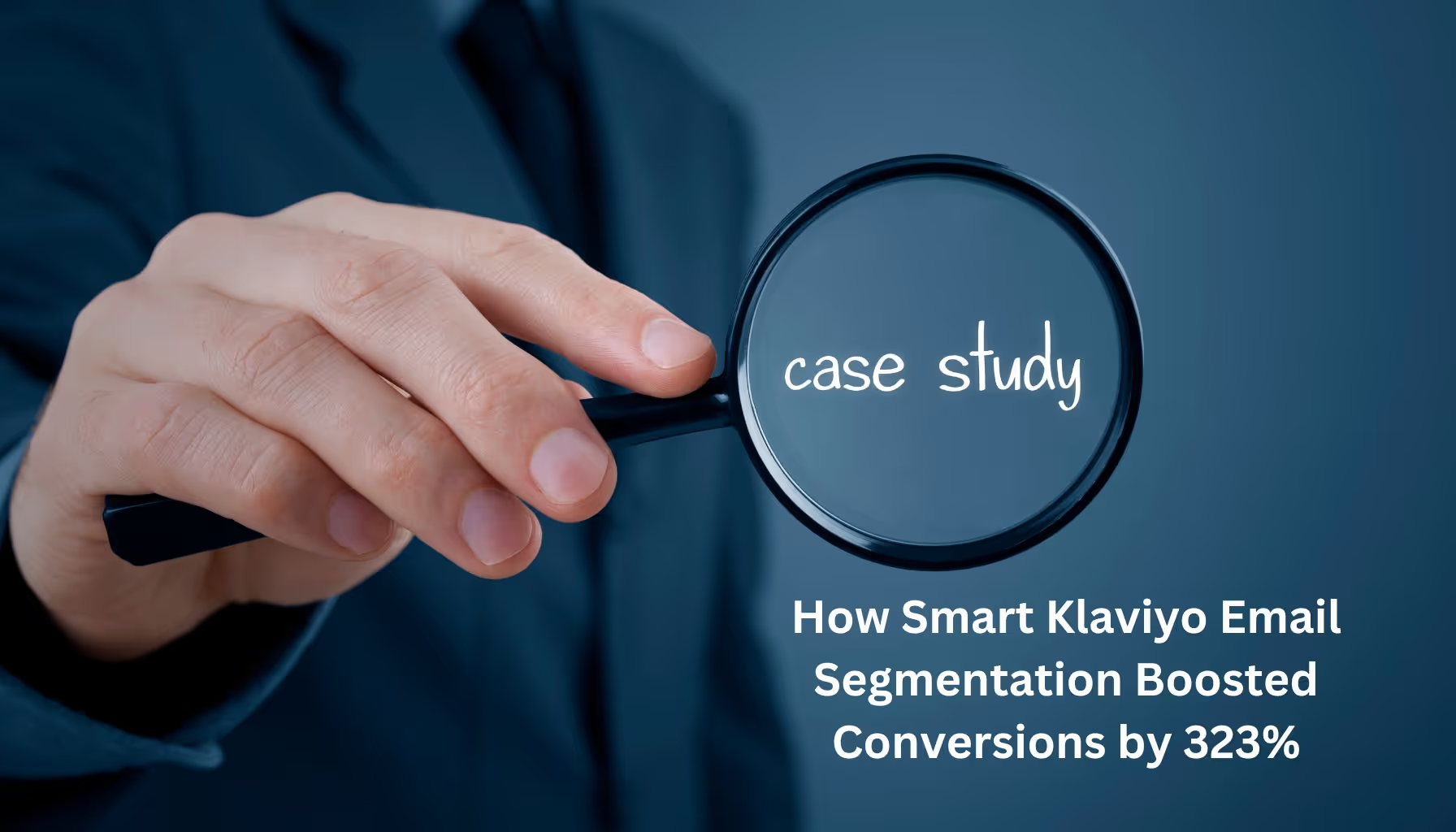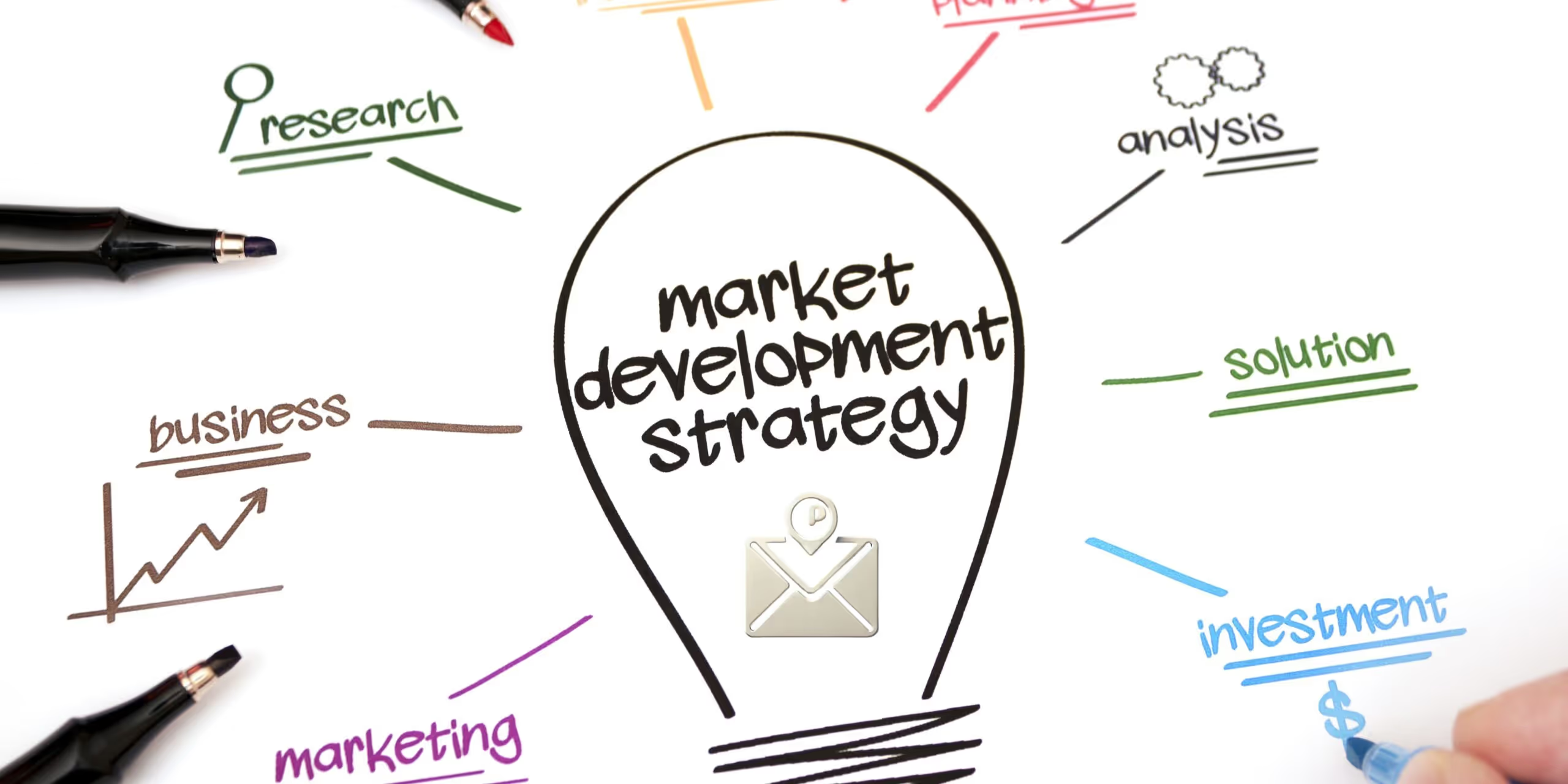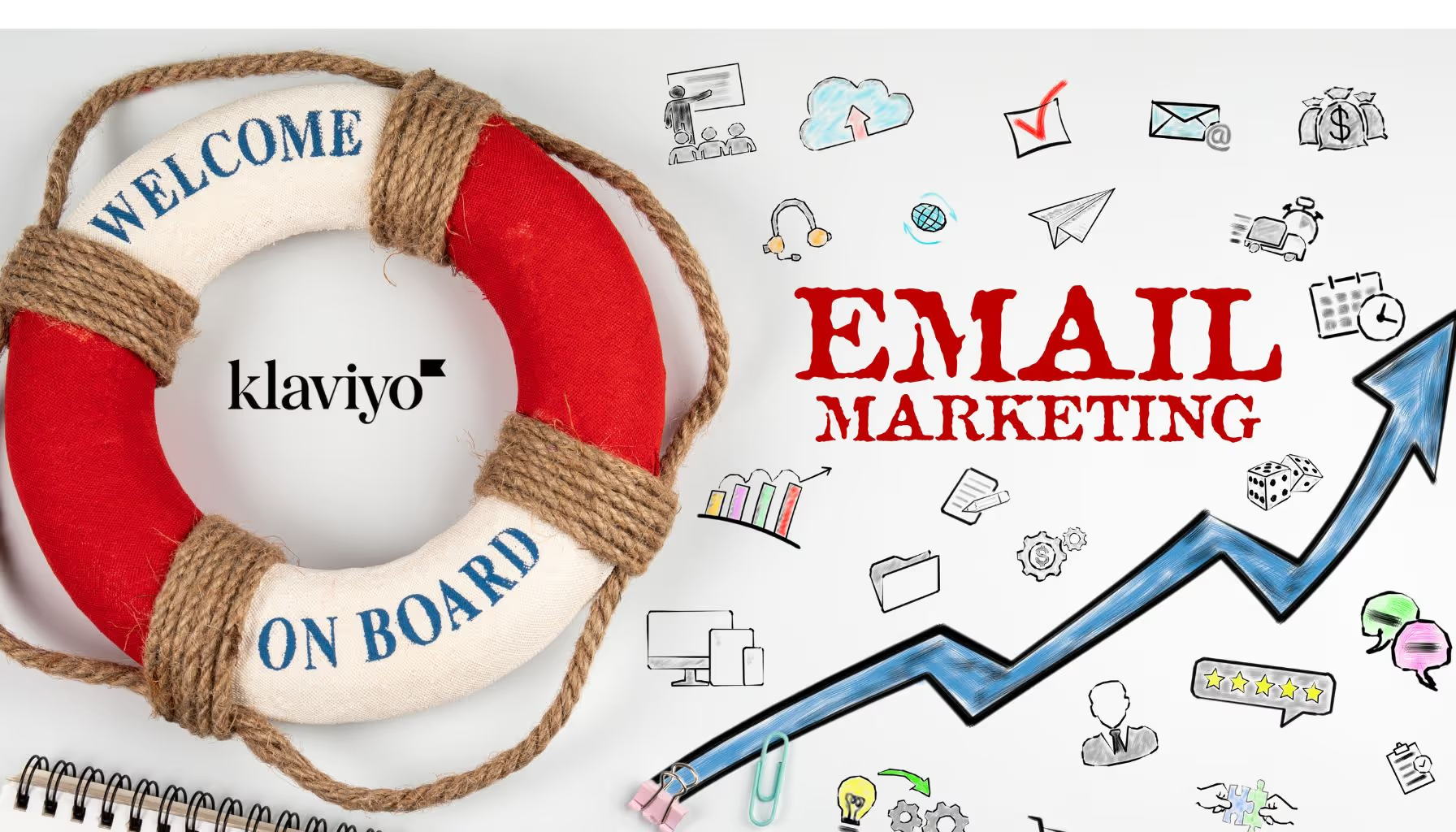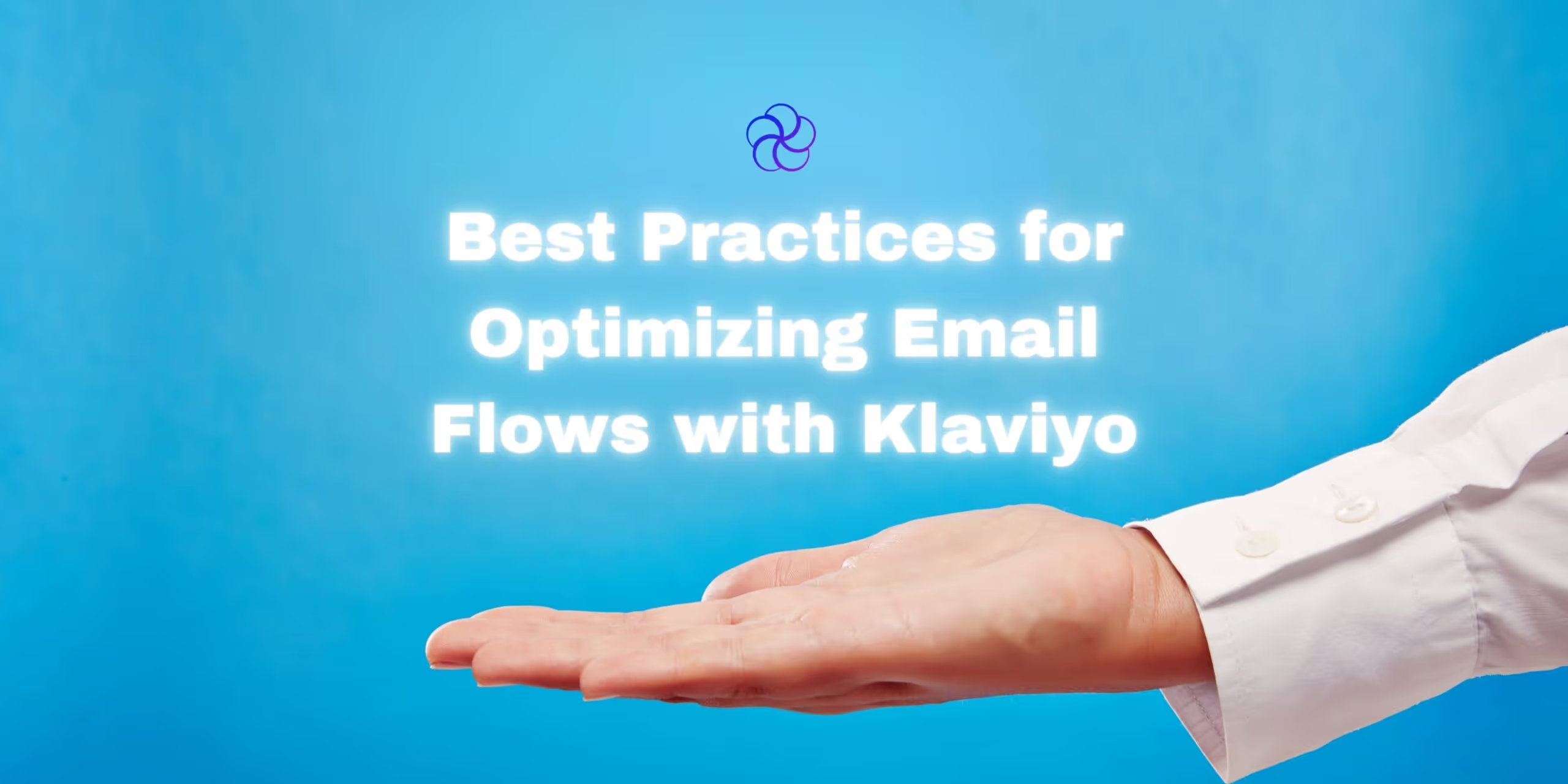Glossary
| Term | Definition |
|---|---|
| Email Newsletter | A regularly scheduled email sent to subscribers with updates, tips, or promotions. |
| CTA (Call-to-Action) | A prompt that encourages readers to take a specific action, such as clicking a link. |
| Segmentation | Dividing your audience based on behavior, demographics, or purchase history. |
| Personalization | Tailoring emails with individual subscriber data to increase relevance. |
| Open Rate | Percentage of recipients who open an email. |
| Click-Through Rate (CTR) | Percentage of email recipients who click on a link within the email. |
| Responsive Design | Design that adapts to multiple screen sizes and devices. |
| Buyer Persona | A semi-fictional profile representing your ideal customer. |
Introduction
Email newsletters remain one of the most cost-effective and impactful marketing tools available. With the right strategy, they don’t just sell—they connect. But in an inbox full of noise, only the smartest, most intentional newsletters rise above the rest.
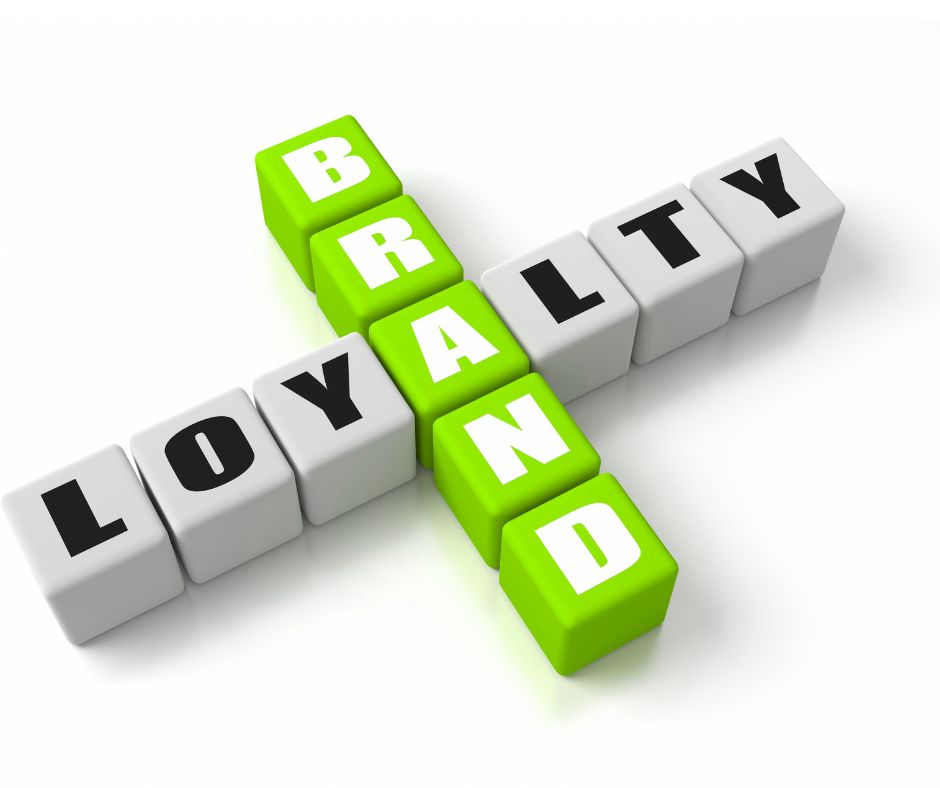
This guide dives deep into how to craft, segment, and optimize email newsletters that build customer loyalty, boost engagement, and drive consistent revenue.
1. Know Your Audience: The Foundation of Loyalty
Creating newsletters without knowing who you’re speaking to is a recipe for low engagement. The most effective email marketers treat their lists like personal relationships.
How to Understand Your Audience:
| Source | Insight Gained |
|---|---|
| Past Campaign Data | Clicks, opens, and purchase behavior |
| Website Analytics | Popular content and products viewed |
| Customer Surveys | Preferences, feedback, and motivation |
| Social Media Insights | Demographic and interest trends |
Pro Tip: Build detailed buyer personas using this data and write as if you’re emailing just one of them.
2. Subject Lines That Cut Through the Noise
With over 120 emails hitting inboxes daily, subject lines determine whether your message is seen or trashed.
Characteristics of a Strong Subject Line:
- Short (under 50 characters)
- Specific (highlight value)
- Curiosity-driven (ask questions or tease benefits)
- Personalized (use name, location, or behavior)
Examples That Work:
| Approach | Subject Line Example |
|---|---|
| Urgency | “Last chance: Your 20% off expires at midnight” |
| Personalization | “Still thinking about those sneakers, James?” |
| Curiosity | “You’ve never seen skincare like this” |
| Value-driven | “3 ways to save time in your morning routine” |
3. Create Irresistible Content Your Audience Wants
Email is personal. Your content should feel like a conversation, not a pitch.
What to Include:
- Educational content (how-tos, guides)
- Exclusive offers (VIP-only discounts)
- Customer stories and testimonials
- Product highlights and recommendations
Best Practices:
| Tip | Benefit |
|---|---|
| Keep paragraphs short | Improves readability |
| Use bullet points | Helps users skim content |
| Include high-quality visuals | Increases engagement and retention |
| Tell stories | Builds connection and memorability |
Content Mix Suggestion:
| Email Type | Purpose | Example |
|---|---|---|
| Educational | Build authority | “How to layer your skincare correctly” |
| Promotional | Drive conversions | “Weekend Sale: Up to 40% Off” |
| Community-Focused | Foster engagement | “Meet the founder: Our story so far” |
4. Segmentation and Personalization: The ROI Engine
Blanket emails are dead. Smart segmentation makes every message relevant.
Segment Ideas:
| Segment | Email Strategy |
|---|---|
| First-time buyers | Welcome flow + education |
| Cart abandoners | Reminder + product benefits |
| VIP customers | Exclusive perks and early access |
| Seasonal shoppers | Product launches tied to calendar events |
Tools to Use: Klaviyo, Mailchimp, Omnisend
Personalization Tips:
- Use dynamic product blocks based on browsing history.
- Include location-based offers.
- Mention the subscriber’s name or order history.
5. Optimize for Mobile (Because That’s Where They Read It)
With over 60% of emails opened on mobile, responsive design isn’t optional.
Mobile Optimization Checklist:
- Use single-column layouts
- Keep font sizes above 14px
- Make CTAs thumb-friendly and large
- Compress images for faster load times
Pro Tip: Test your emails in multiple clients (Gmail, Apple Mail, Outlook) and devices.
6. Drive Action with Crystal-Clear CTAs
Every email should guide your reader to one clear action.
CTA Best Practices:
| CTA Type | When to Use | Example CTA Text |
|---|---|---|
| Promotional | Sale or product launch | “Shop Now” |
| Educational | Lead magnet or blog link | “Read More” |
| Loyalty / Referral | VIP or refer-a-friend | “Claim Your Points” |
| Feedback / Survey | Post-purchase or NPS request | “Tell Us What You Think” |
Placement Tip: Use multiple CTAs—top, middle, and bottom of your email.
7. Consistency Builds Recognition and Trust
Why It Matters:
- Keeps your brand top-of-mind
- Builds anticipation and familiarity
- Reinforces brand identity visually and tonally
Suggested Schedule:
| Frequency | Use Case |
|---|---|
| Weekly | Product-based brands, trend-driven |
| Bi-weekly | Service-based or content-heavy brands |
| Monthly | Seasonal product brands or B2B |
Visual Tip: Maintain consistent use of fonts, color palettes, and voice.
Key Metrics to Monitor
| Metric | Why It Matters |
|---|---|
| Open Rate | Reflects subject line effectiveness |
| CTR | Measures engagement and content relevance |
| Conversion Rate | Tracks actual revenue from campaigns |
| Unsubscribe Rate | Alerts you to list fatigue or irrelevant content |
| Bounce Rate | Ensures list quality and deliverability |
Pro Tip: Run regular A/B tests on subject lines, CTAs, and send times.
Frequently Asked Questions
1. How often should I send newsletters to my audience?
It depends on your brand. Weekly or bi-weekly is common. The key is consistency.
2. How can I grow my email newsletter list?
Use pop-ups, lead magnets, giveaways, and social media promotions to capture emails.
3. What’s the best time to send newsletters?
Test your audience. Generally, midweek mornings perform best, but data varies.
4. Should I send the same newsletter to everyone?
No. Segmented, personalized emails drive much higher open and conversion rates.
5. How long should a newsletter be?
Keep it concise: 150-300 words with clear headers, visuals, and 1–2 CTAs.
6. Which platforms are best for managing newsletters?
Klaviyo, Mailchimp, and ConvertKit are all strong options for eCommerce brands.
Final Thoughts
Email newsletters are more than just a digital bulletin—they’re one of your most powerful relationship-building tools.
Done right, they educate, sell, and create loyal fans who want to hear from you. By understanding your audience, personalizing your message, and showing up consistently, your newsletter can become the heartbeat of your retention strategy.
Need help taking your emails from average to unforgettable? Blossom Ecom builds full-funnel strategies, high-performing flows, and newsletter systems that scale.
Let’s create email experiences your customers actually want to read. Contact us today.
Need help implementing this?
Let us take the hassle of managing your email marketing channel off your hands. Book a strategy call with our team today and see how we can scale your revenue, customer retention, and lifetime value with tailored strategies. Click here to get started.
Curious about how your Klaviyo is performing?
We’ll audit your account for free. Discover hidden opportunities to boost your revenue, and find out what you’re doing right and what could be done better. Click here to claim your free Klaviyo audit.
Want to see how we’ve helped brands just like yours scale?
Check out our case studies and see the impact for yourself. Click here to explore.

Read Our Other Blogs
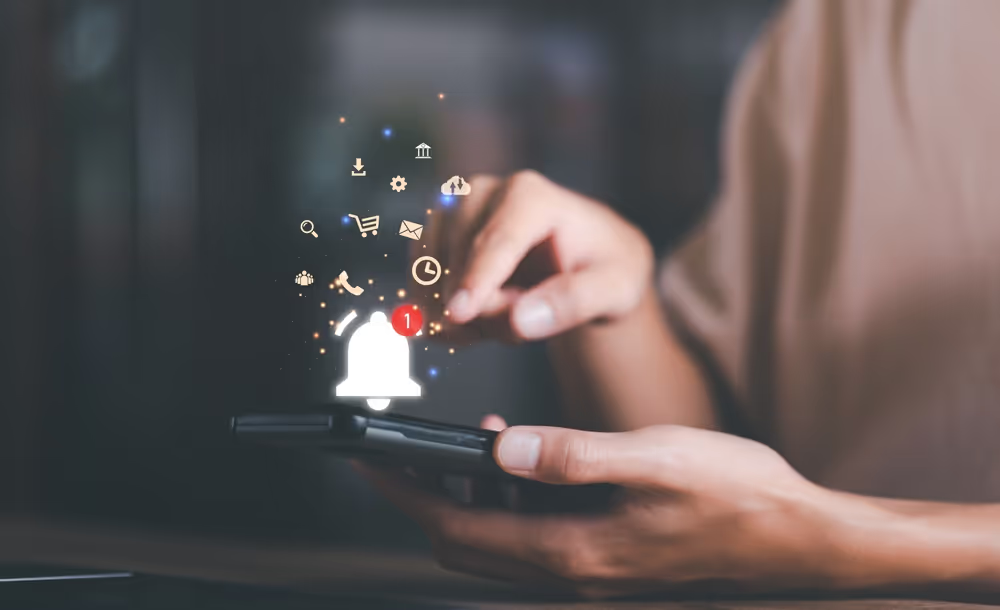
Personalizing Push Notifications for Better Retention Outcomes


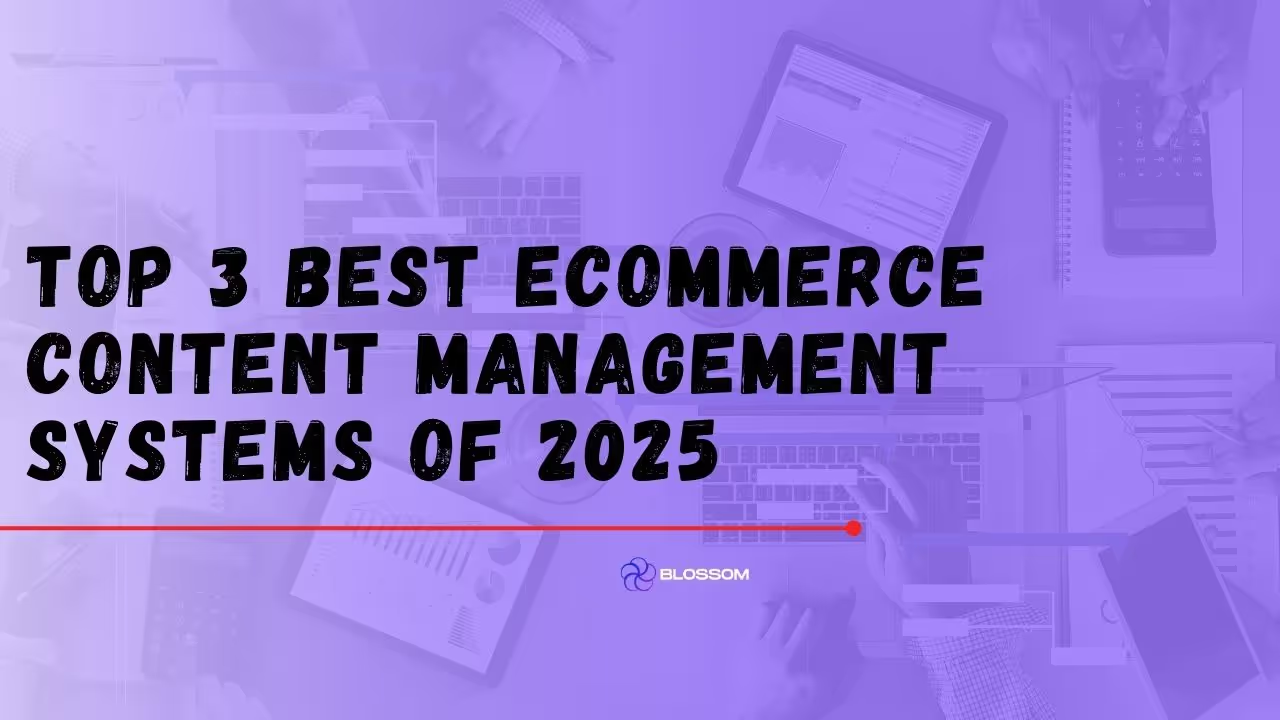
Top 3 Best eCommerce Content Management Systems of 2025


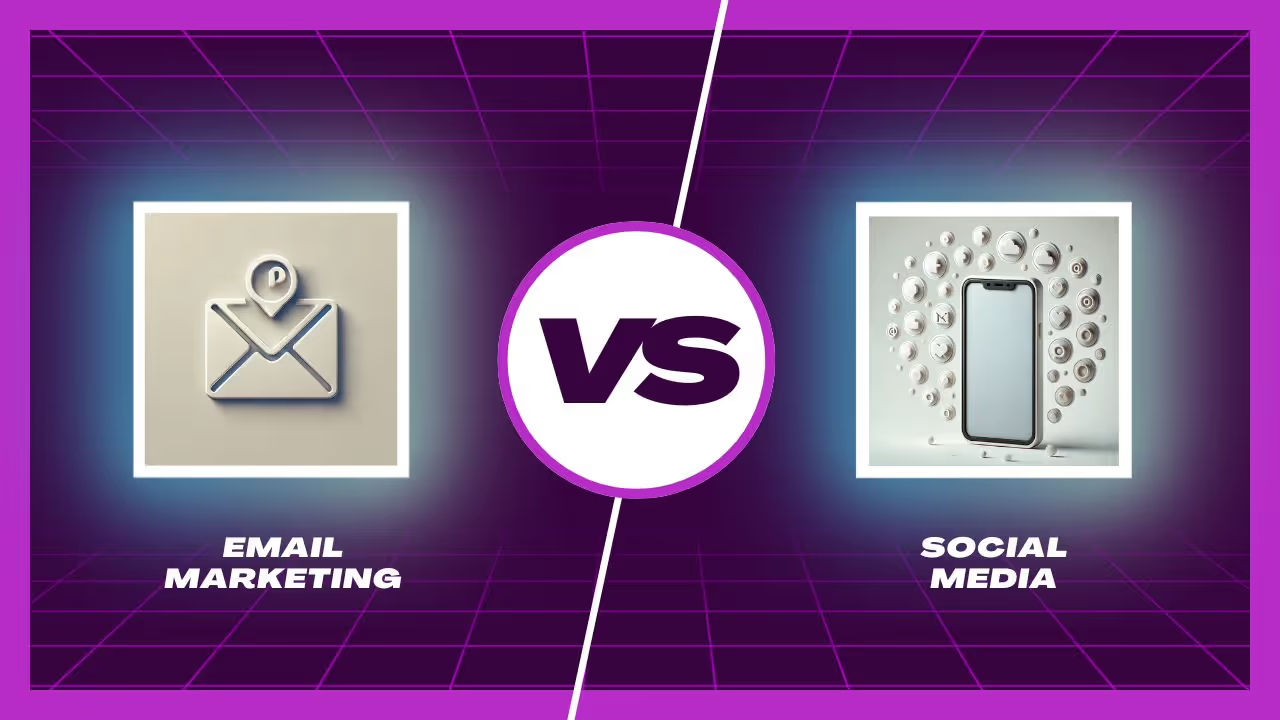
Email Marketing vs. Social Media: Which One Should Your Brand Focus On?




Not Sure Where to Start?
Let's find the biggest retention opportunities in your business. Get a free Klaviyo audit or retention consultation.



